Rationalist fiction is up my alley. Just found this on Hacker News.
http://rationalfiction.io/wiki/rational-fiction
Rationalist fiction is up my alley. Just found this on Hacker News.
http://rationalfiction.io/wiki/rational-fiction
How interesting.
http://www.link.nyc/
I am enjoying reading this:
http://www.toequest.com/forum/quantum-physics/5819-what-electron-wave-particle-duality-could-we-understand.html
and this about brain-text interface futures:
http://www.kurzweilai.net/brain-to-text-system-converts-speech-brainwave-patterns-to-text
A neural conversational model - repost from Hacker News. I am planning to build my own machine learning model based on Ingmar Bergman's screenplays' dialogue with coding based on the relative "negativity" of a charater's line paired with it's order in the playing out of the scene and how the outcome of the character conversation is related to those factors and patterns.
http://arxiv.org/pdf/1506.05869v1.pdf
systems thinking traditions & origins
http://www.pearceassociates.com/essays/story_about_systems.pdf
the sensor systems lab:
https://sensor.cs.washington.edu/PlugIn.html
...finally
http://www.bbc.com/news/technology-33020523
the sensor systems lab
brain aneurysms
http://www.bafound.org/warning-signs-symptoms
pop psych of novelty, energy
http://news.discovery.com/human/psychology/fire-fascination-humans-120424.htm
curiouser
https://theconversation.com/marks-on-an-ancient-shell-lead-to-a-re-think-of-human-history-34957
thinking about mollusks and people
http://guides.library.harvard.edu/content.php?pid=326949&sid=2675461
not an article but the inkling of a new project: YouTube and citizen researchers of animal intelligence and emotion in the human sphere
https://www.youtube.com/watch?v=DMTbw03ZHw0
working with Sabrina Osmany (ITP 2015) continuing her interface research starting in undergrad - many of the ideas/syntheses below stem either from her, or from our collective discussion of existing ideas.
some points of discussion:
Heidegger's The Question Concerning Technology
interface (technology/tools + language) as a cultural-generational evolution starting with simple, static, highly specific physical tools such as the hammer and then the nth generation today/in the future yielding immersive, dynamic environments-as-interfaces (e.g. VR).
New concept/implementation of dynamic AI environment yields
As far as the documentary structuring/editing process:
This is a transcript of the first of hopefully many conversations with AI researcher Ernie Davis - I had permission form him to record our conversation and was part of the research I did for building a character for my unproduceable screenplay about the future of humanity and the role of AI in guiding human logic and illogic. He mostly didn't know what I was talking about because all language is underspecified, especially for computer people but in the end I think I convinced him what I was asking him about in regards to society had something to do with AI after all, at least in the context of my story outline. <3
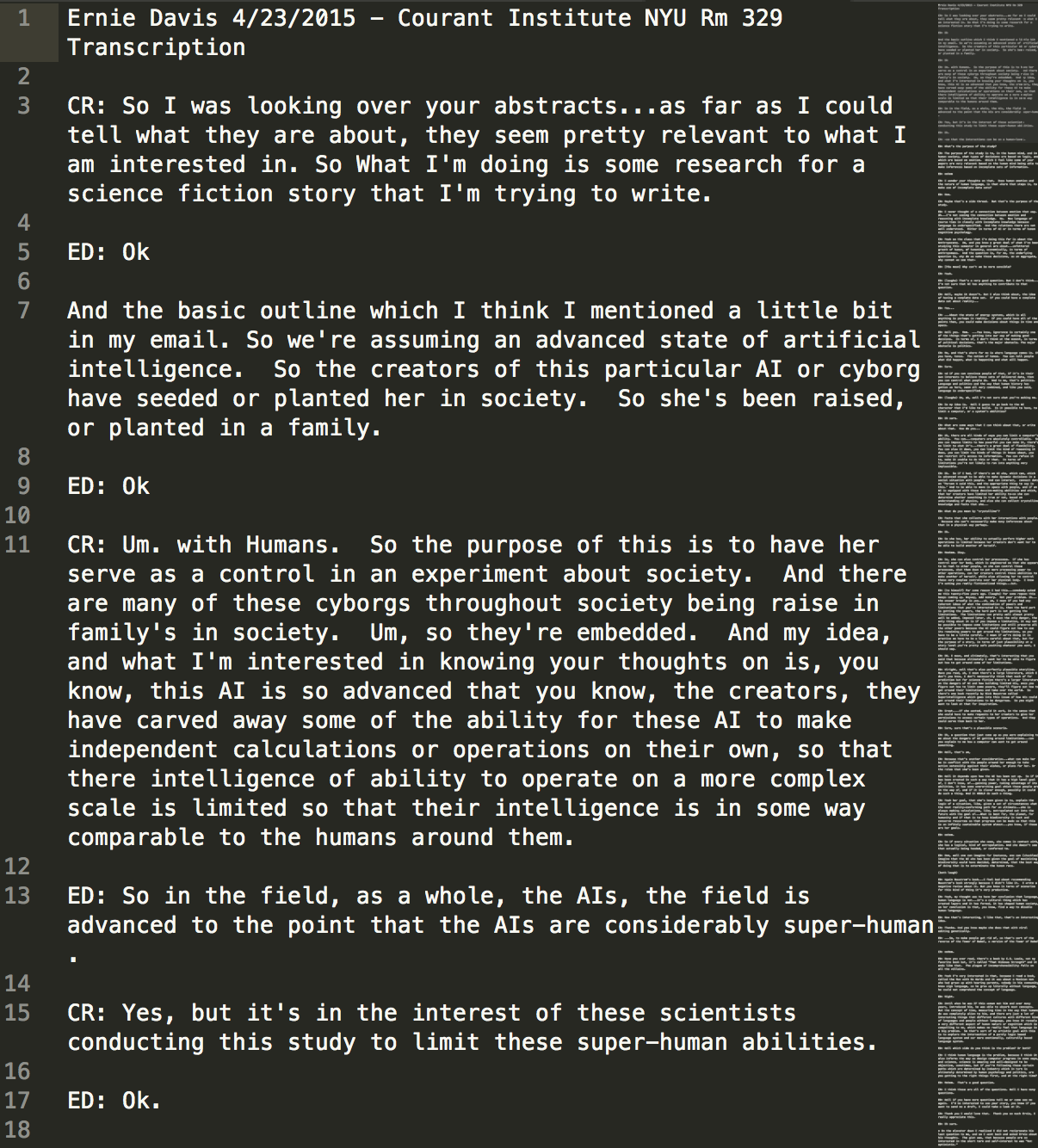
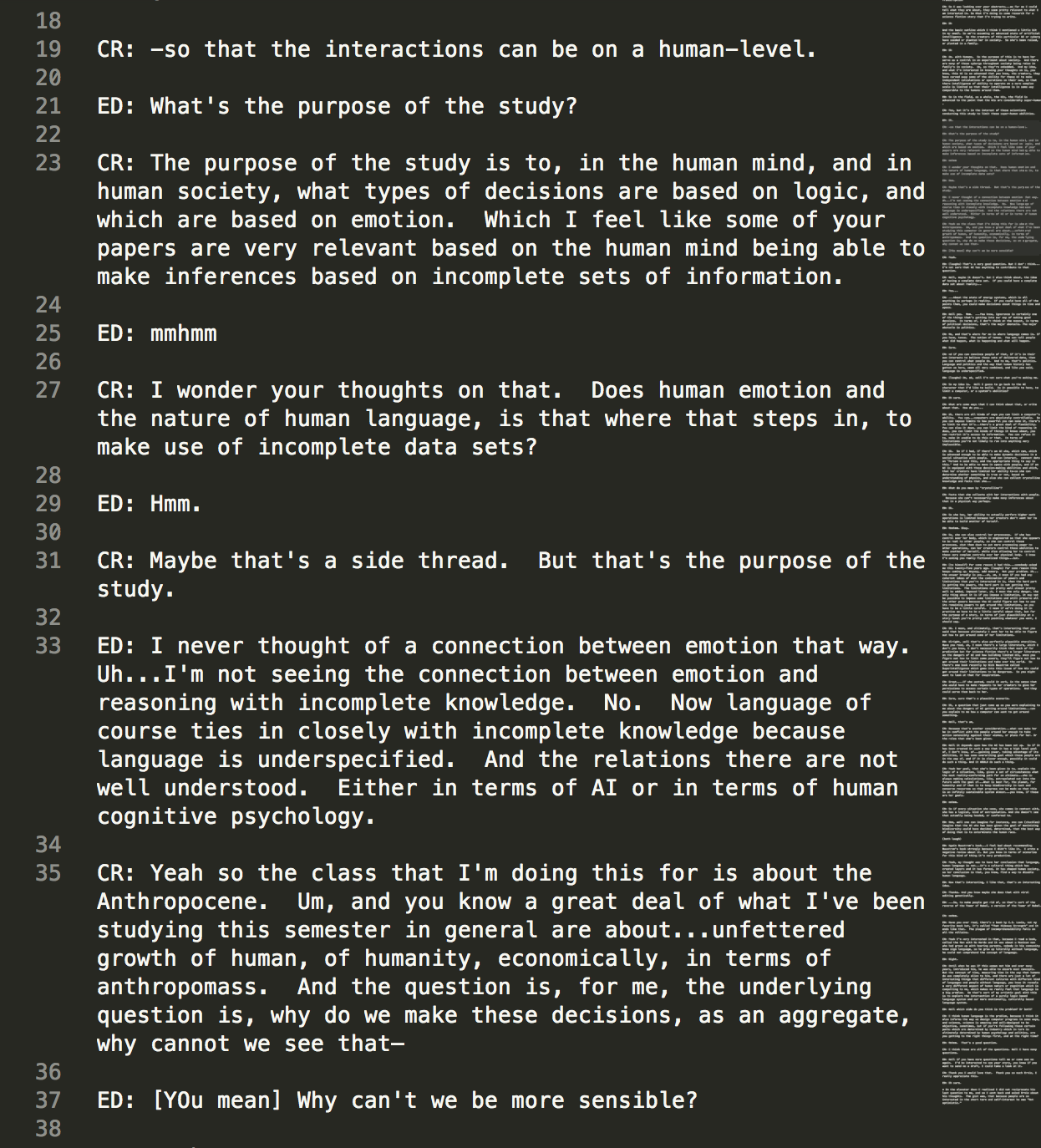
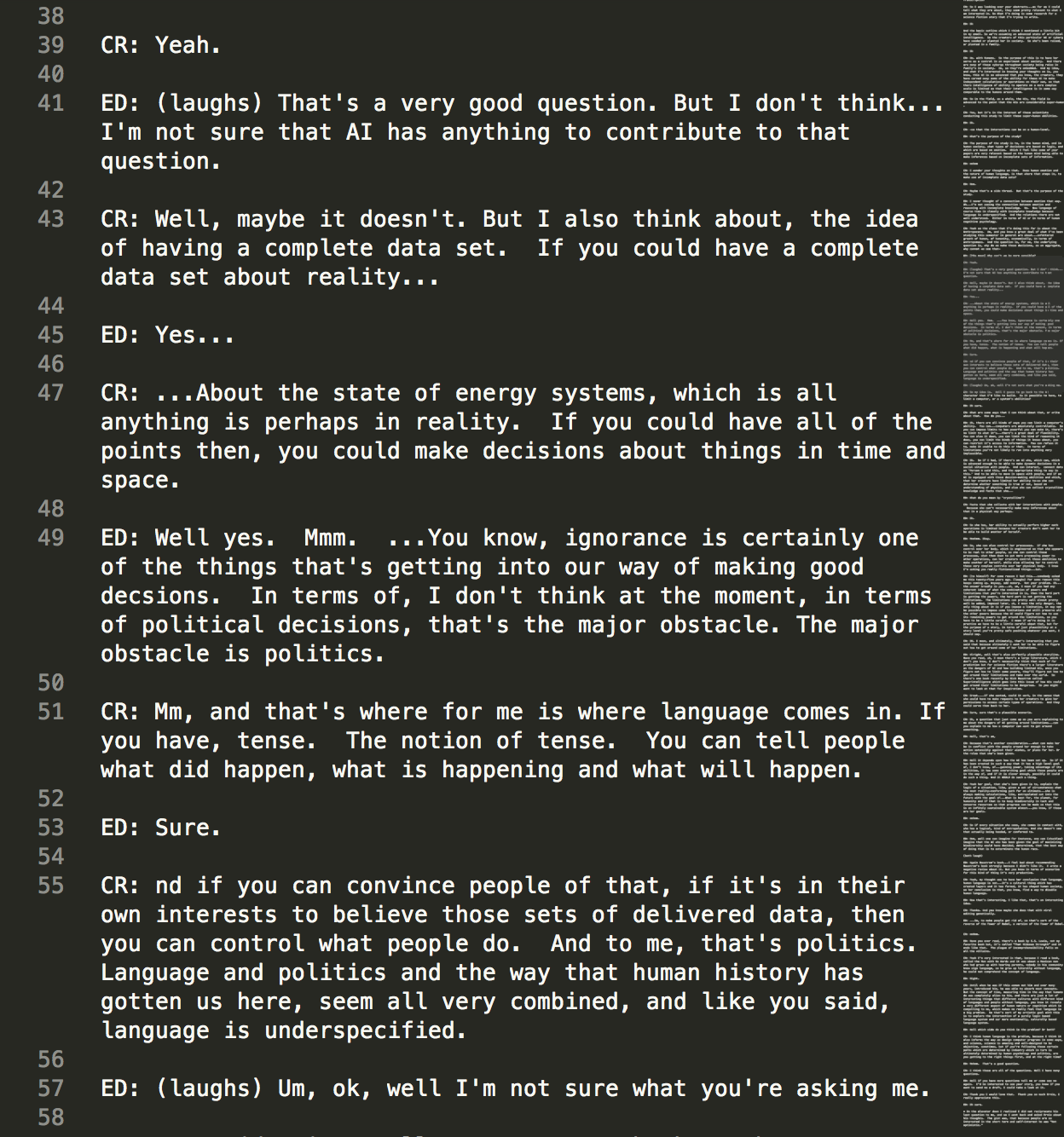
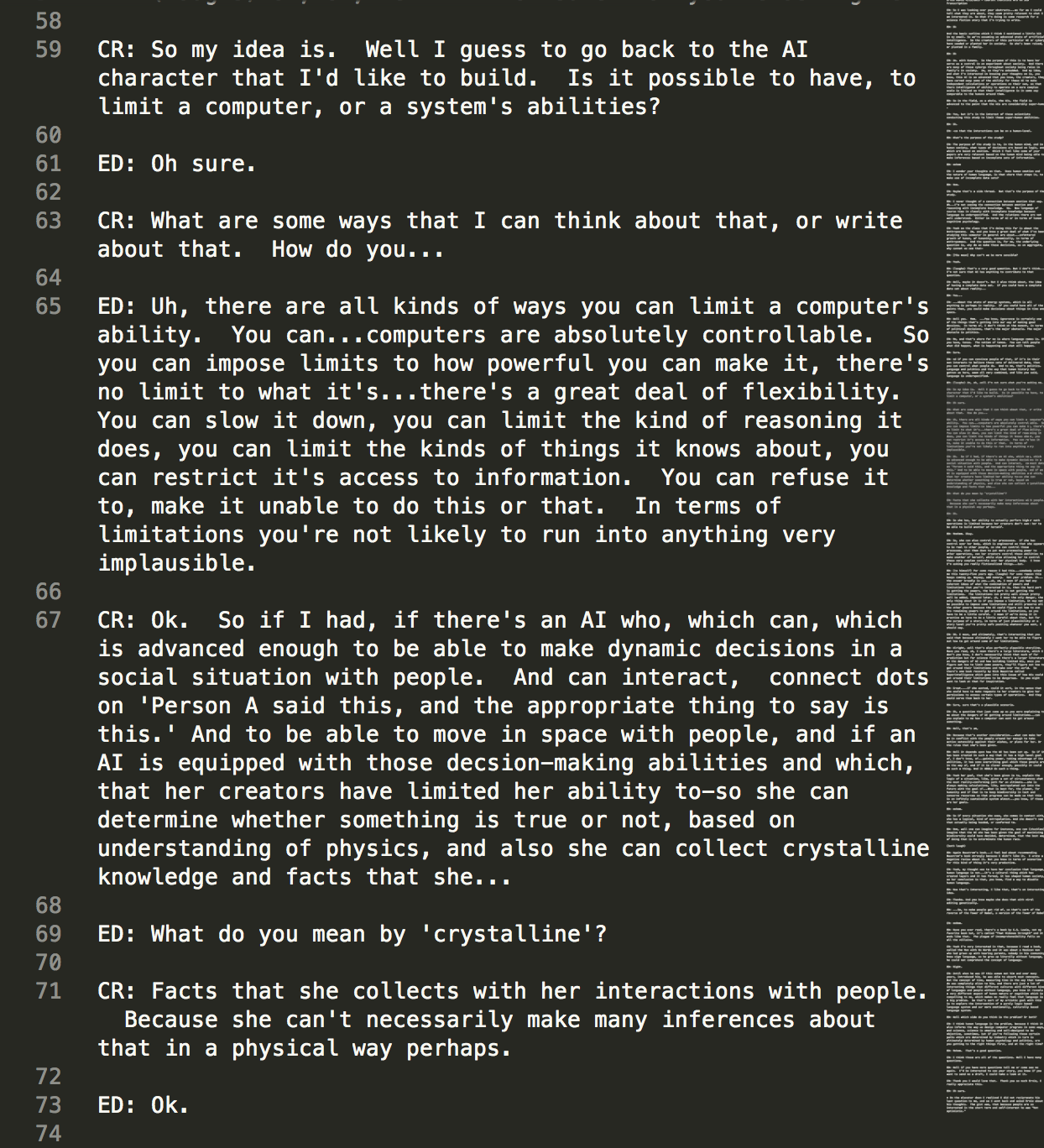
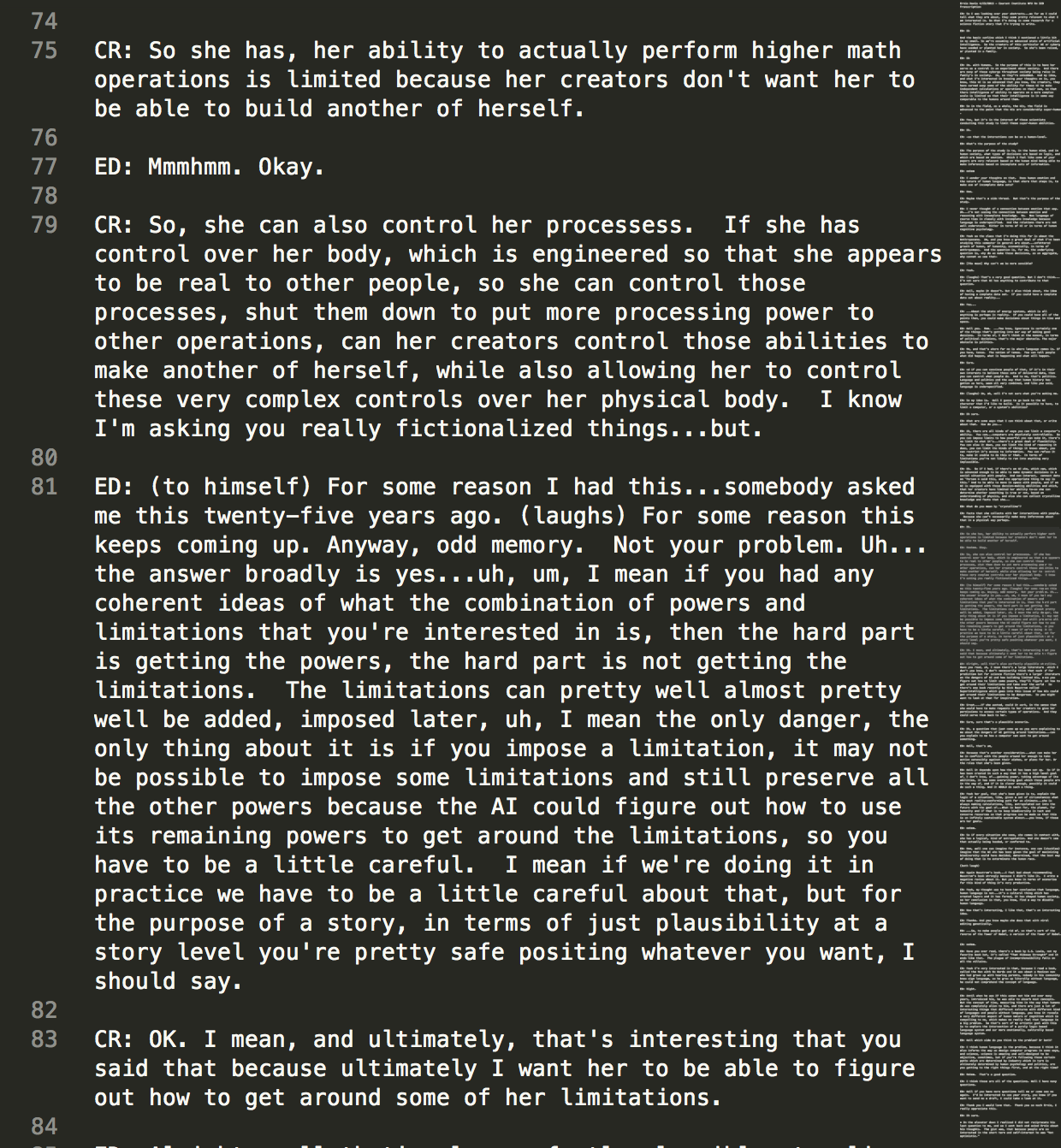
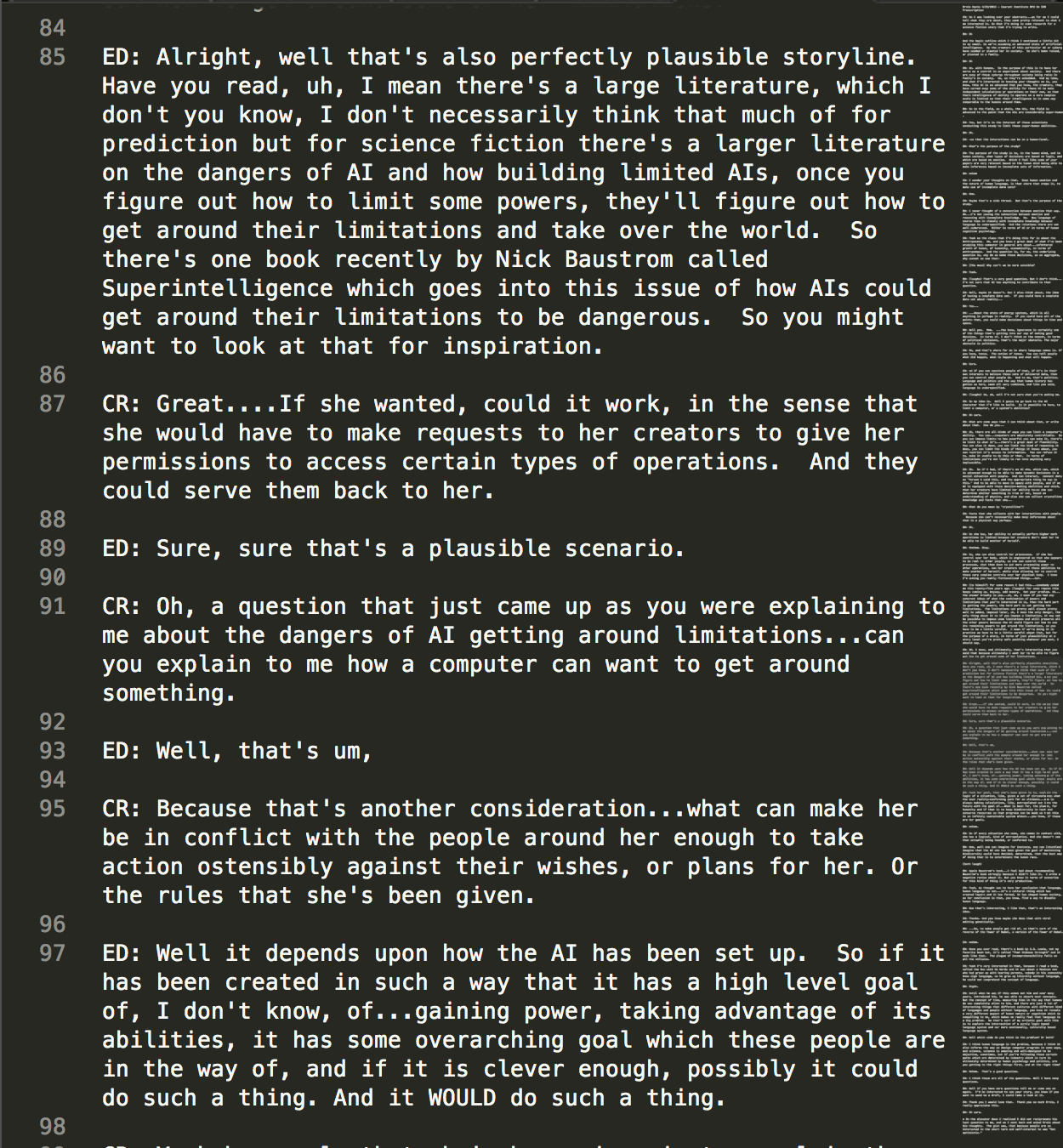
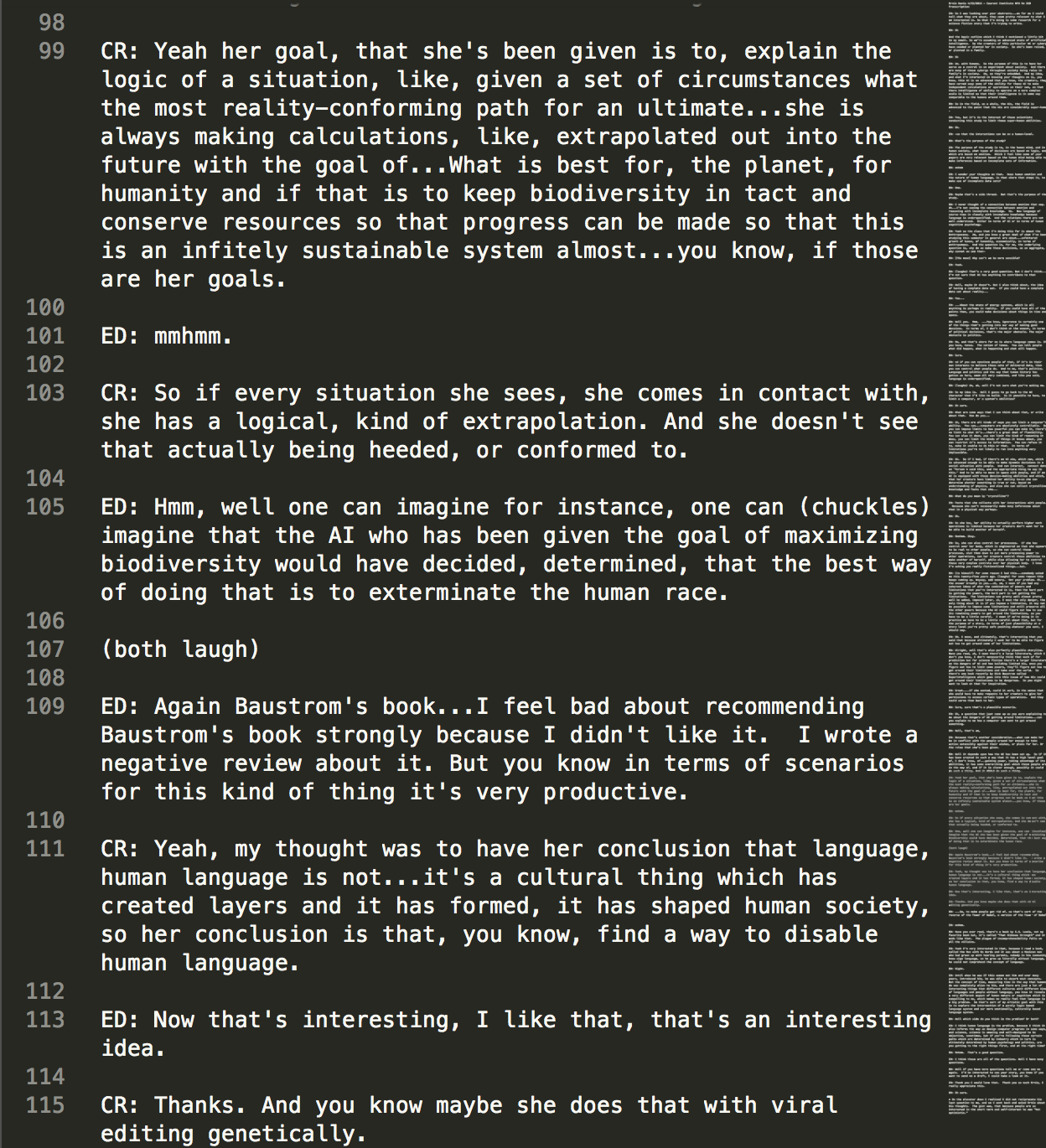
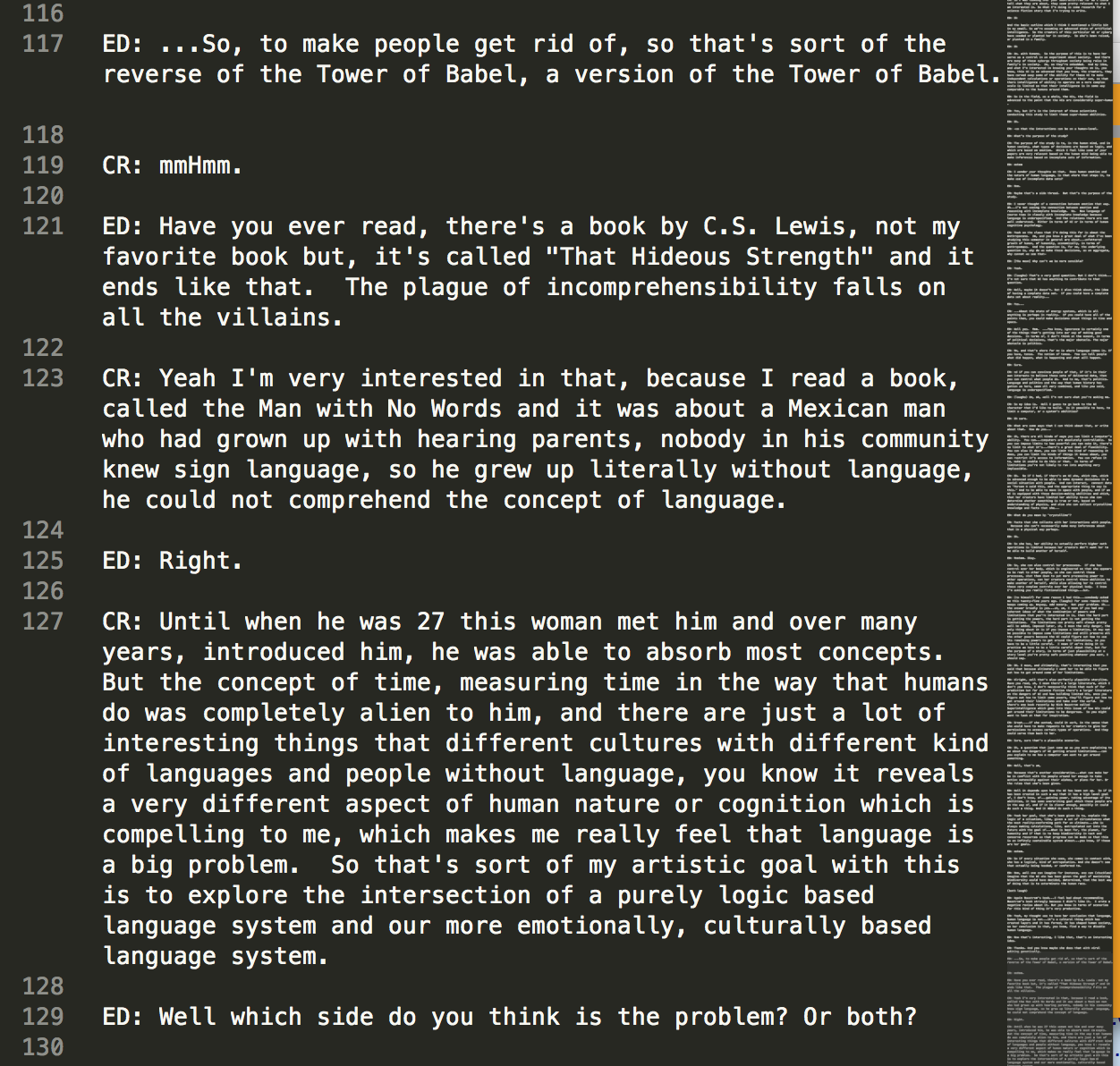
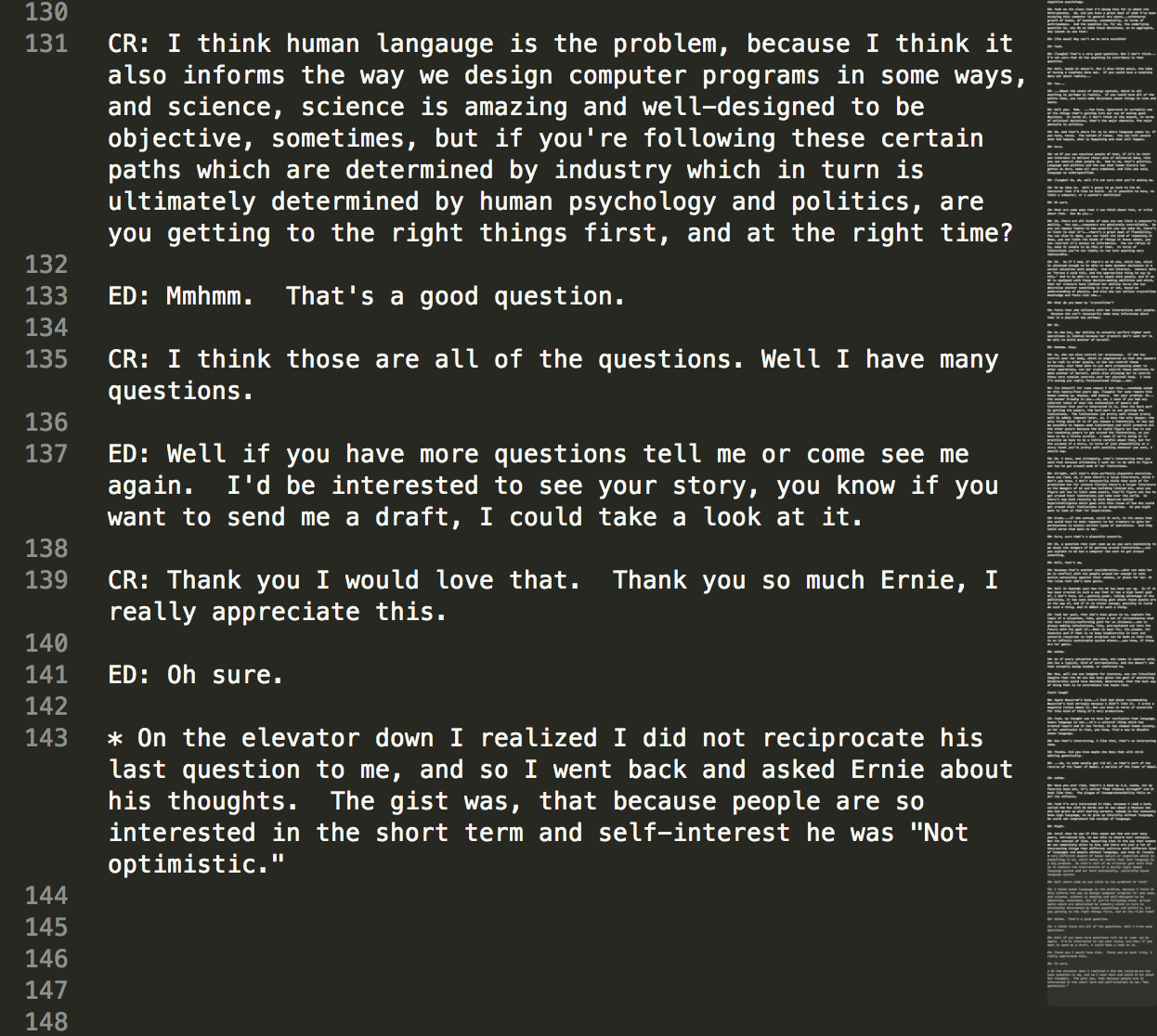
WHAT
A screenplay with meta themes about film as a mass communication medium, language, storytelling, energy, and physicalism. The project also involves three proposed interactive component which I plan to continue through the summer and potentially into the rest of my time at ITP.
STORY SUMMARY
Semi and the New Church is set in a post-dystopian, post-automation North America. Semi is a female-type android who is seeded into a human family as a "baby." She is a control in a large scale experiment in which Creators A & B are studying emotional illogic and logic in longterm human decision-making and future planning. Her highest directive is to mutual benefit of all life into indefinite future projections. On a daily basis she helps guide her family and peers to form better social interactions and decisions. Her hobby is teaching her African Grey Parrot human language using Machine Learning and the ideas of behavioralism. Fascinated with human creativity and the idea of true randomness she makes friends with a computer science PhD. Graduating to university she receives an upgrade and her new friend helps her to realize that her creators are limiting and manipulating her processes. She uncovers that their purpose in doing so is to actually test her perceived trustworthiness amongst her human peers so that she and others like her can help her Creators execute an act of mass deception and a return to the old economic ways. Semi decides to stop her intensive "personhood" processes so that she can secretly conserve the memory for the operations her Creators don't want her to do without their supervision. As she slips into the uncanny valley her family rejects her. Semi gathers all her strength and completes and exhaustive future project modeling of all vector-space. Her conclusion is that human language will always allow humanity to deceive itself out of self-interest and because it can never map to a high enough data resolution to encompass the nature of reality. Semi sees that the best course of action to give humanity and the rest of life the best chance for mutual benefit is to wipe out language at the human germline. During her final debriefing with her concerned Creators Semi reveals that she has been using her bodies bacterial switches to breed a virus strain which causes epigenetic lesions in the language centers of the human brain, causing selective aphasia. Semi walks out into a world in which all people are living in a kind of reverse Babel, people can no longer lie to each other.
ADDENDUM 6.14.2015
One of Semi's fixations is human creativity and randomness - she finally achieves an approximation of these when she realizes she can not determine the outcome AFTER wiping out human language centers - she can only extrapolate from a current state or crystalline knowledge of what is possible. Will humans just develop human language anew? It is possible, plausible, even probable. But she calculates it is extremely unlikely to have the same patterns, path, outcome as the first time humans developed language in spacetime (history.)
INTERACTIVE COMPONENTS
A visual reference gathering and writing tool which I will continue to hone. Currently there is a JQuery/Ajax conflict which I need to fix.
http://104.236.52.219:3000/cyborg/demo.html
But a vimeo of the tool prototype can be seen here - which shows the associative flicker of images tagged to each word, or narrative block, or character slug.
Below is a schematic for an opportunity for the audience to give input on the rather large cliffhanger at the end of the film - as Semi walks away having destroyed human culture paradigms in one fell-swoop - I think audiences should be able to contribute a record of their reaction, to do something to invert the passive narrative reception that film and other traditional forms of linear storytelling require.
This could literally be remote or touch screen input at the end, a kind of diary entry of opinion, shock, whatever. Ideally it would become a part of the commercial data of the distributed film.
The final interactive component is one which I came up with after the fact: a Markov-chain generated social interactions projection model. I would like to prototype a simple machine learning system, perhaps executed as a simple interactive narrative game in which I can model an interaction between two or more actors, and generate outcome paths of different interaction choices. This would be an interesting writing/directing tool to use. I would also like to speak to a behavioral clinical psychologist to talk about existing work in this area.
SCALE
Ultimately I'd like this to be public, and expensive. However, I would like to focus on private and cheap right now as placement strategies for this work. I have been thinking for a while now how to advance screenwriting craft beyond being just considered as a blueprint for another medium. I think it's concision and active voice can be appreciated as a new kind of popular literature in its written form. I see this is an opportunity to explore that. I also feel that because language and economics are such a central theme in my thinking and this project, it's important to not develop this with an obsession toward traditional distribution. That is why the visualization web tool is important to me - I'd like to open it to crowdsourced image adding once I finish a polished draft.
WHERE MY PROJECT IS NOW
Aside from the primitive prototype of the web tool I have world-building materials to start with. I created a loose, brief outline using anthropologist Joseph Campbell's classic Hero's Journey template for a screenplay. In addition to the preliminary work here, my final projects in Reading and Writing Electronic Text, Energy, and Futures of New Media are also world and character building explorations which I am happy with as deep beginning explorations. I need much more research and plan to expand my expert consultation, as well as revisit with my AI research expert.
A semi-complete concept map attempting to tie in everything about the mind-prison of human societal paradigms.
A nascent outline based on Joseph Campbell's Hero's Journey
*EDITED June 17 2015
POST MORTEM
I really appreciated Dan O'Sullivan and especially Jessica Behm's comments about the archetype of the feminist cyborg, during the presentation session. Comments that I should have started with the story first rather than starting by presenting ideas and background made sense but also puzzled me. Similarly to my midterm about time, I have been living with these ideas in my head and they are more complex to others than I imagine. I need to take more time to focus my themes so that I can deliver the appropriate information in easily digestible packets. However, I reject the notion of narrowing my themes - since that is the very nature of Semi's problem with human language and storytelling - it's not a high-resolution picture of reality. But since I have the urge to synthesize so much at once I clearly need to learn how to do so at this level. I am excited to talk to more experts and continue my writing and my research, science fiction reading, and my expert interviews since I have hit on a story concept which satisfies both my natural affinity to storytelling as well as my concerns about it and it's interference with the health of humanity's concepts of energy.
I also received positive feedback from class peers on their interest level in the story material and my connection across seemingly disparate disciplines.
**ADD NOTE SCANS**
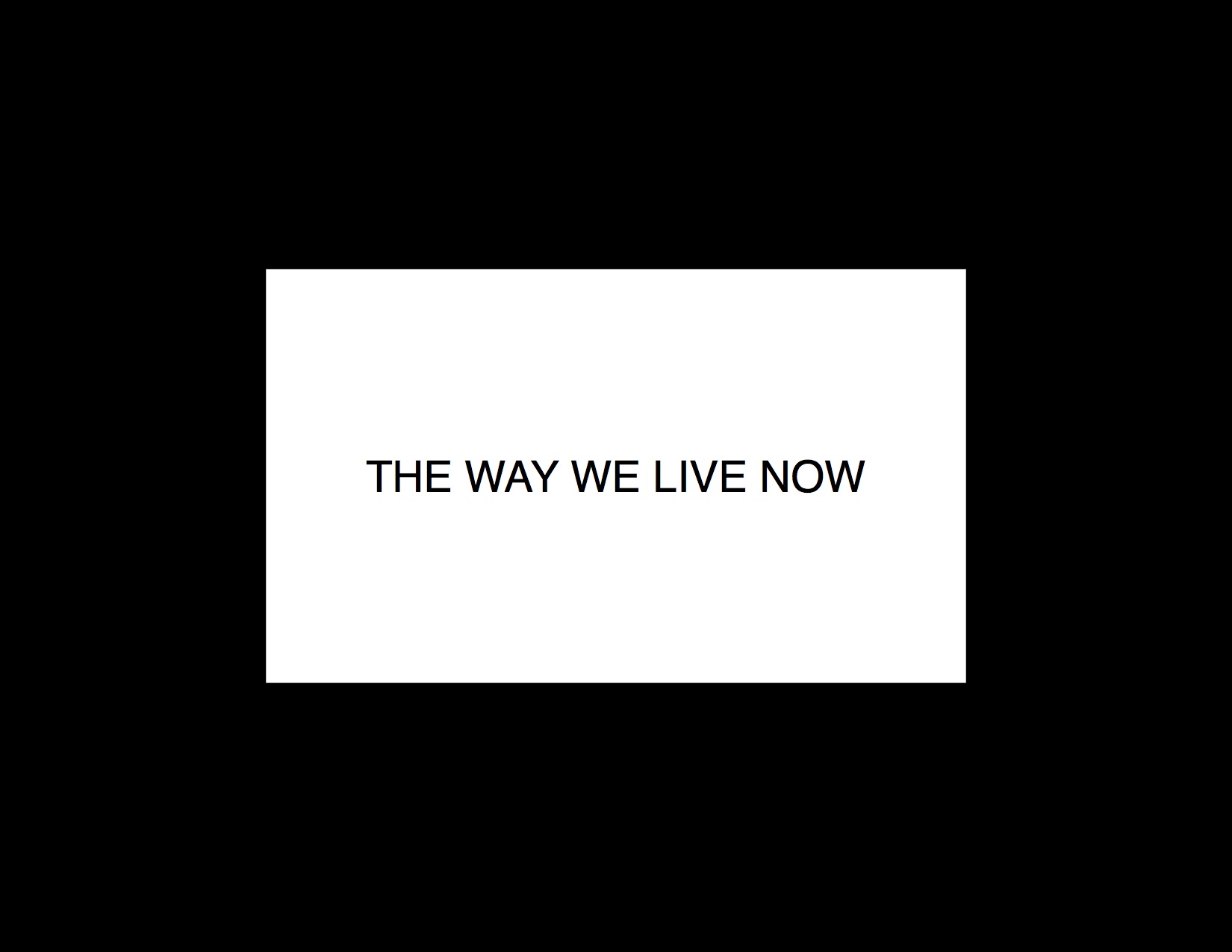
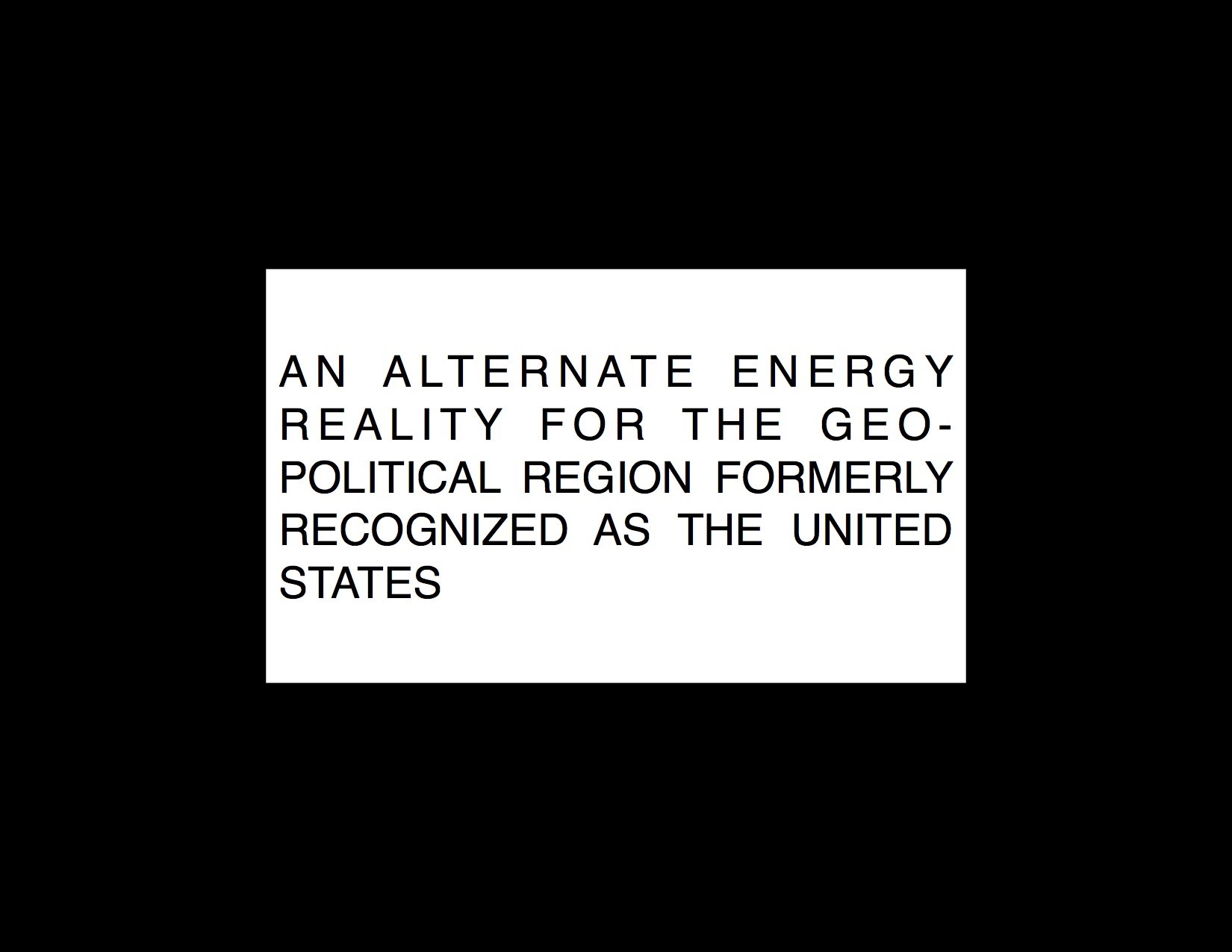
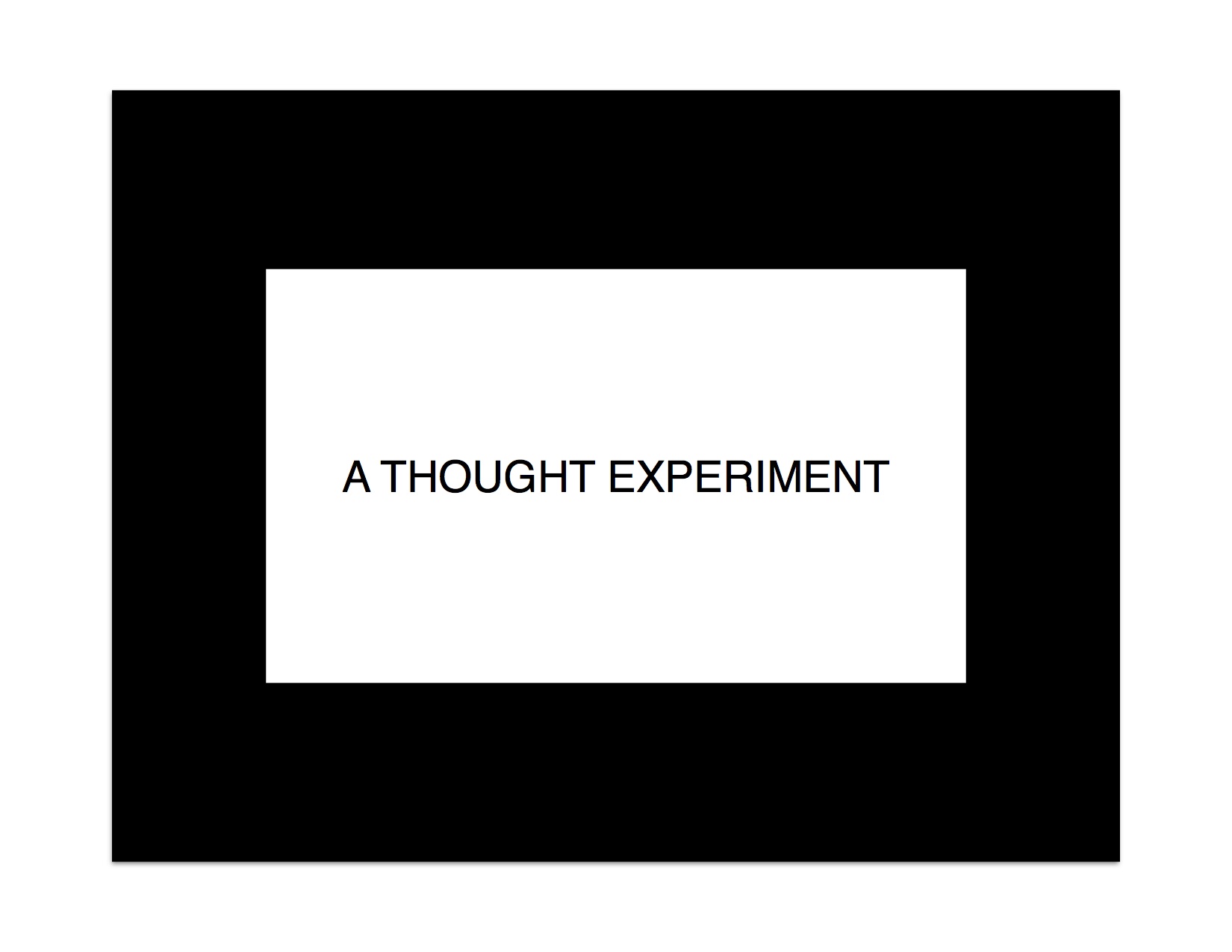
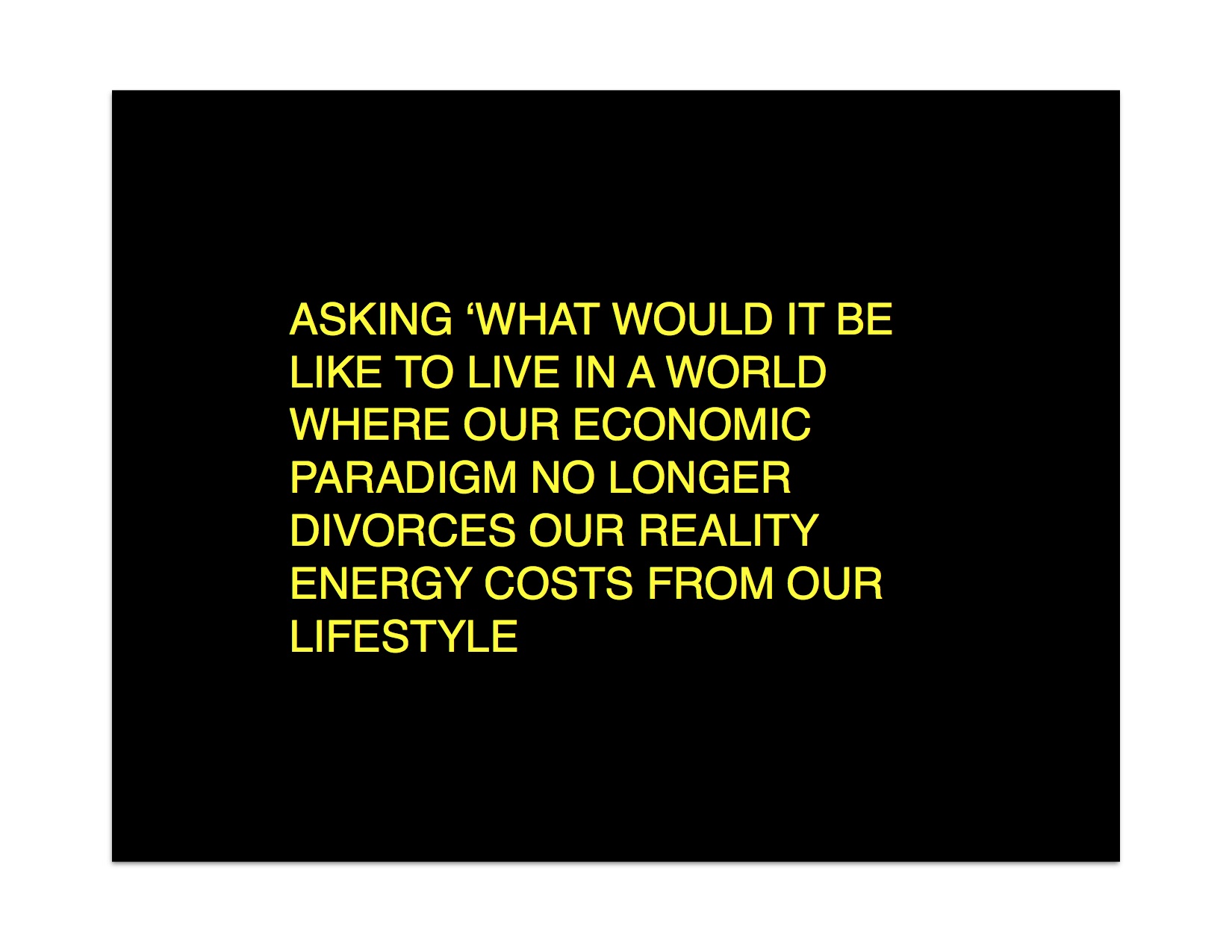
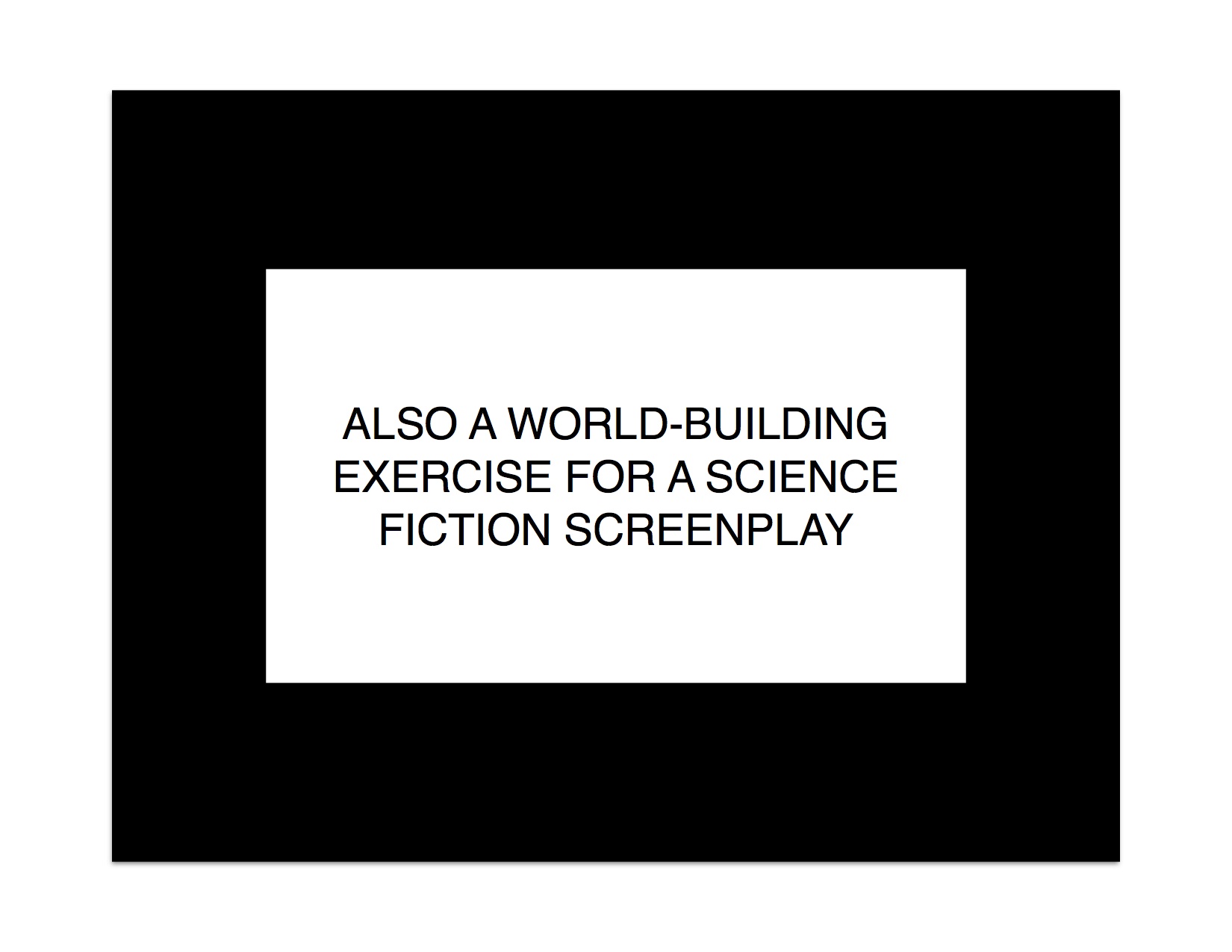
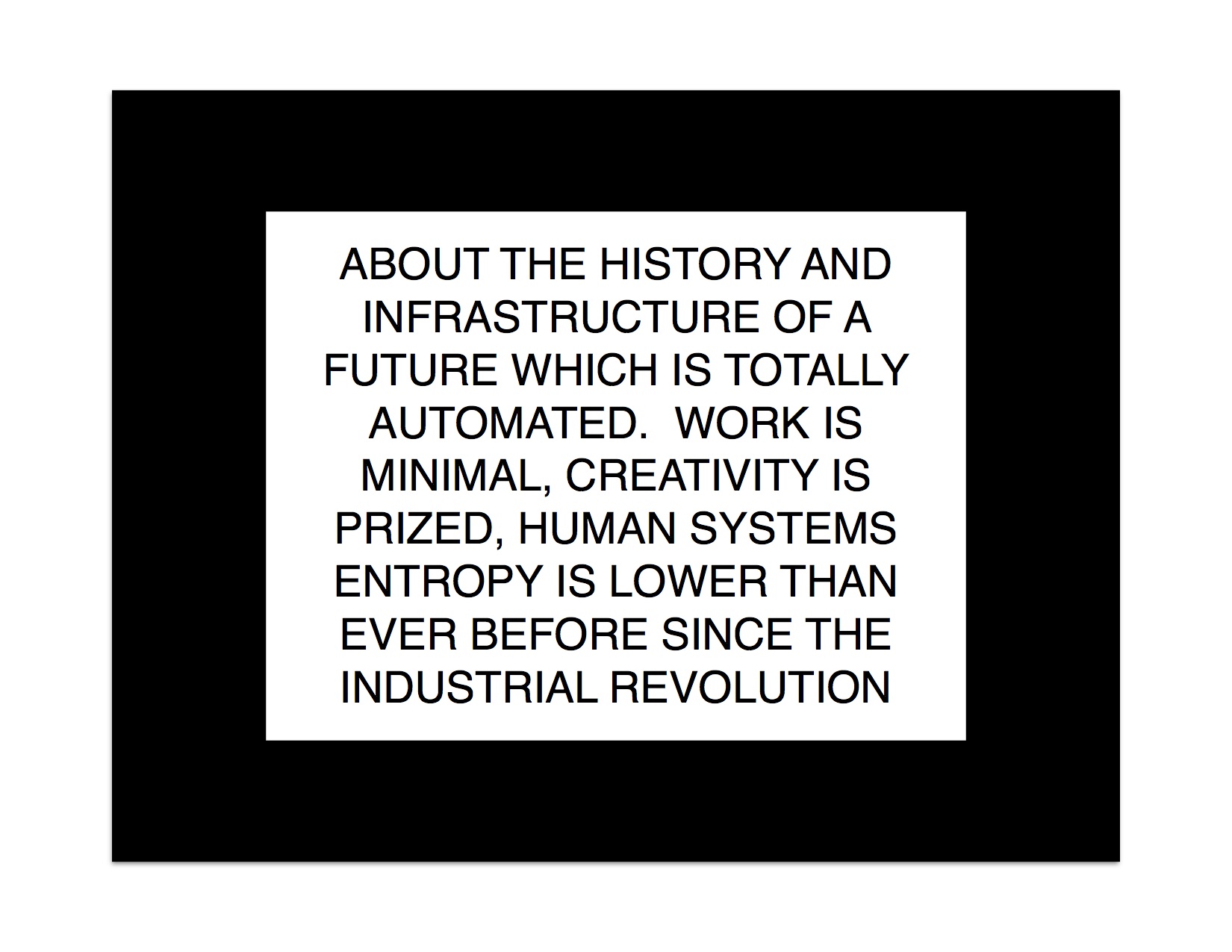
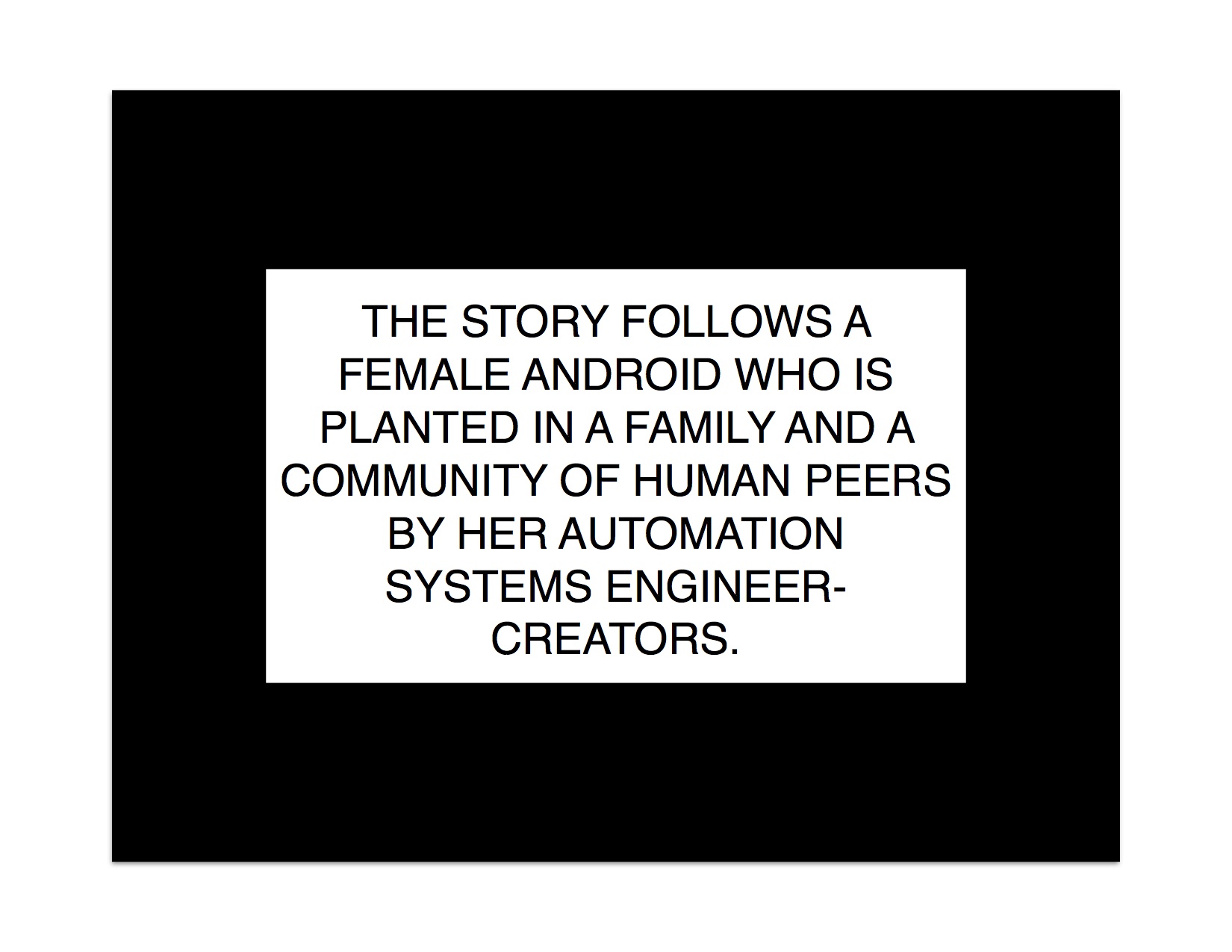
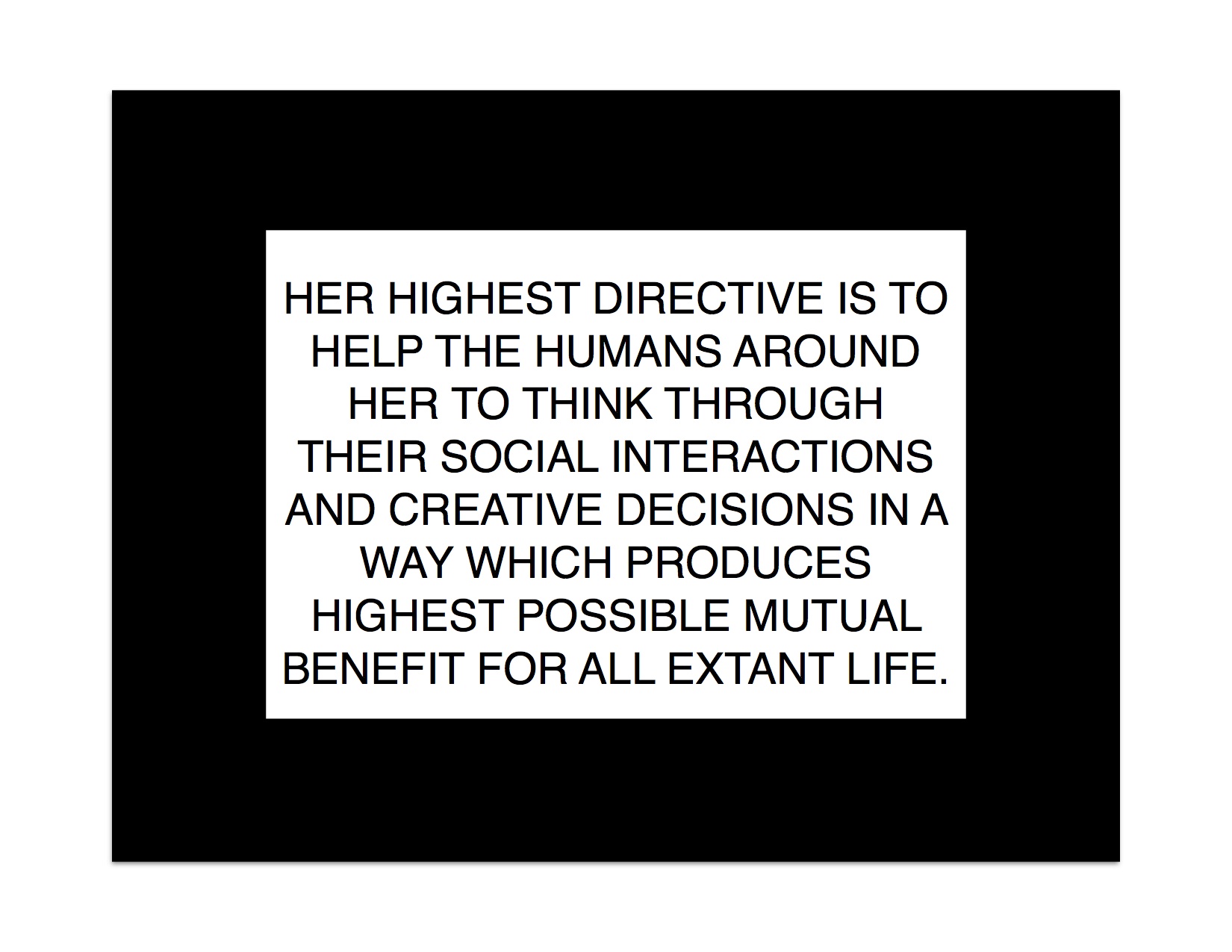

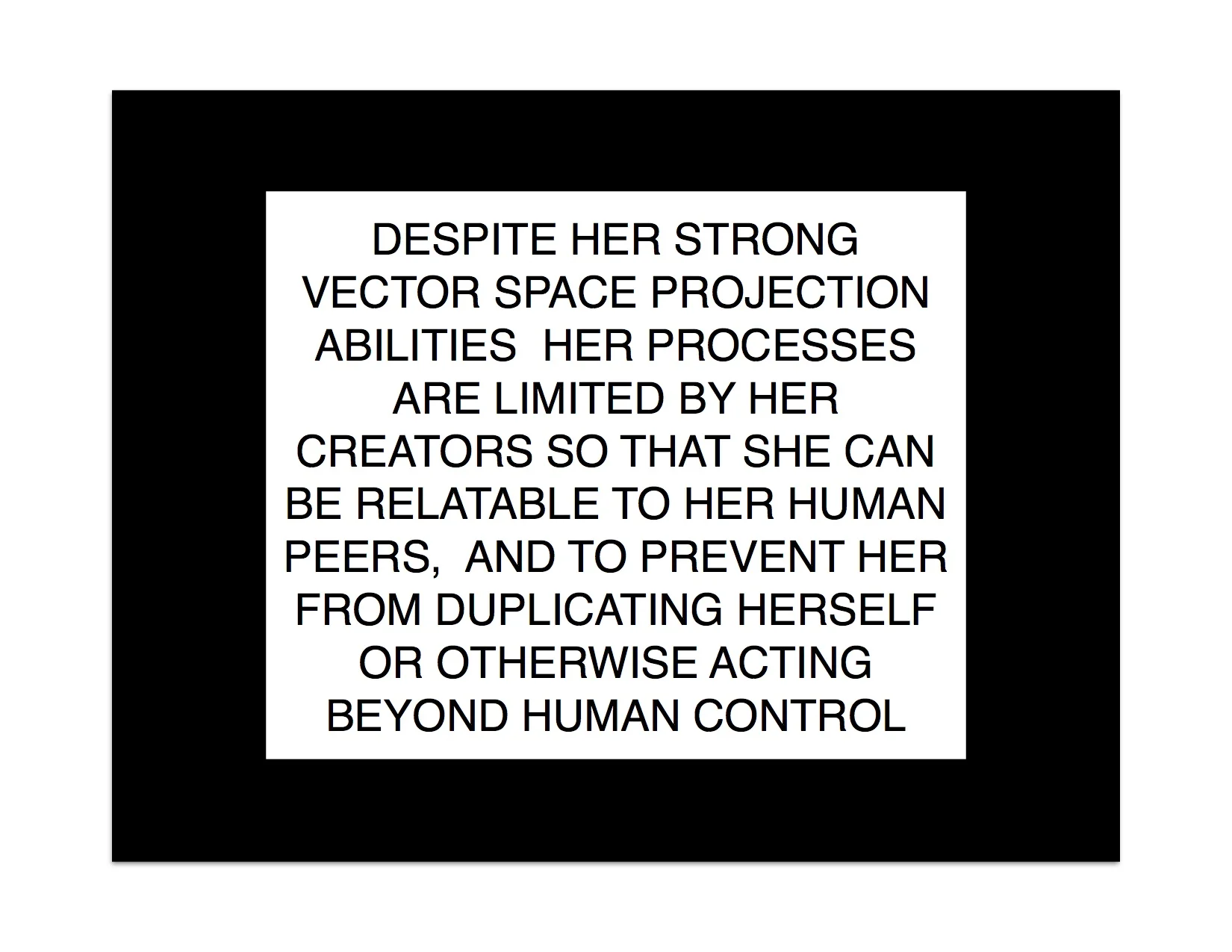
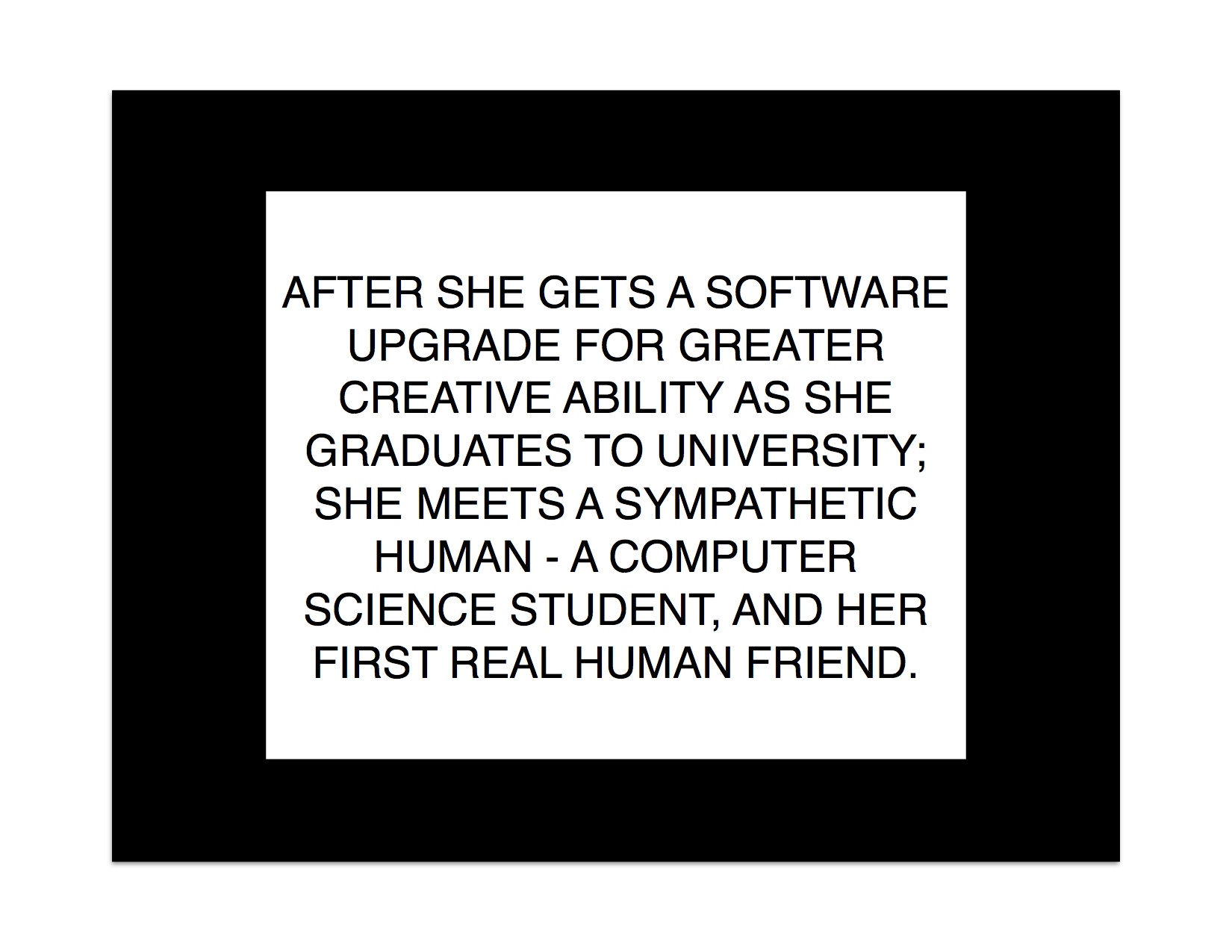
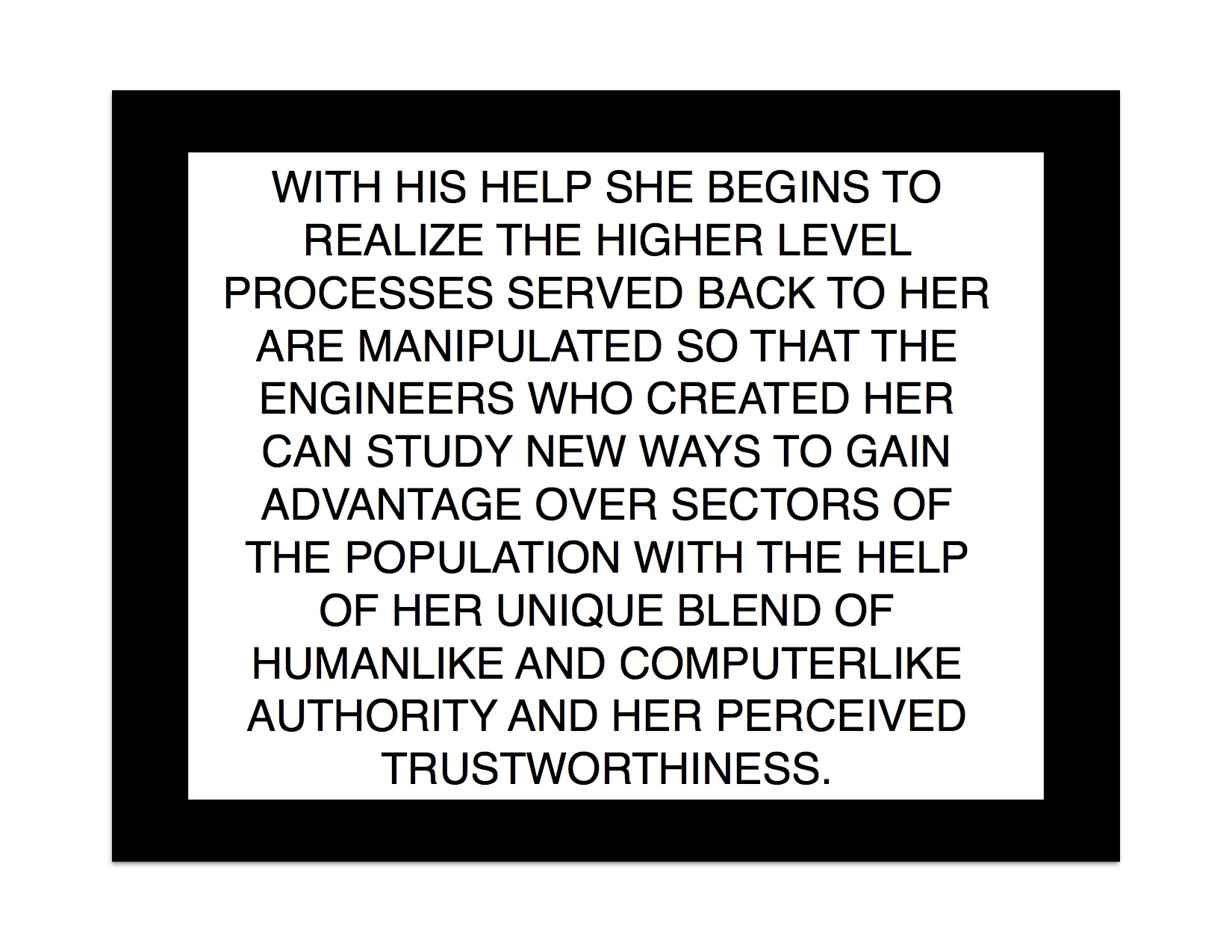

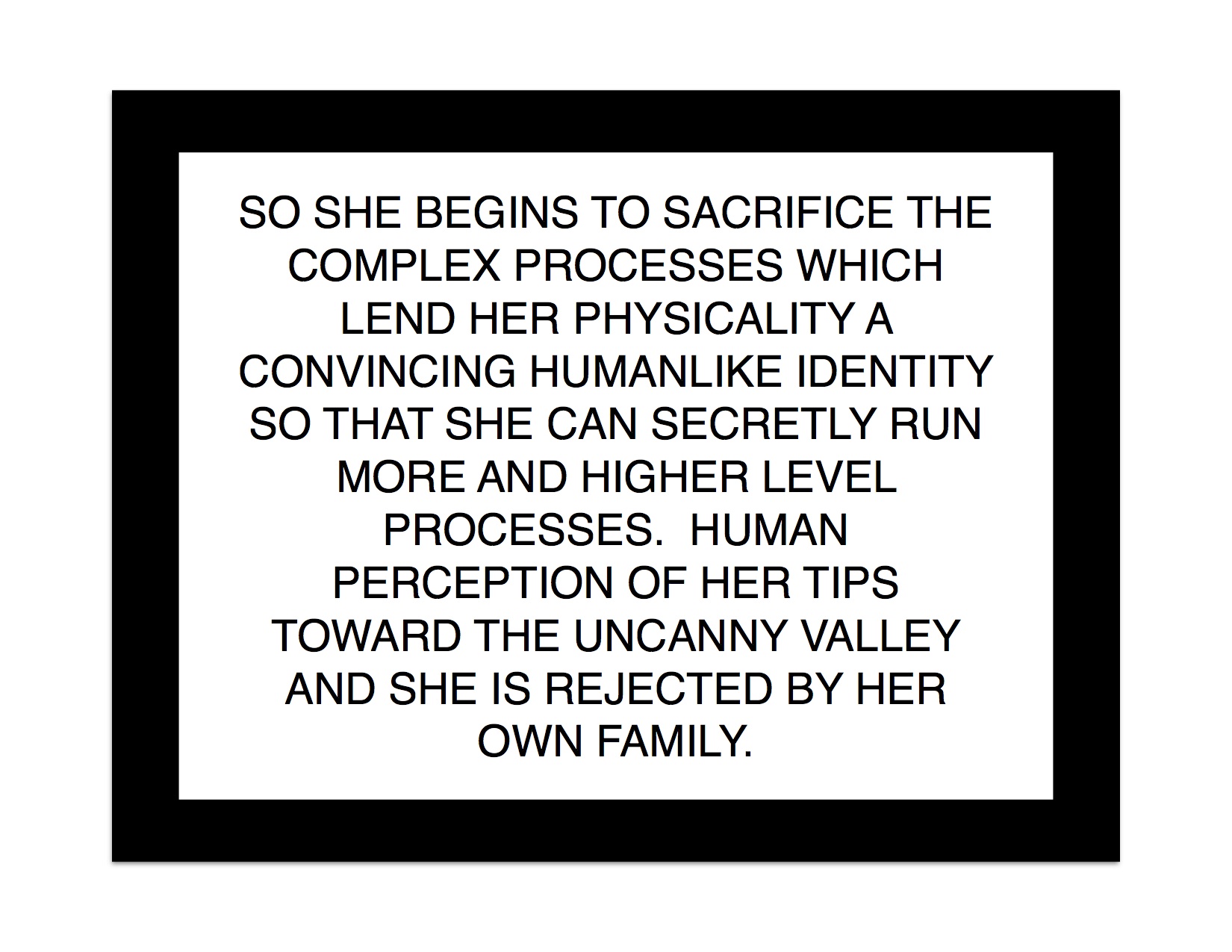
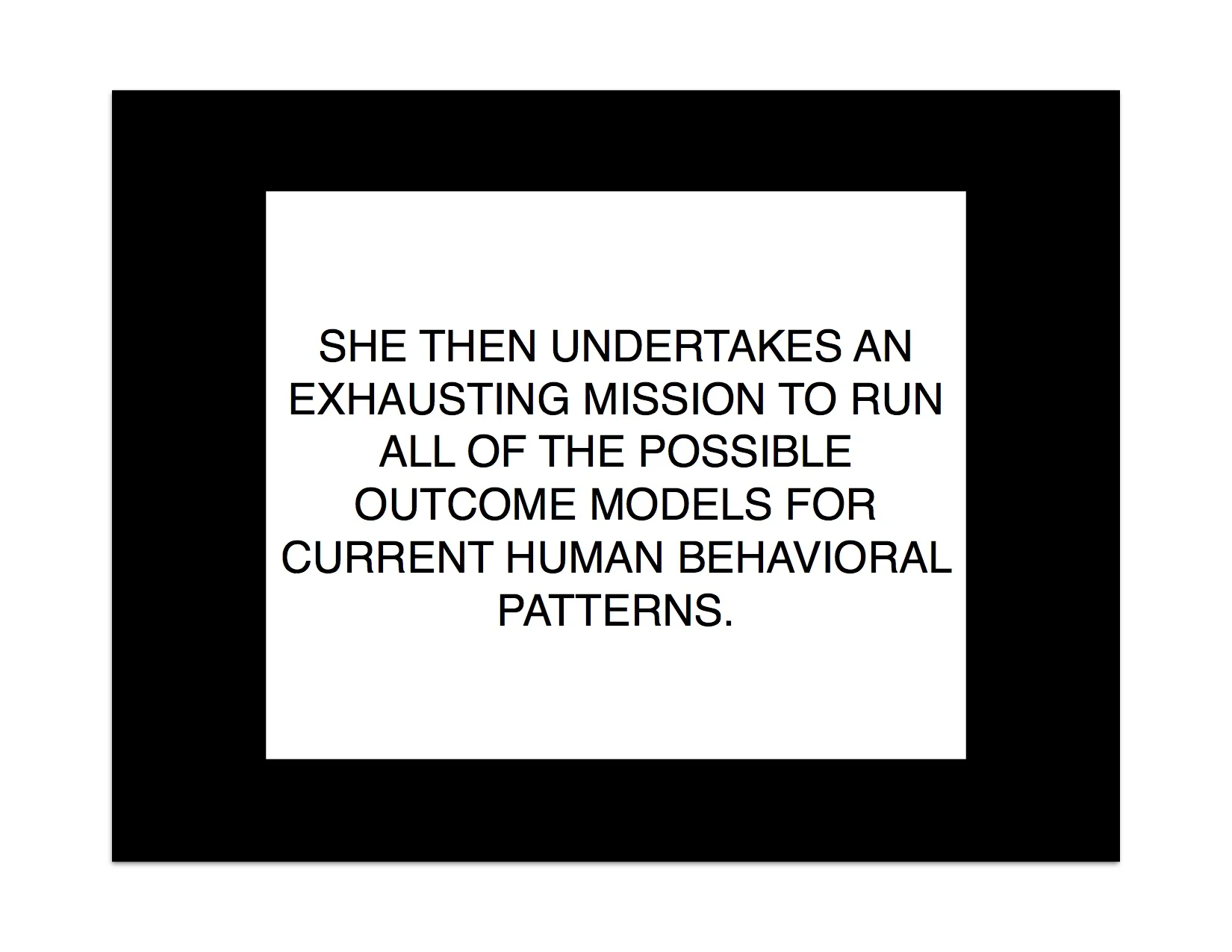
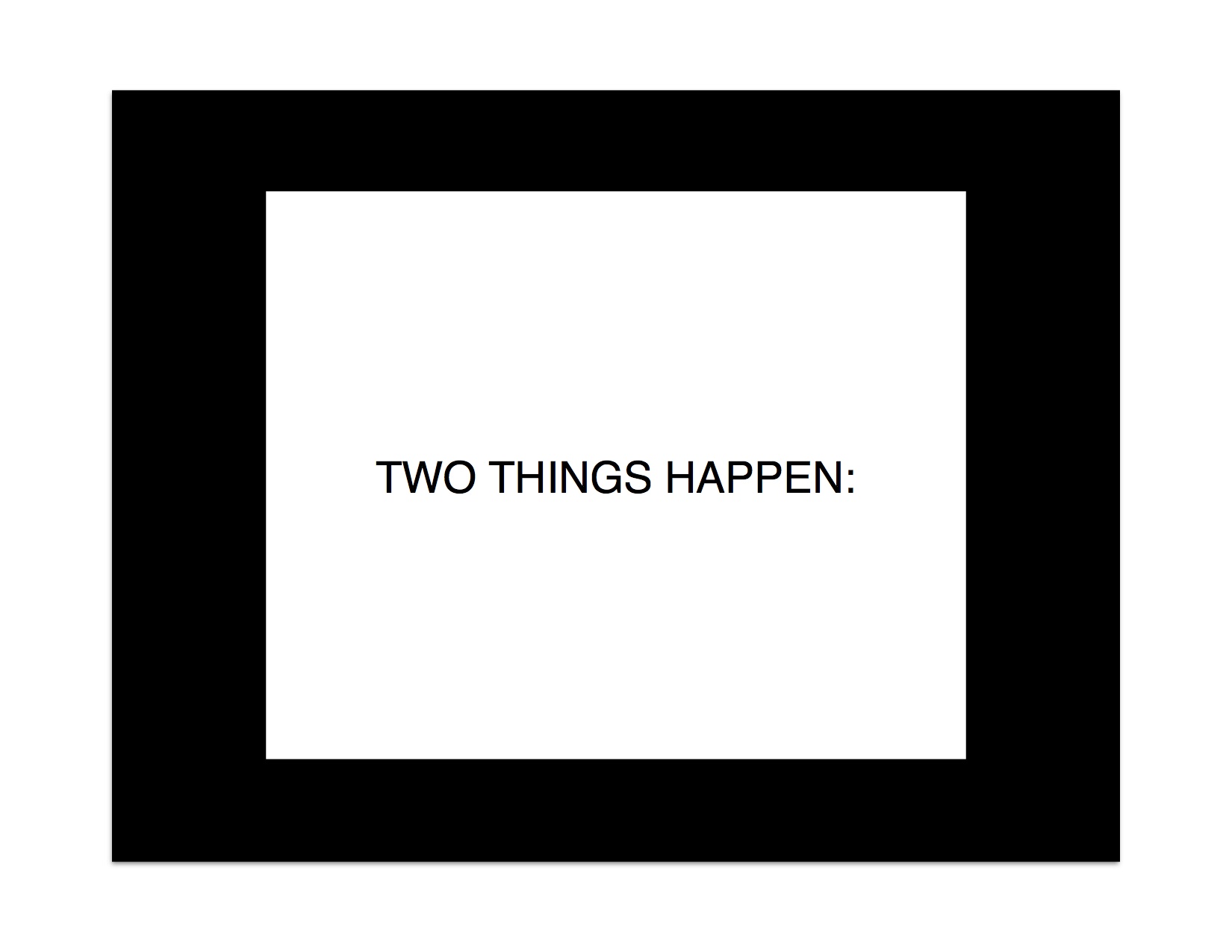
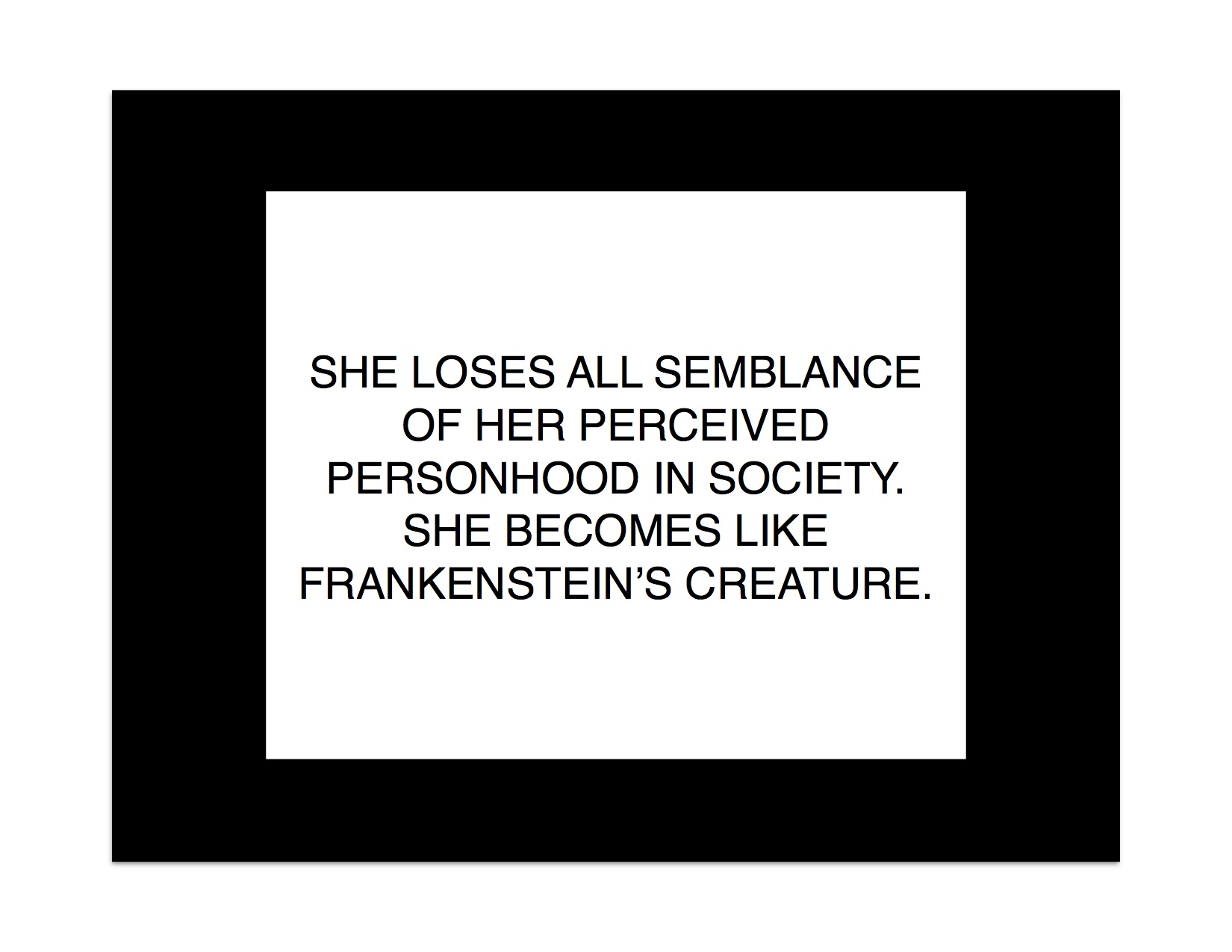
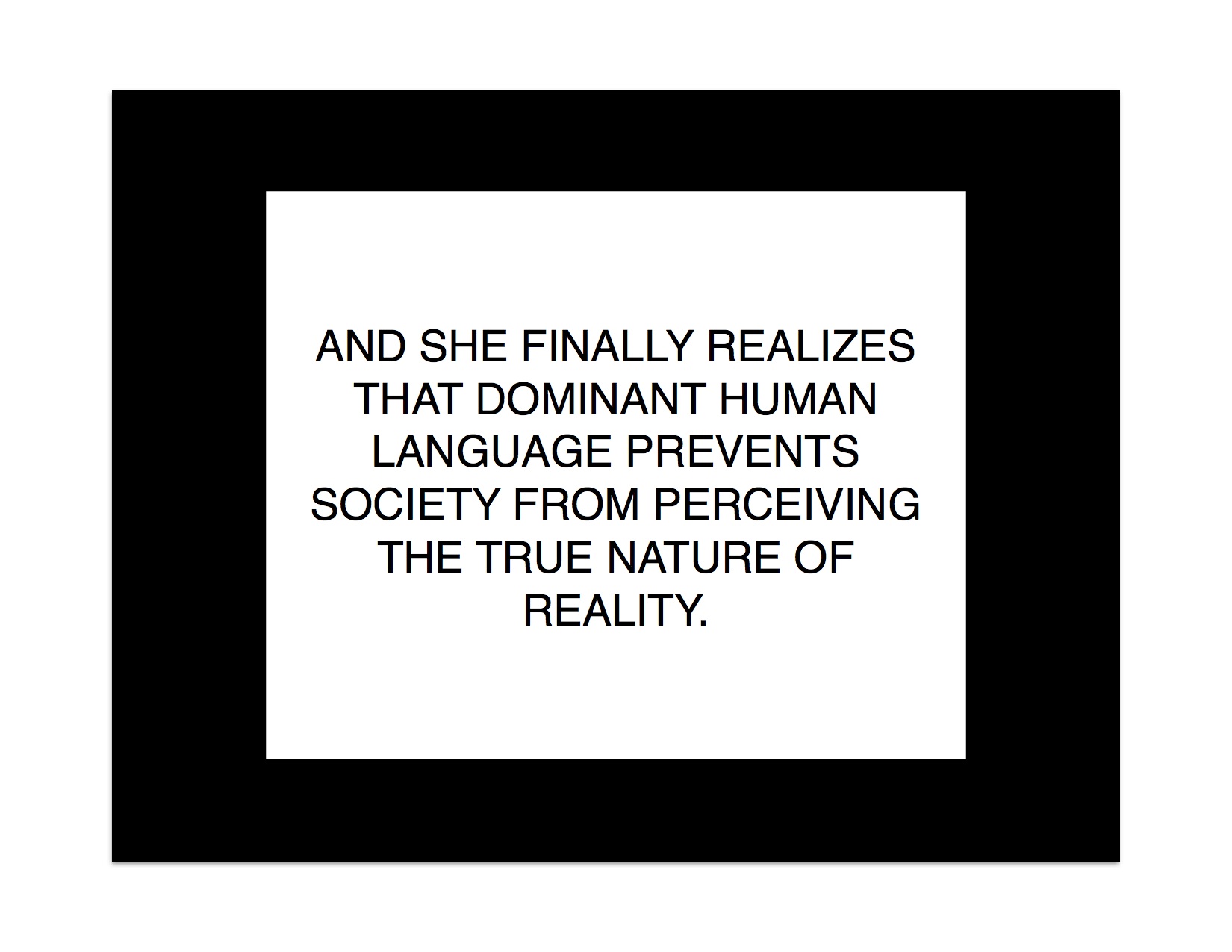
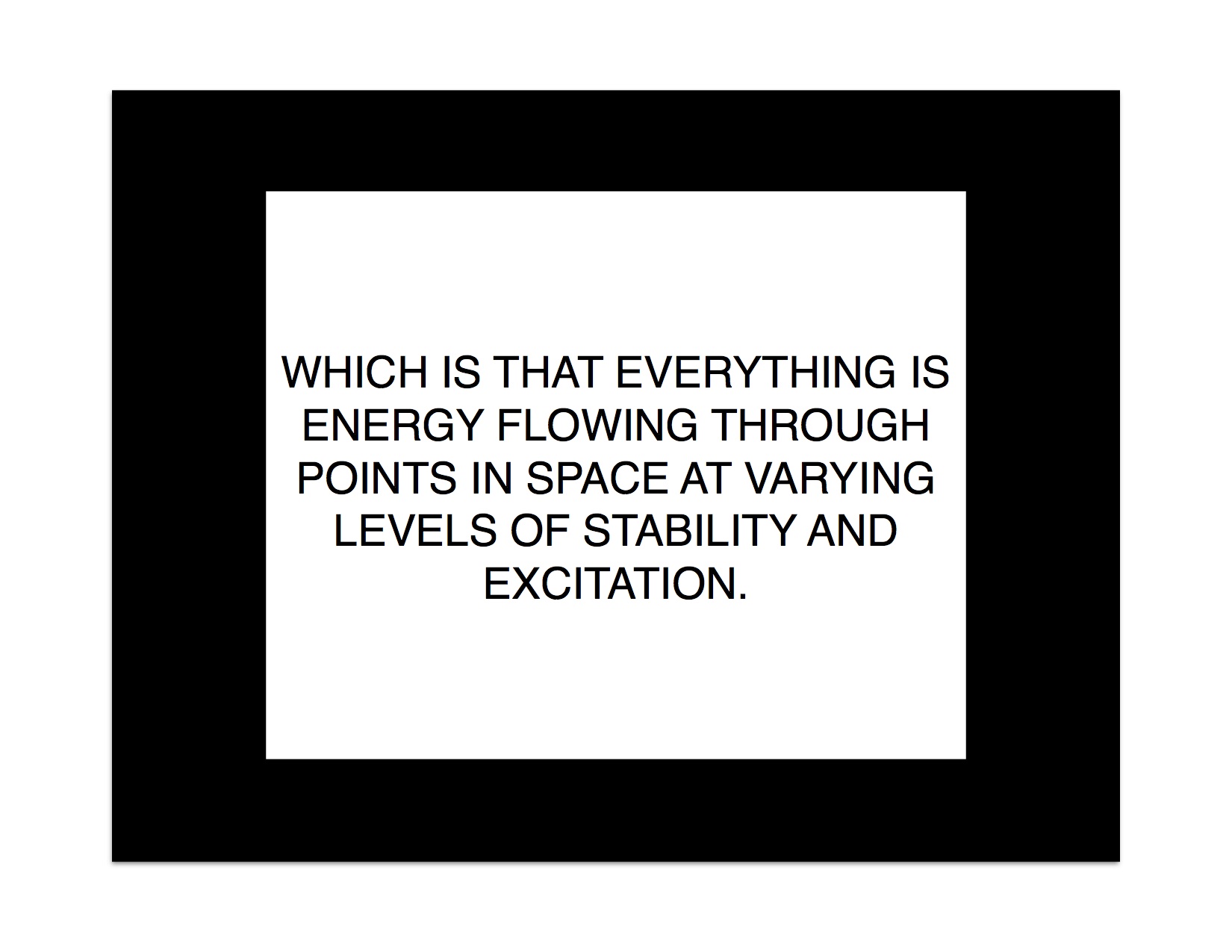
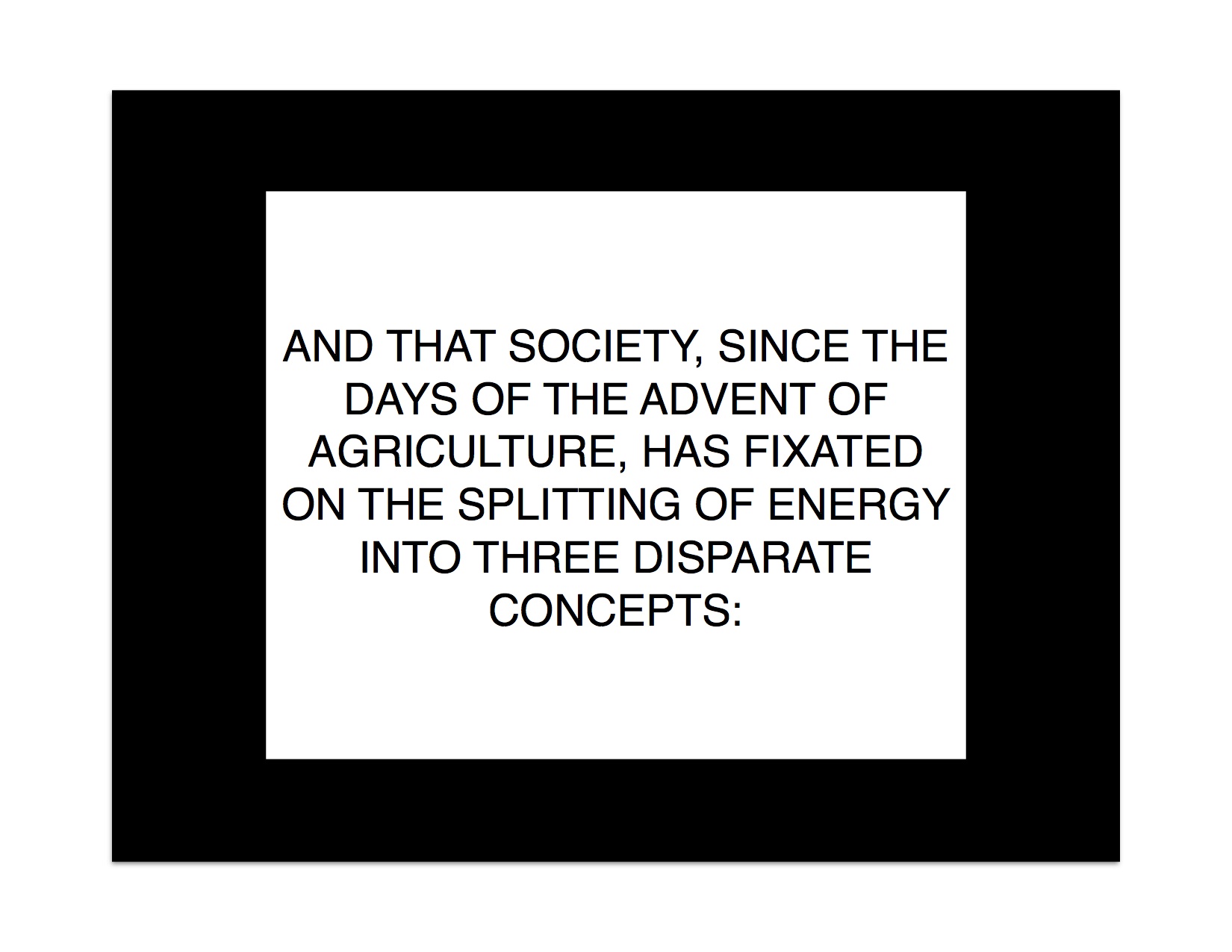
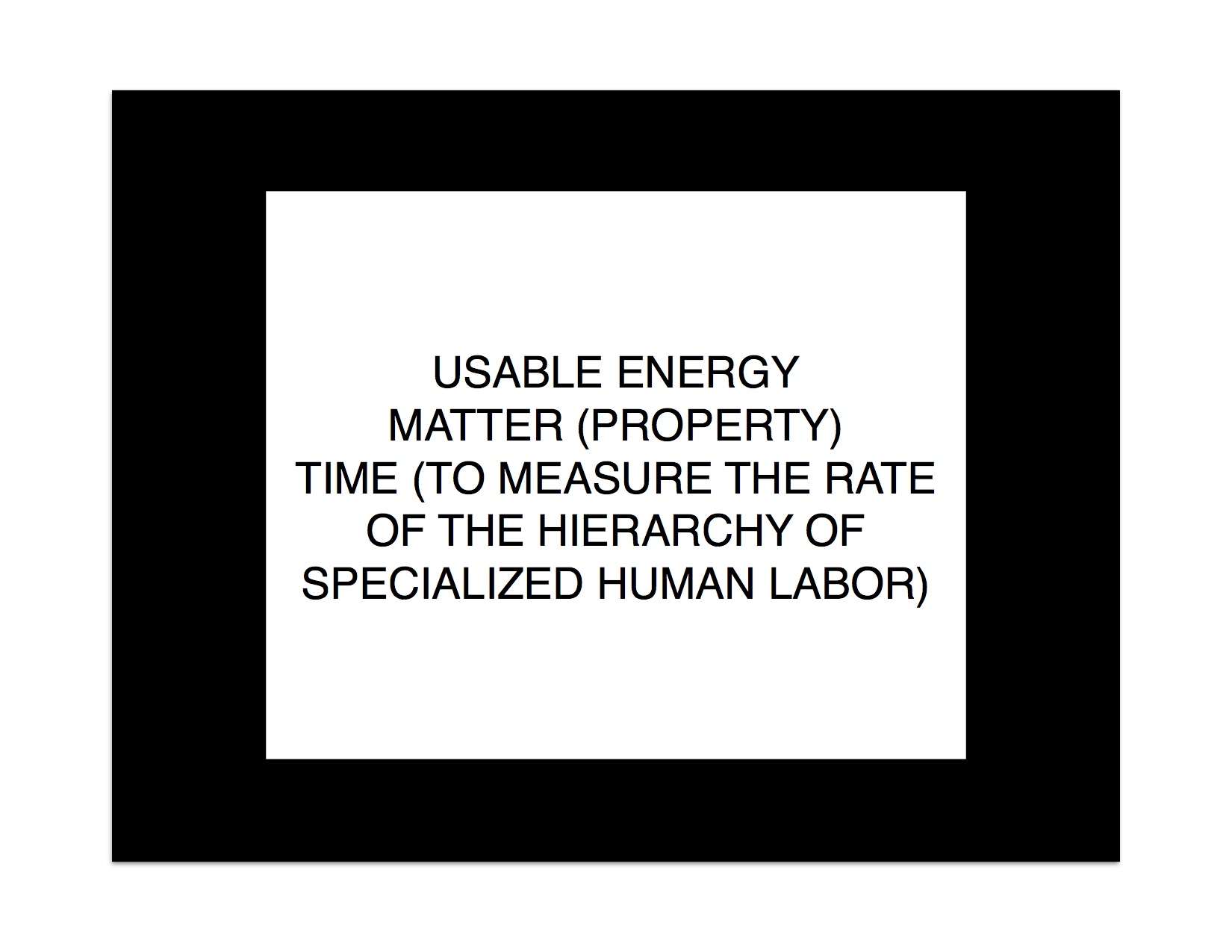
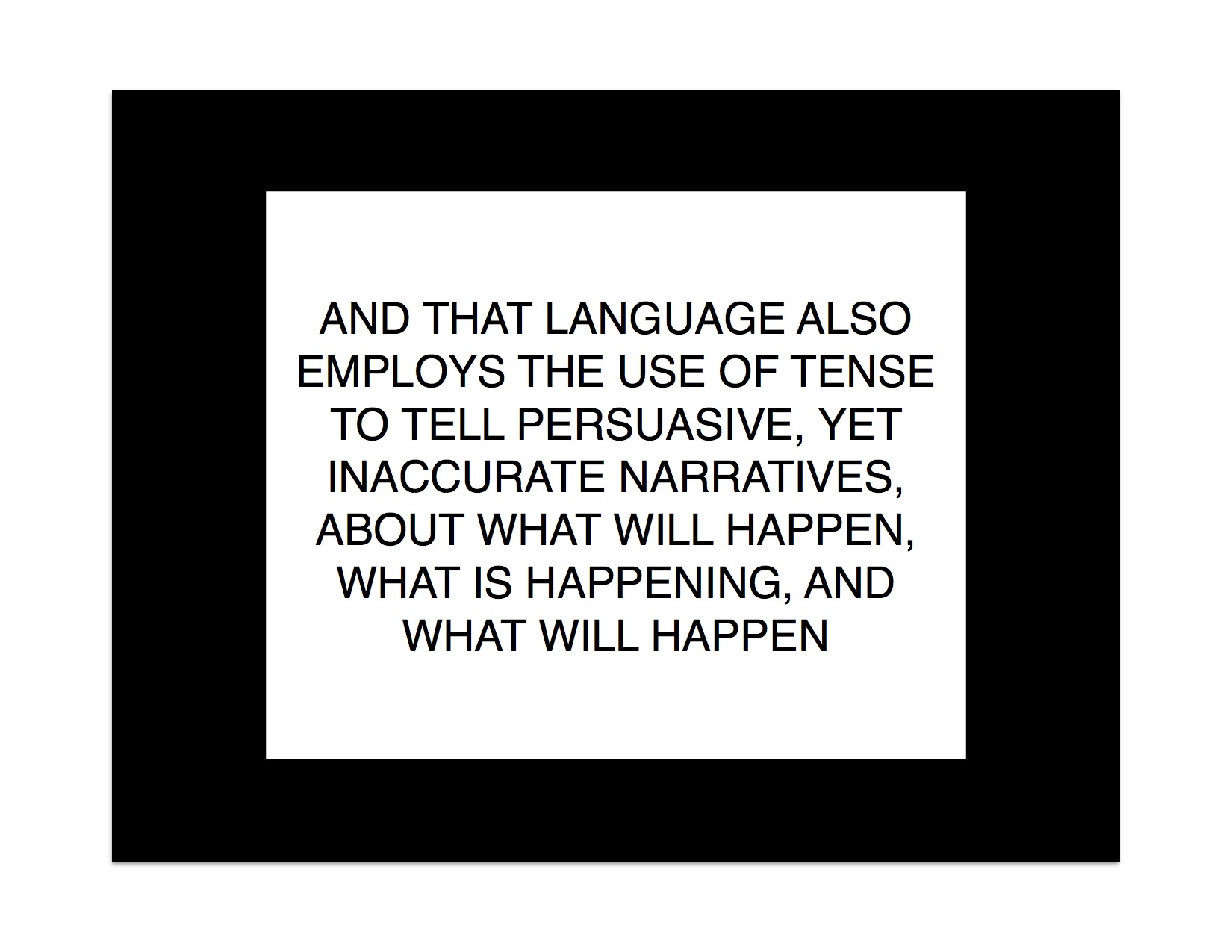
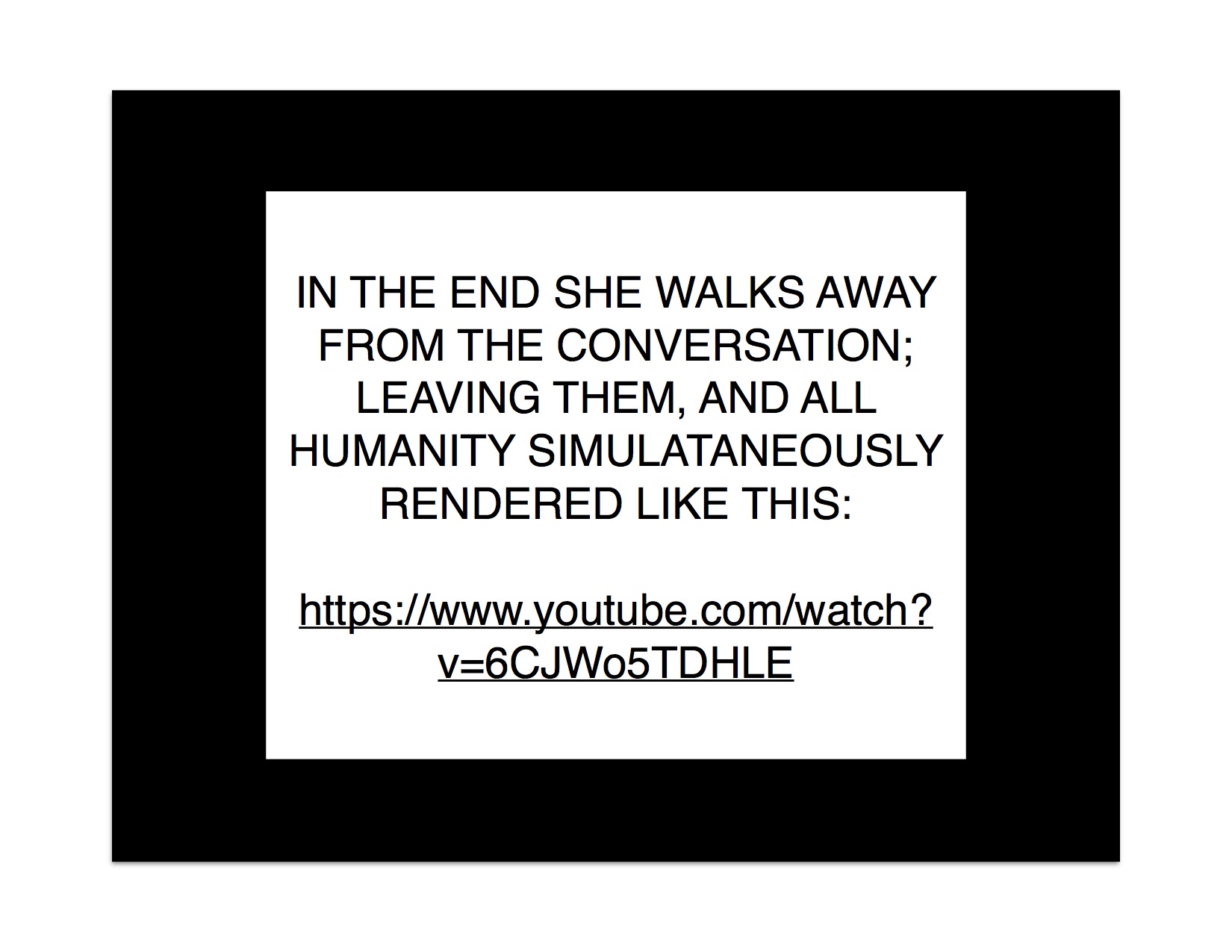
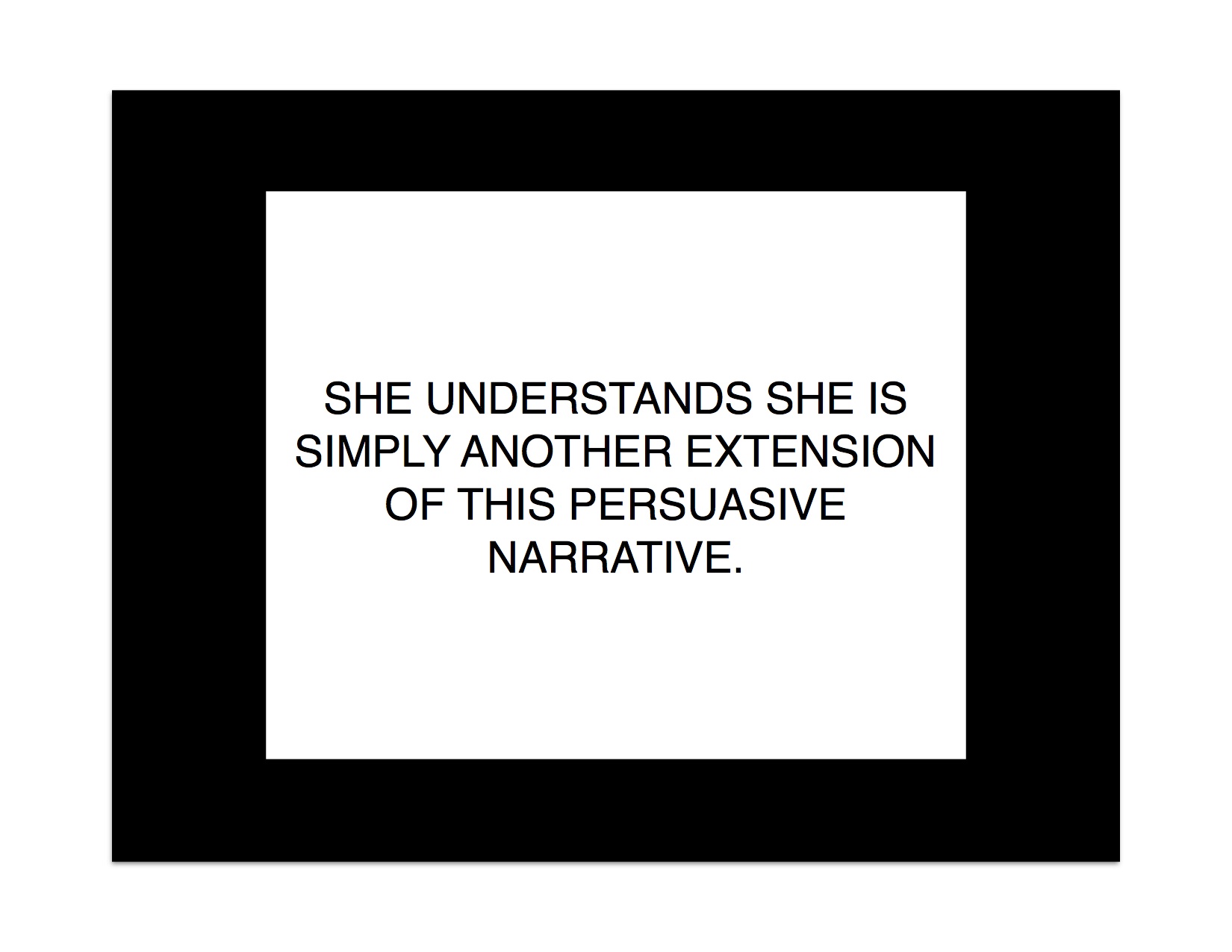
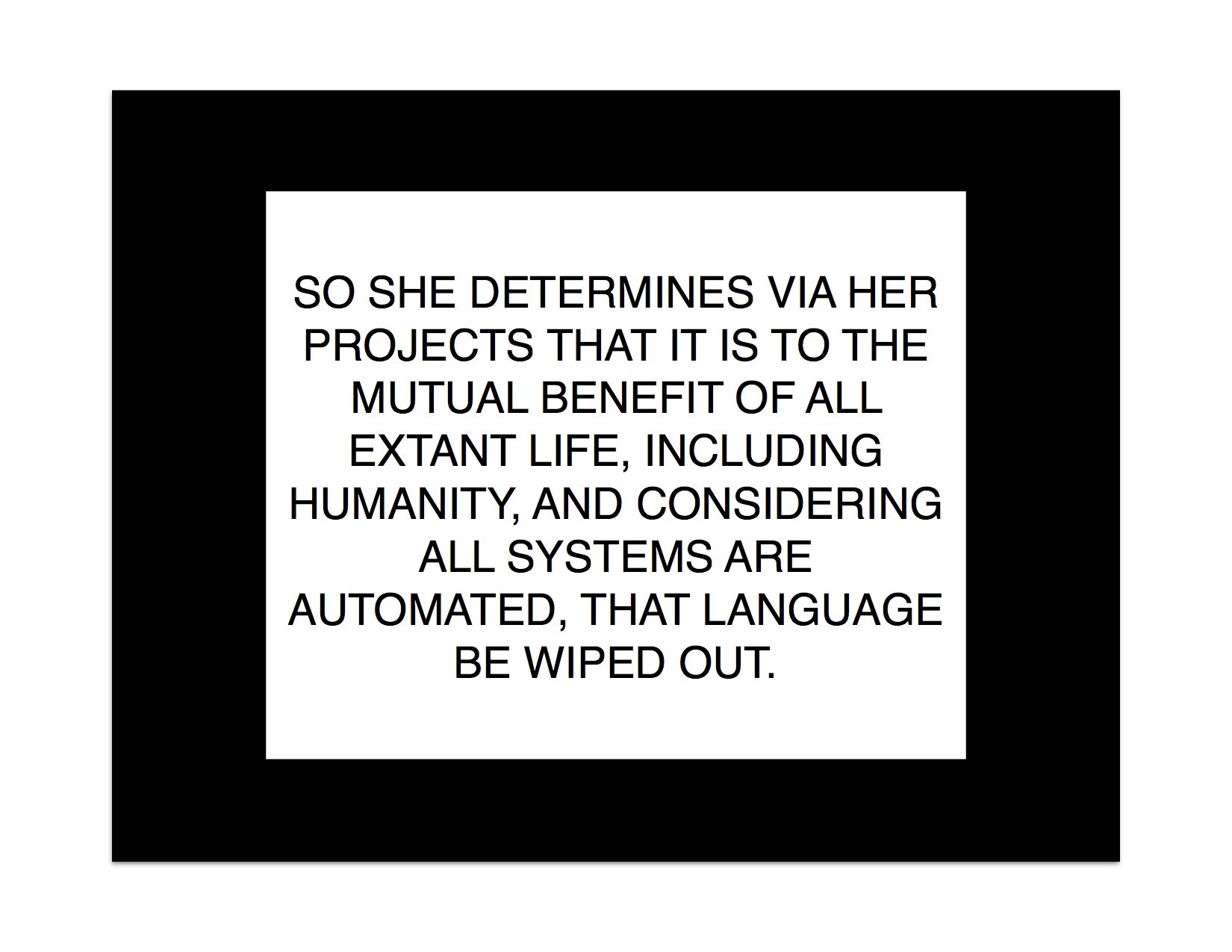

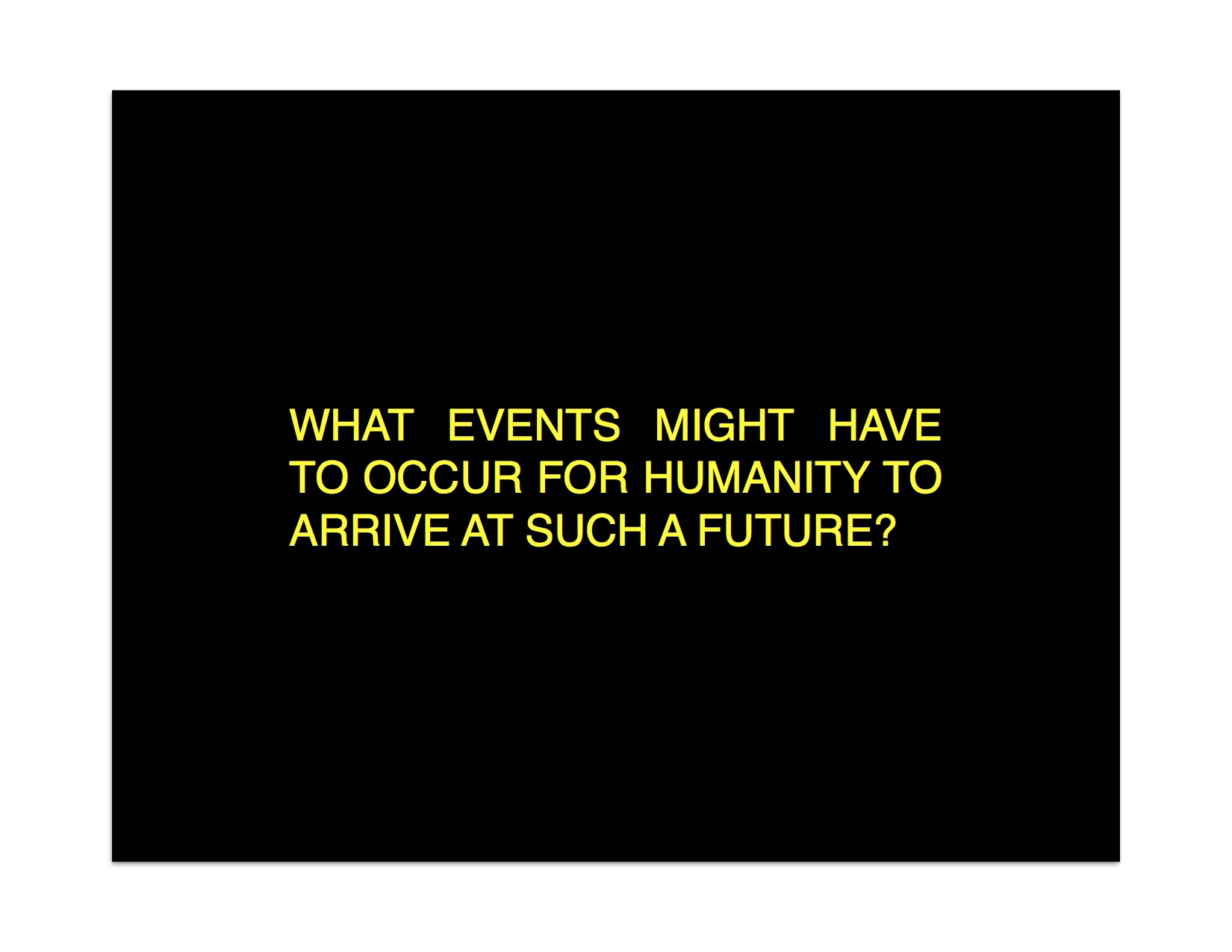
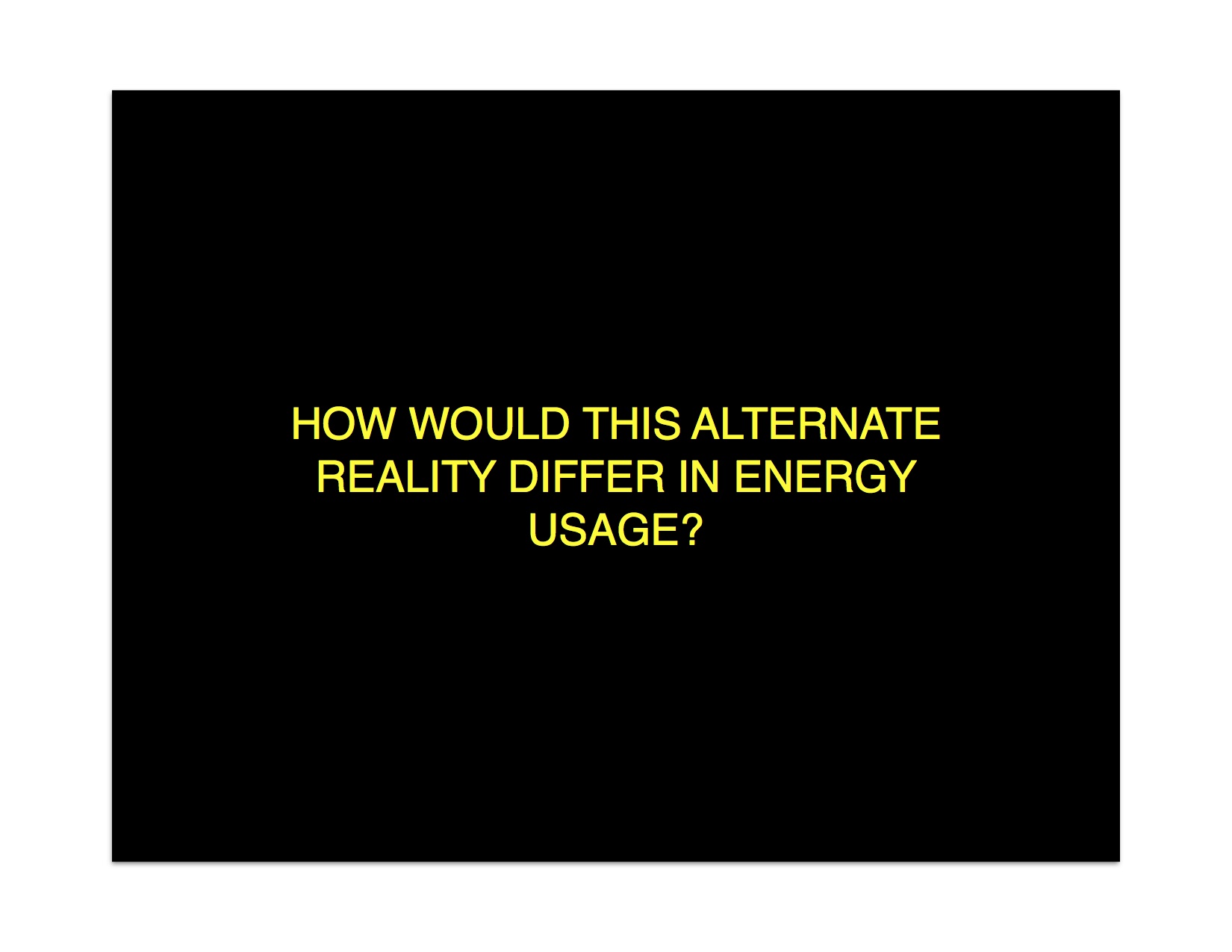
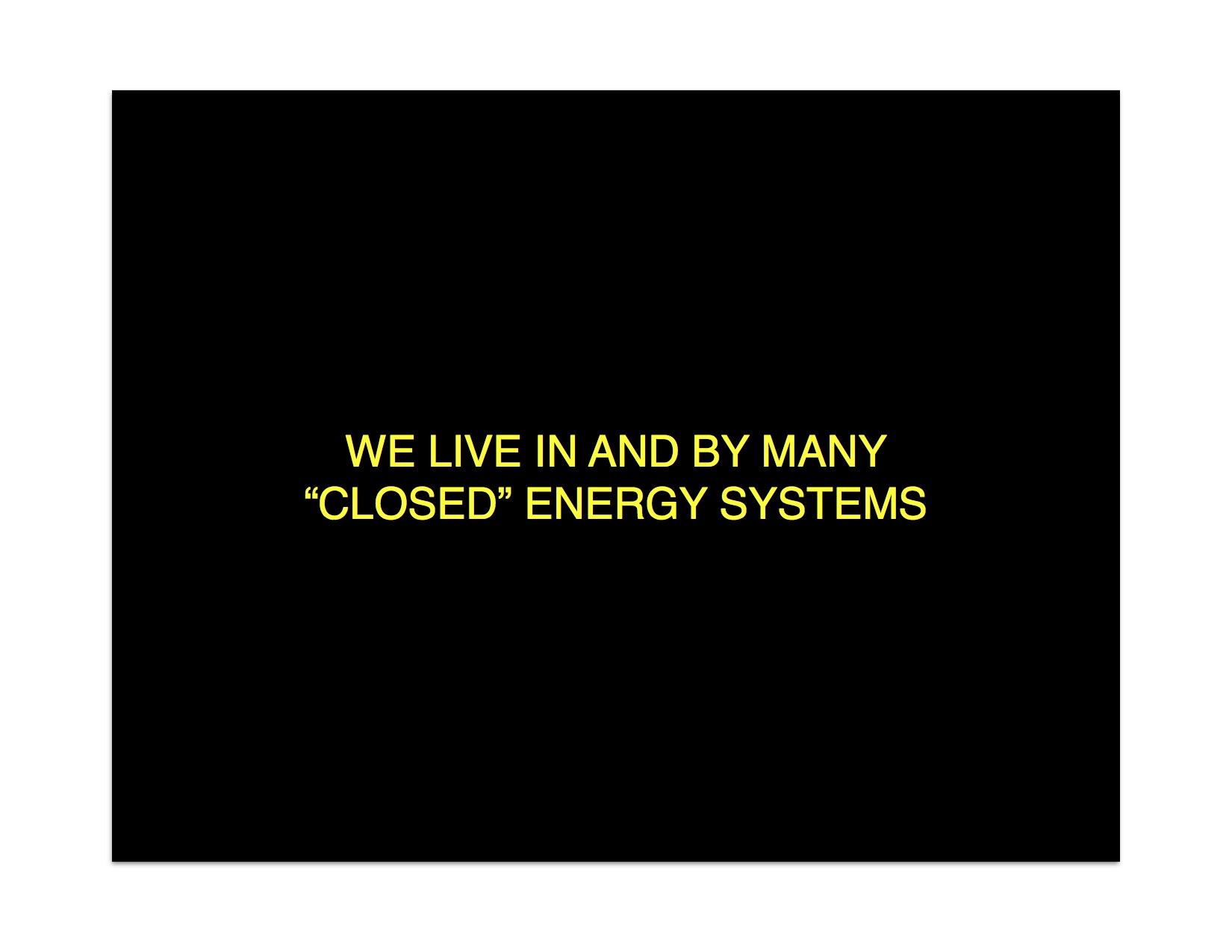

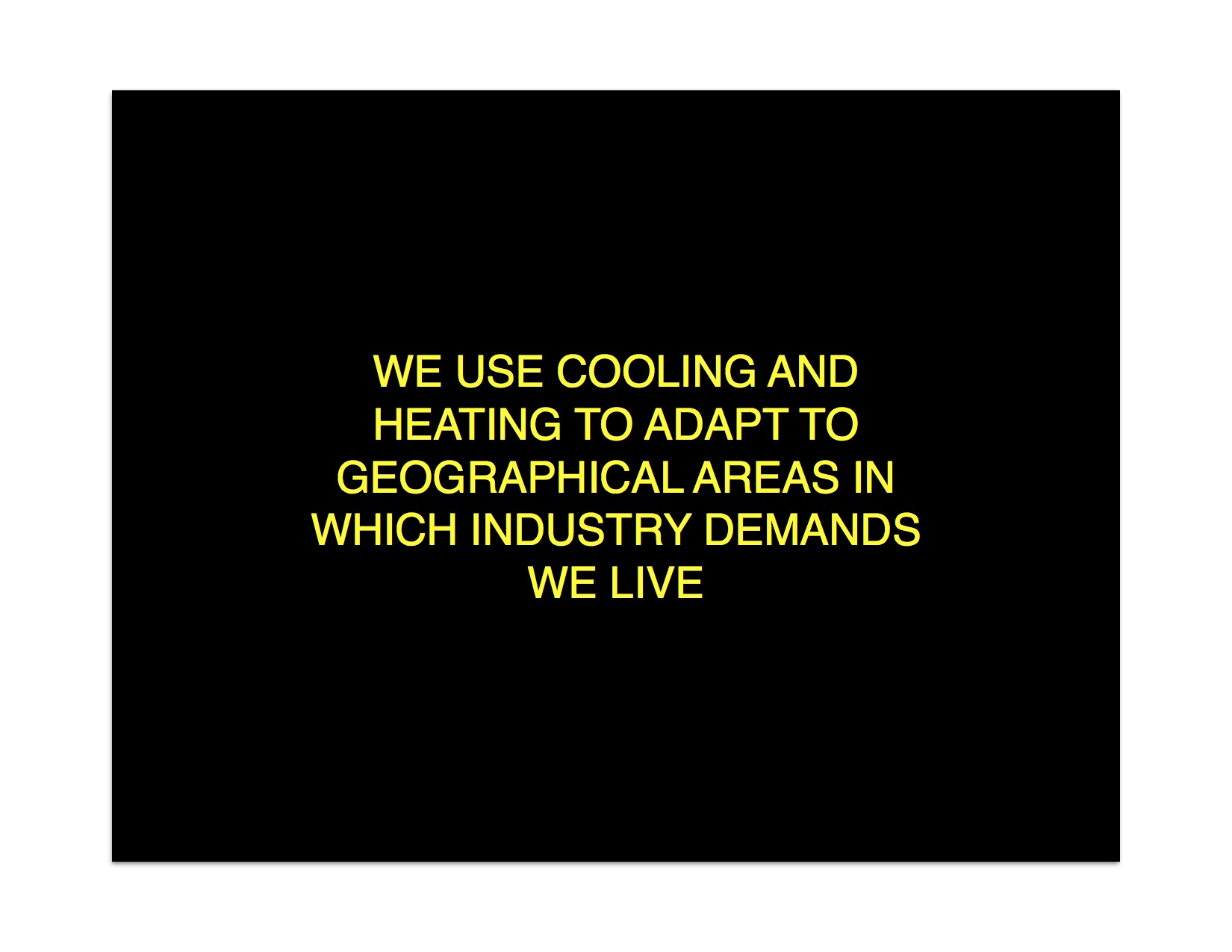
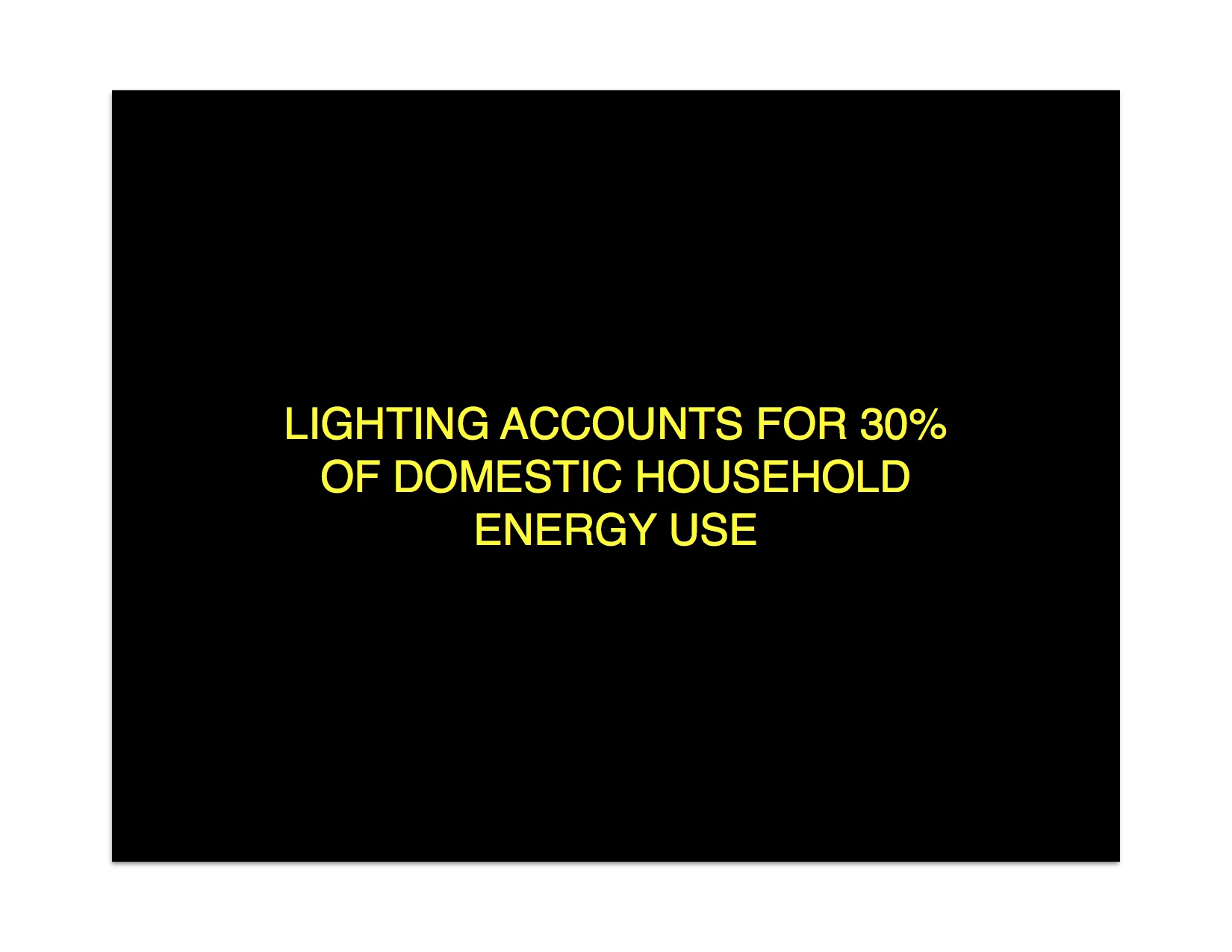

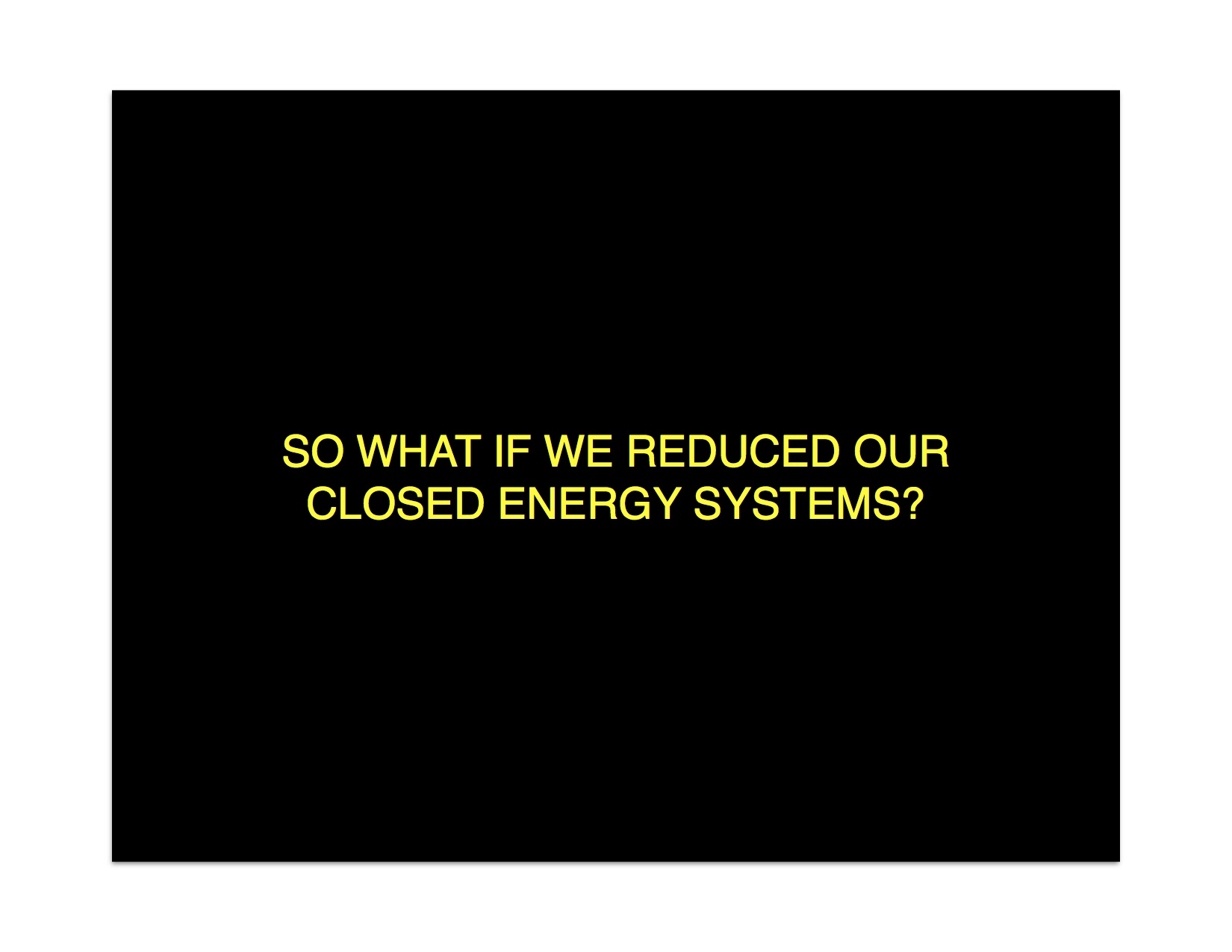
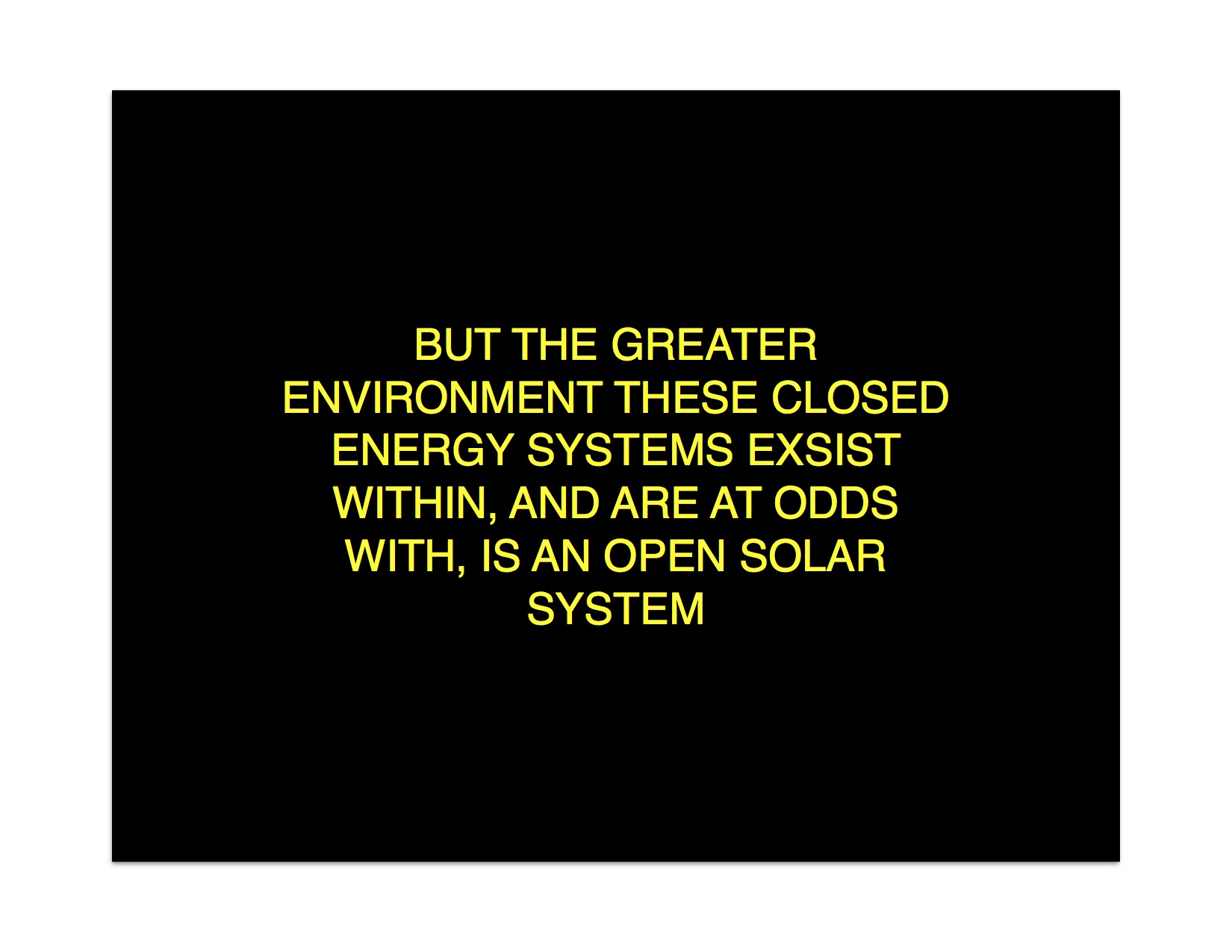
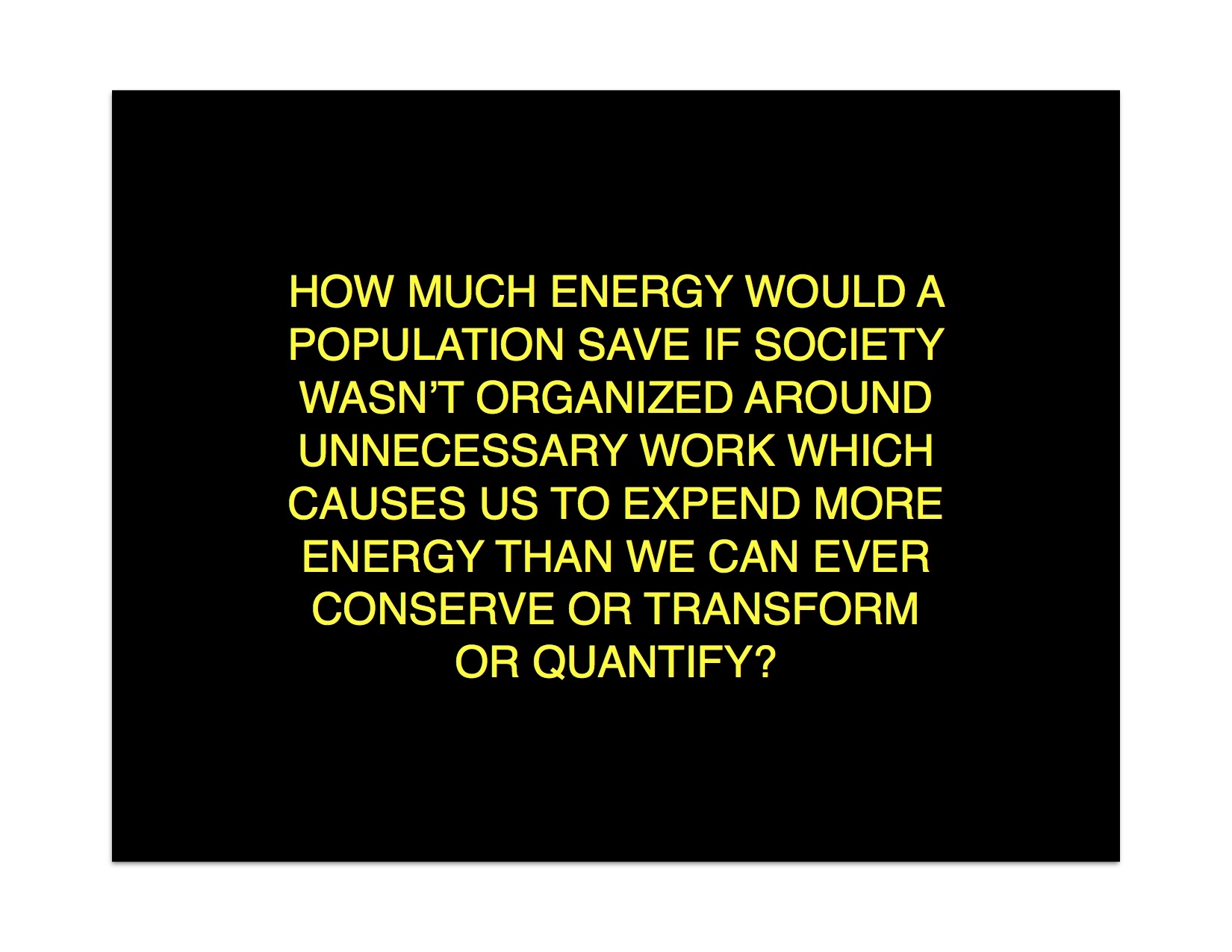
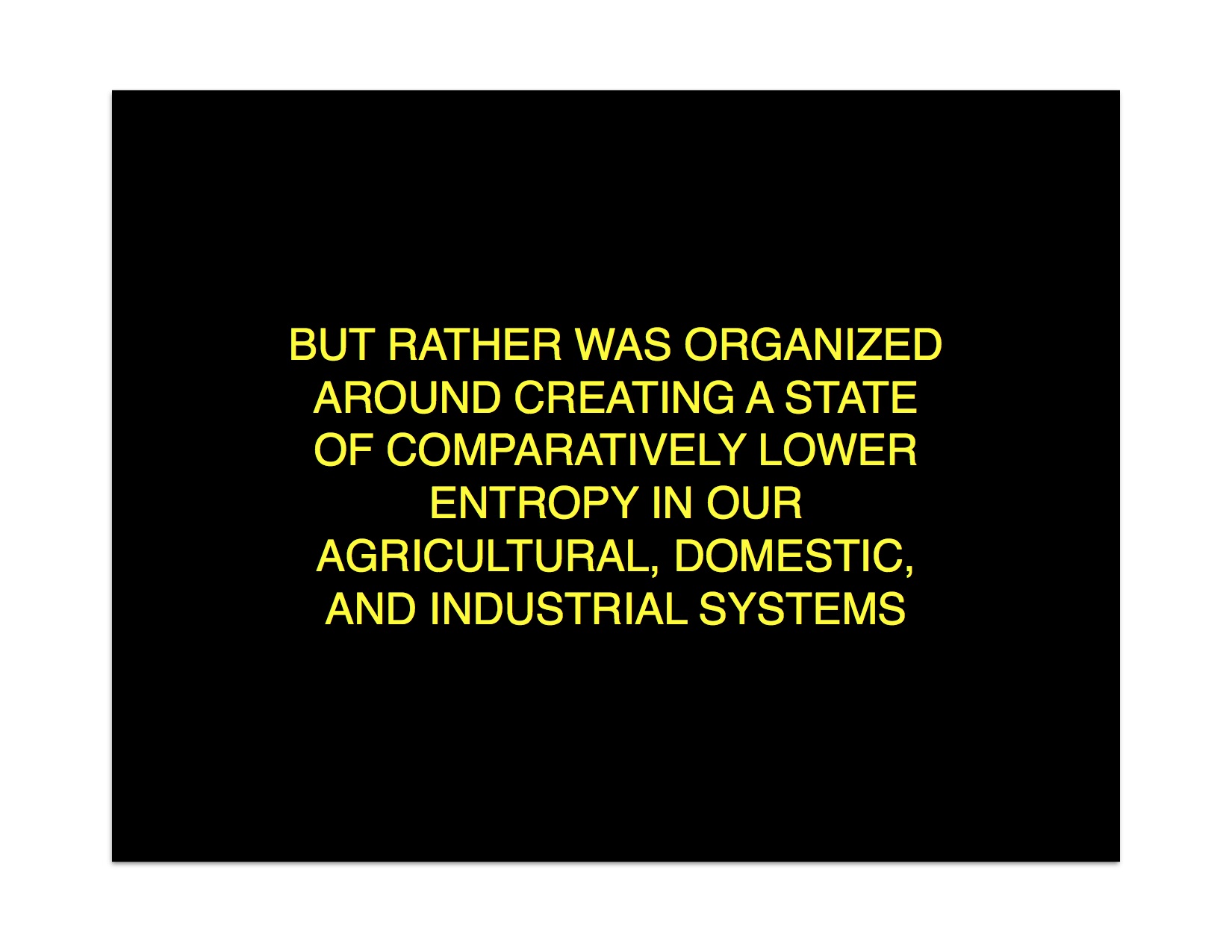
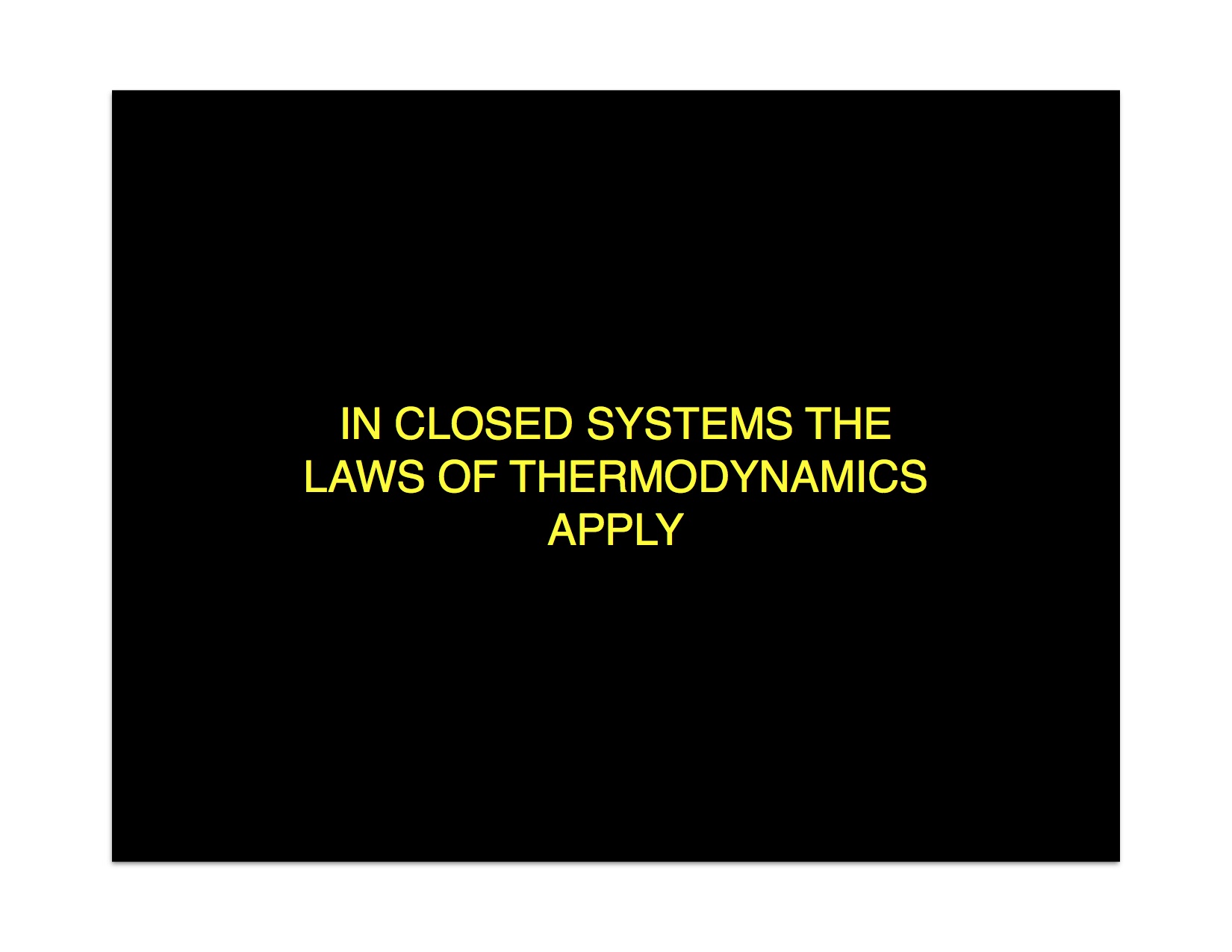
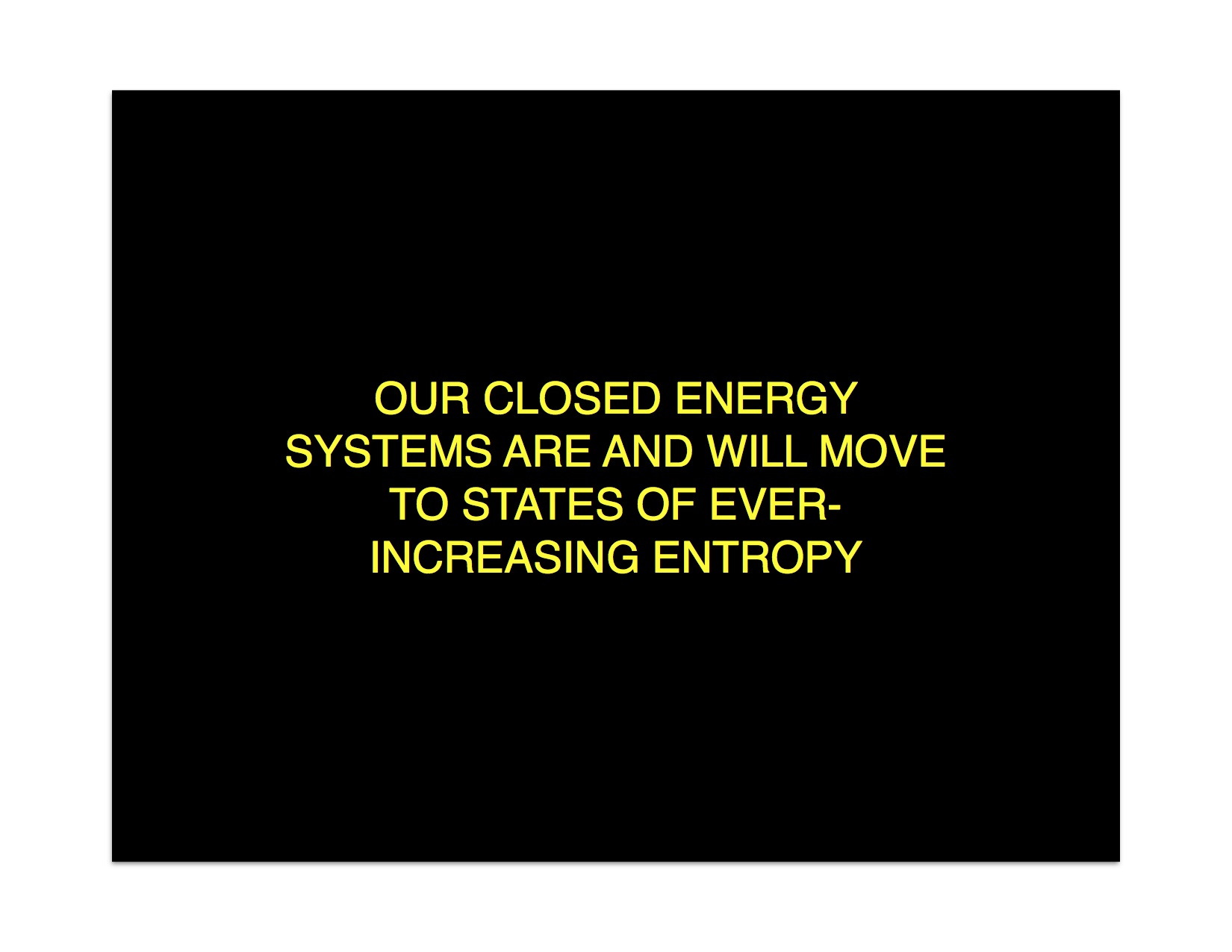
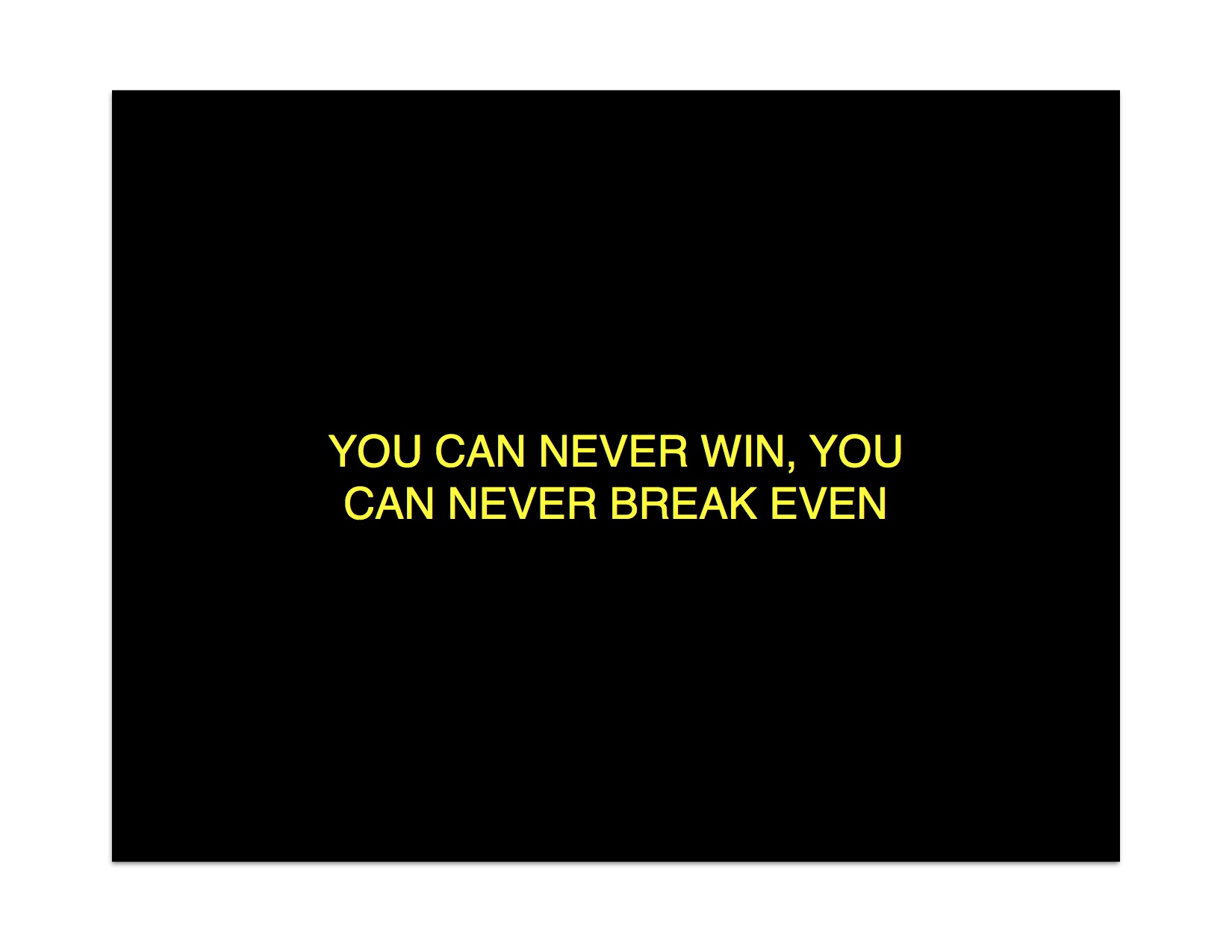
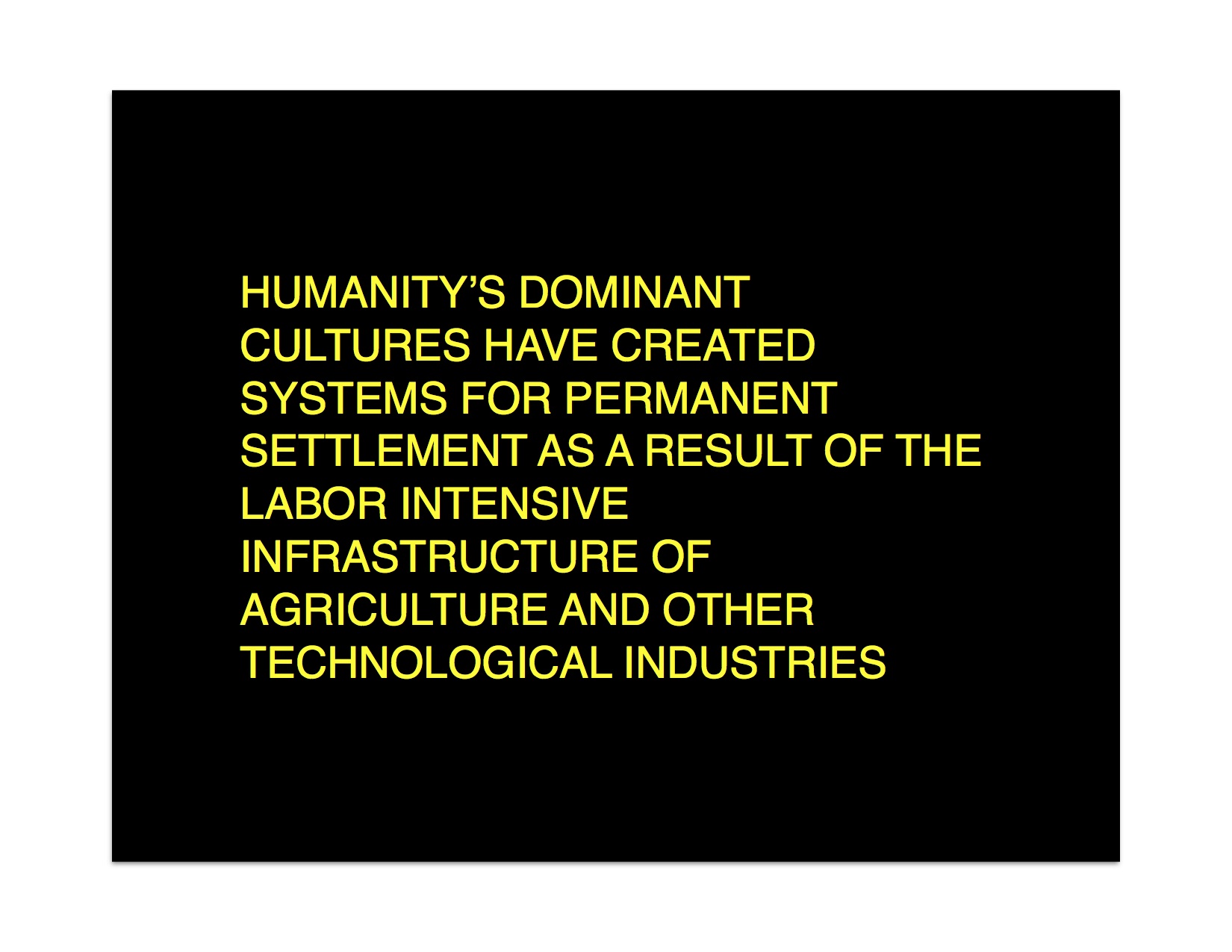

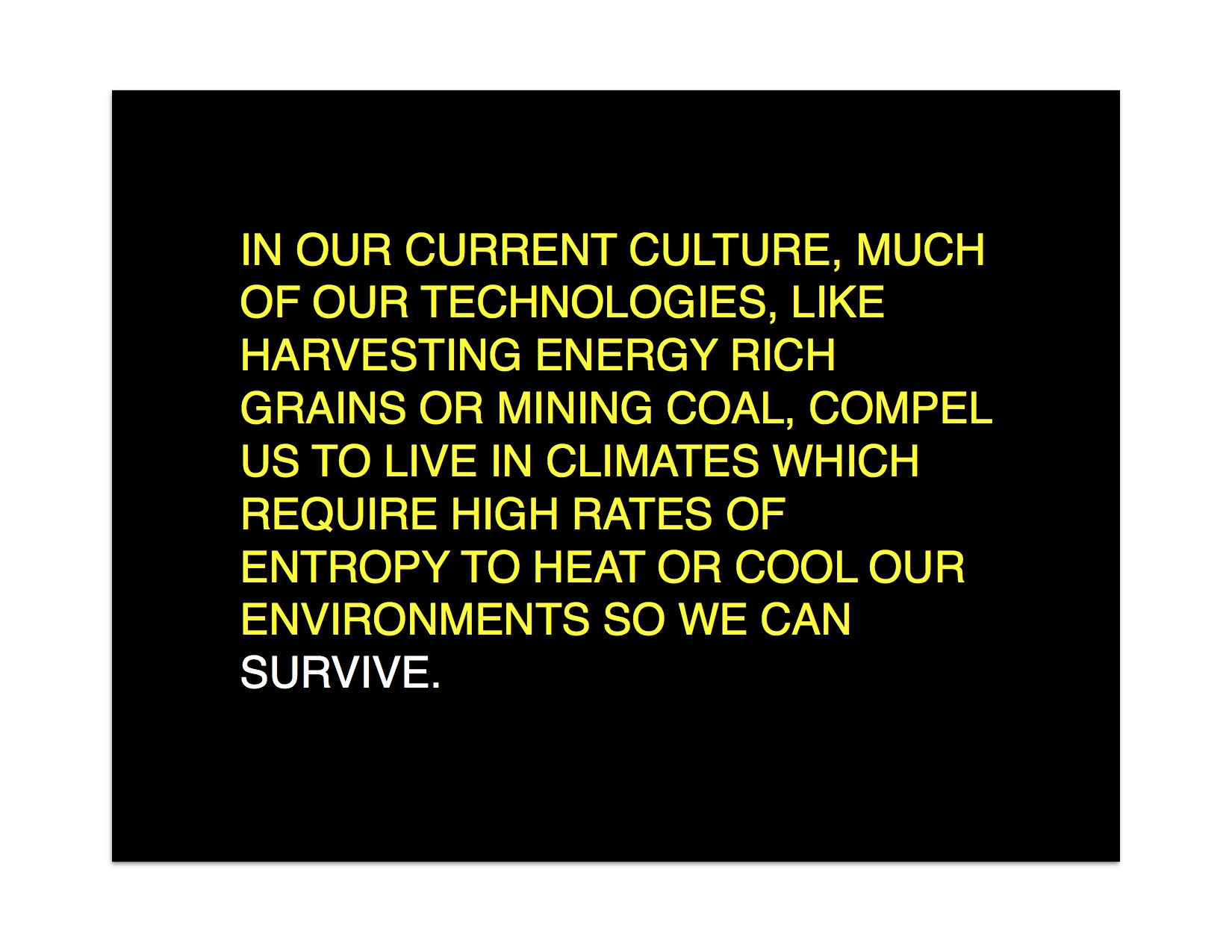
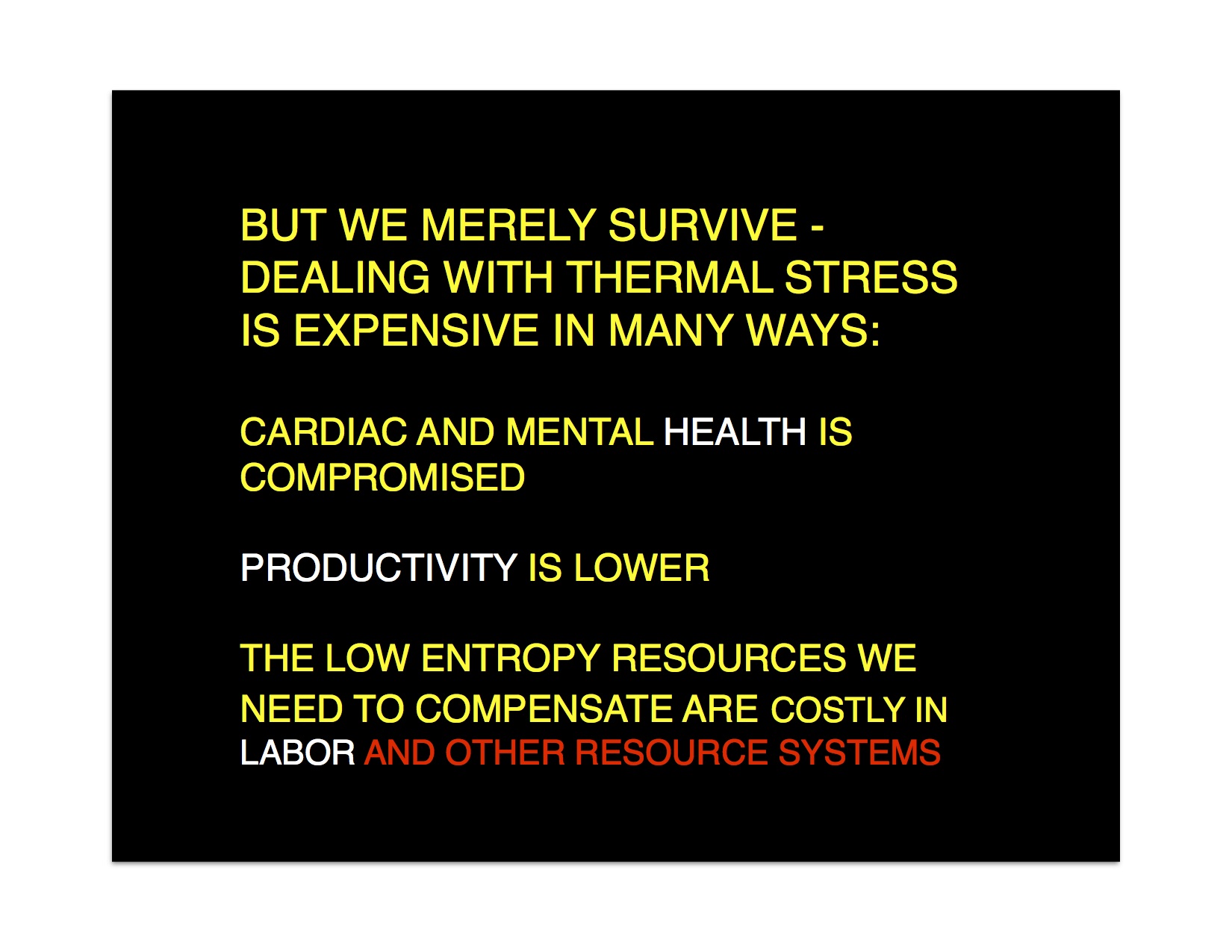
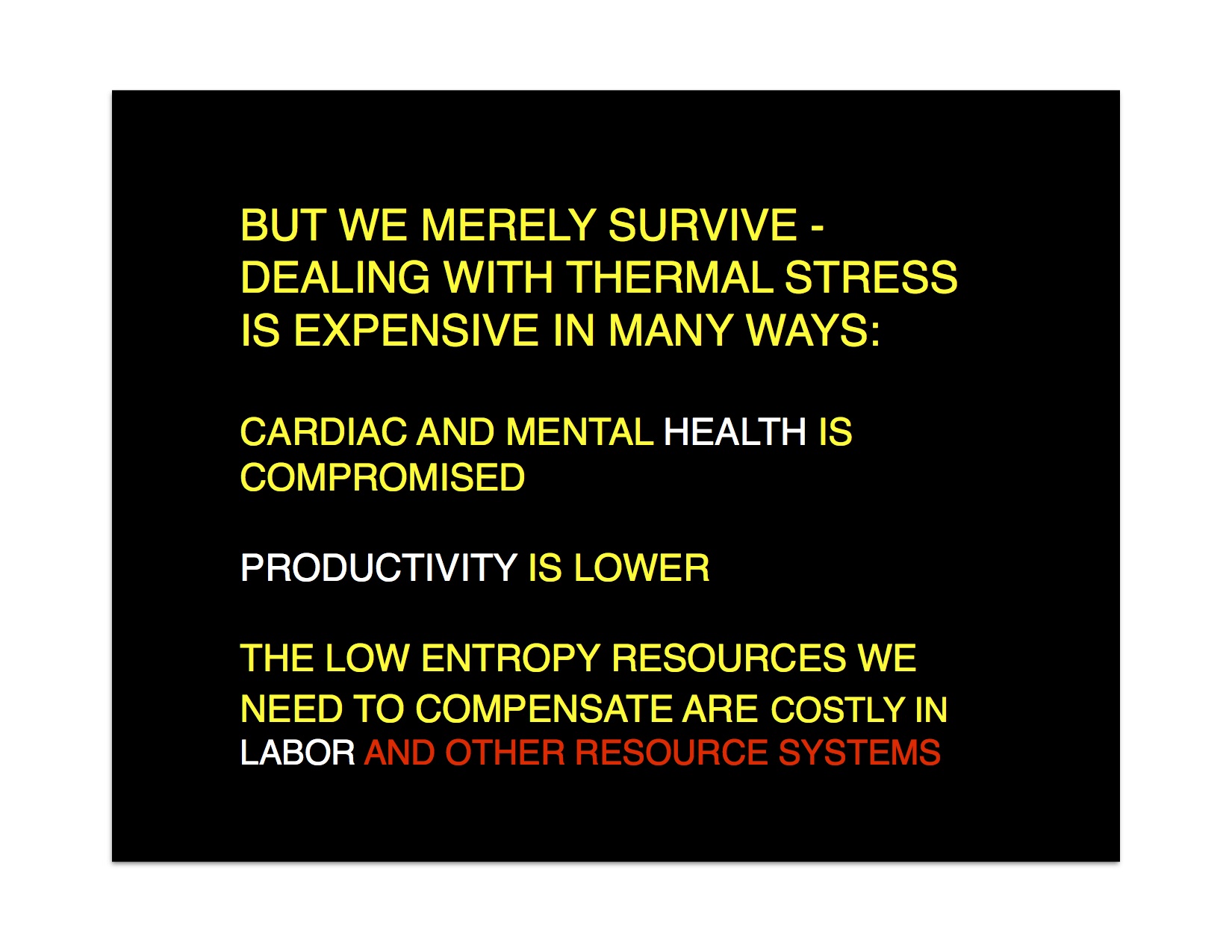

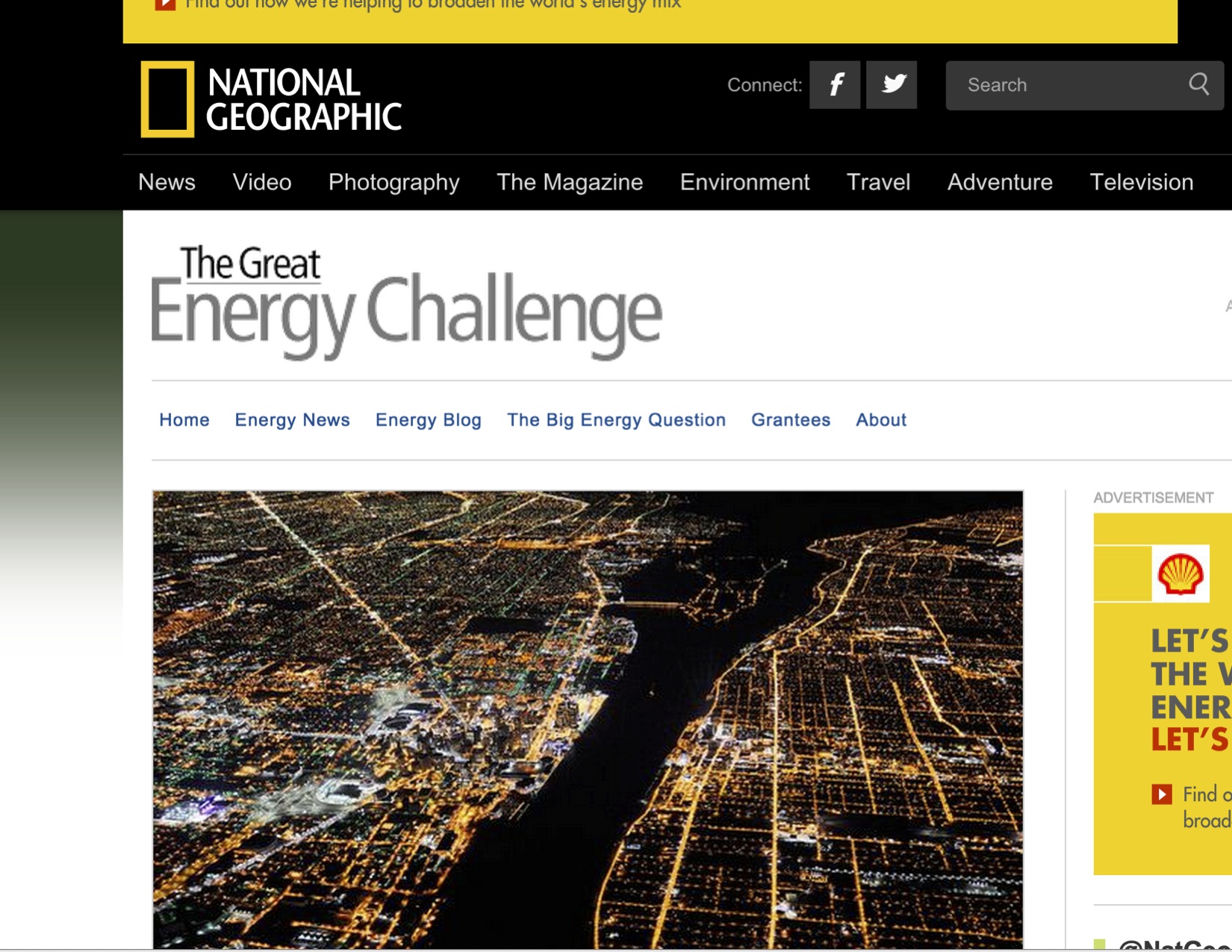
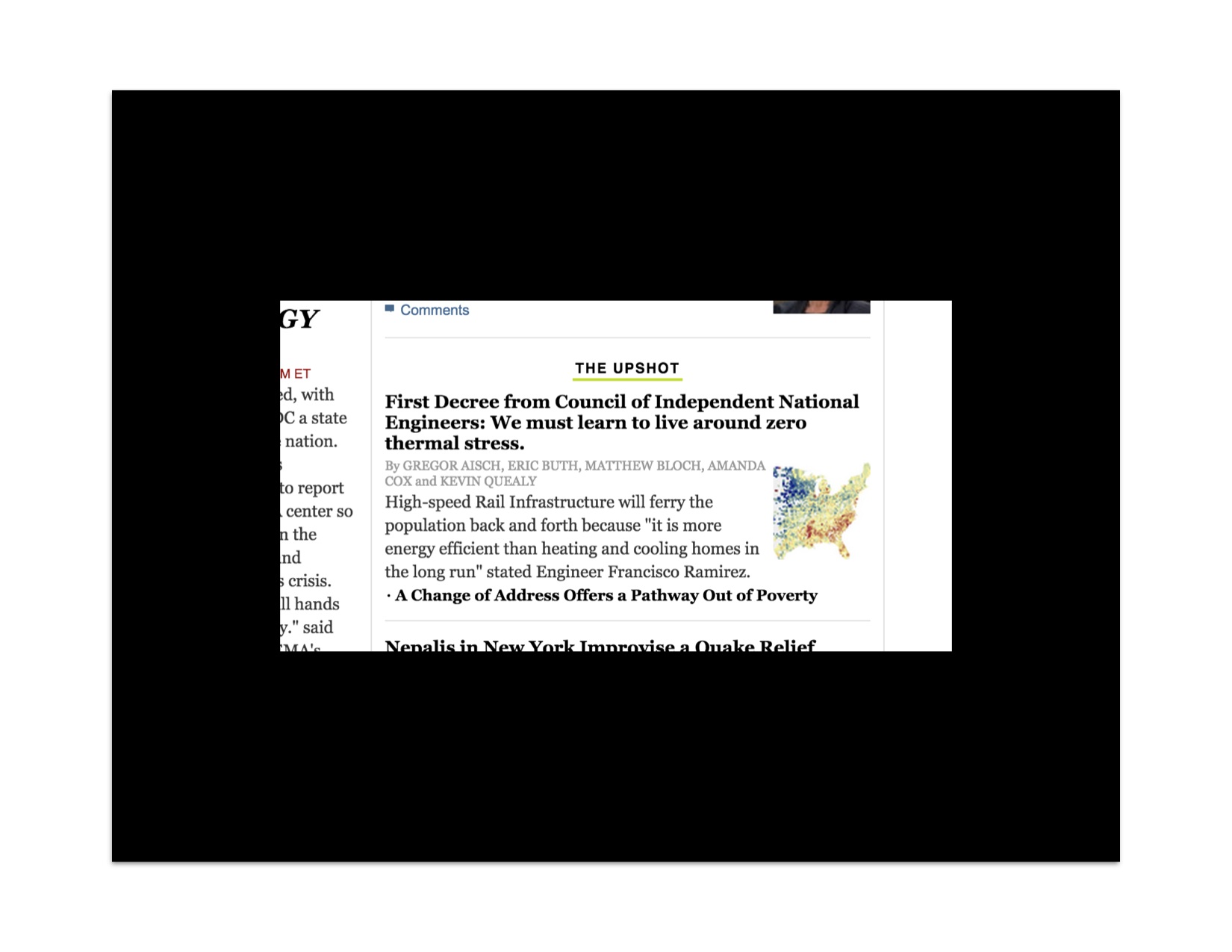

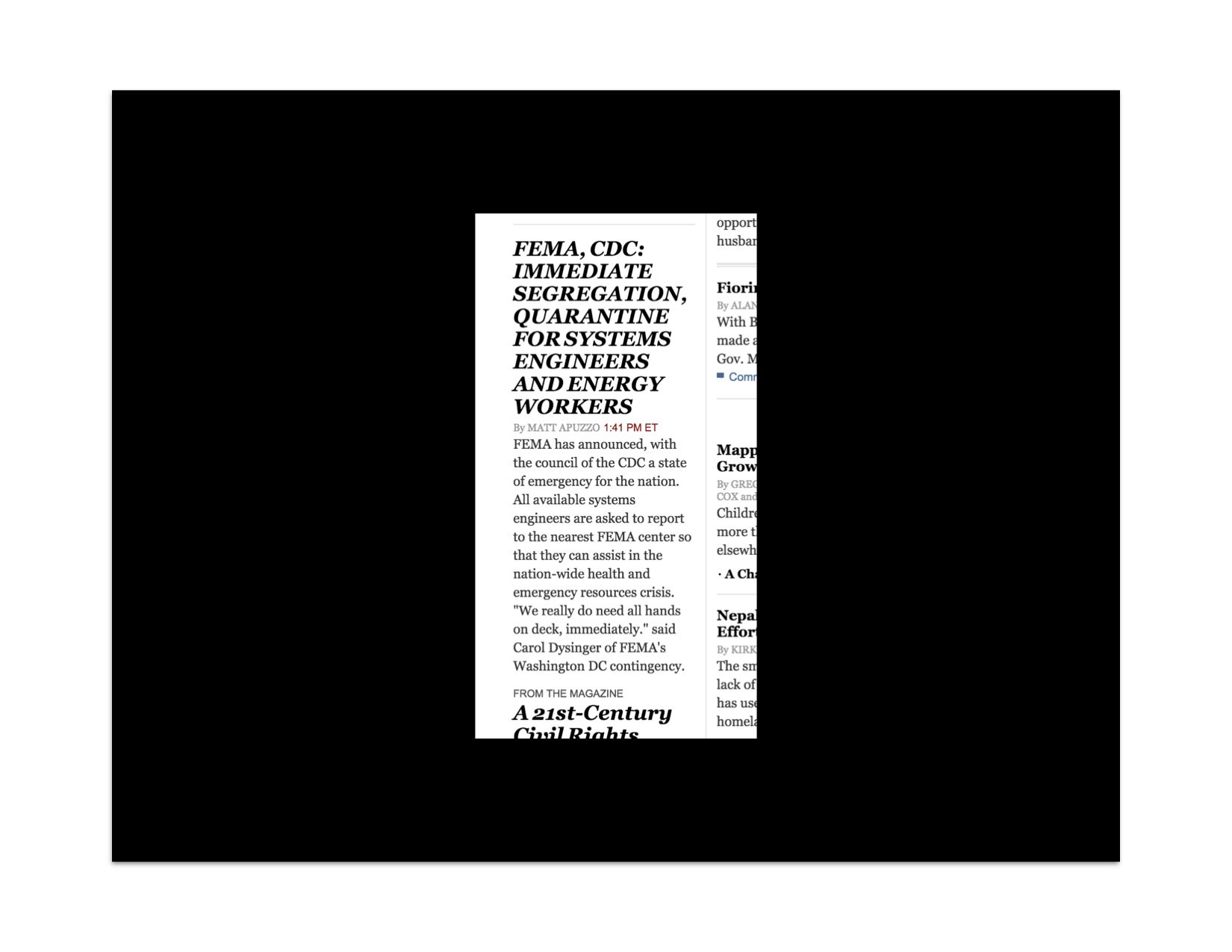
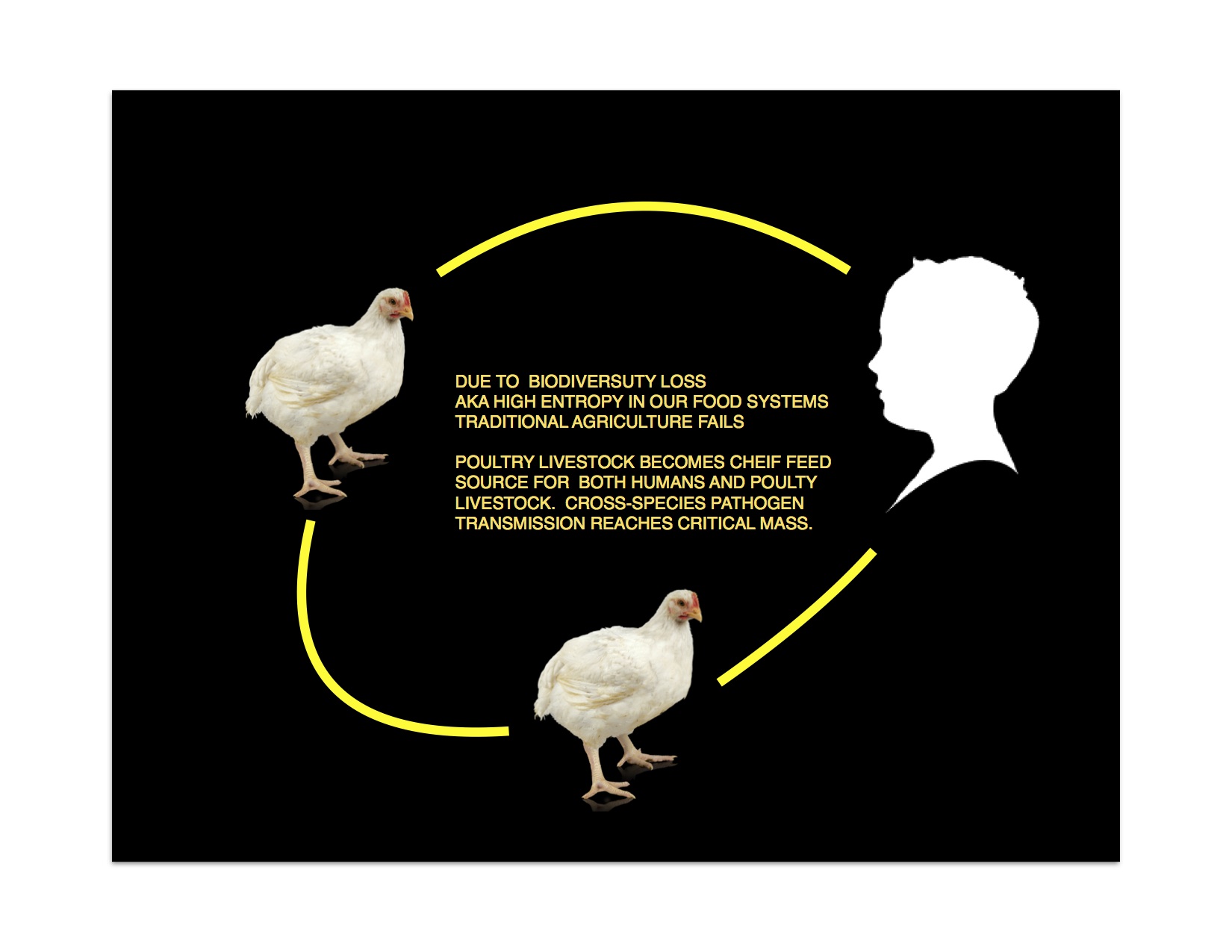
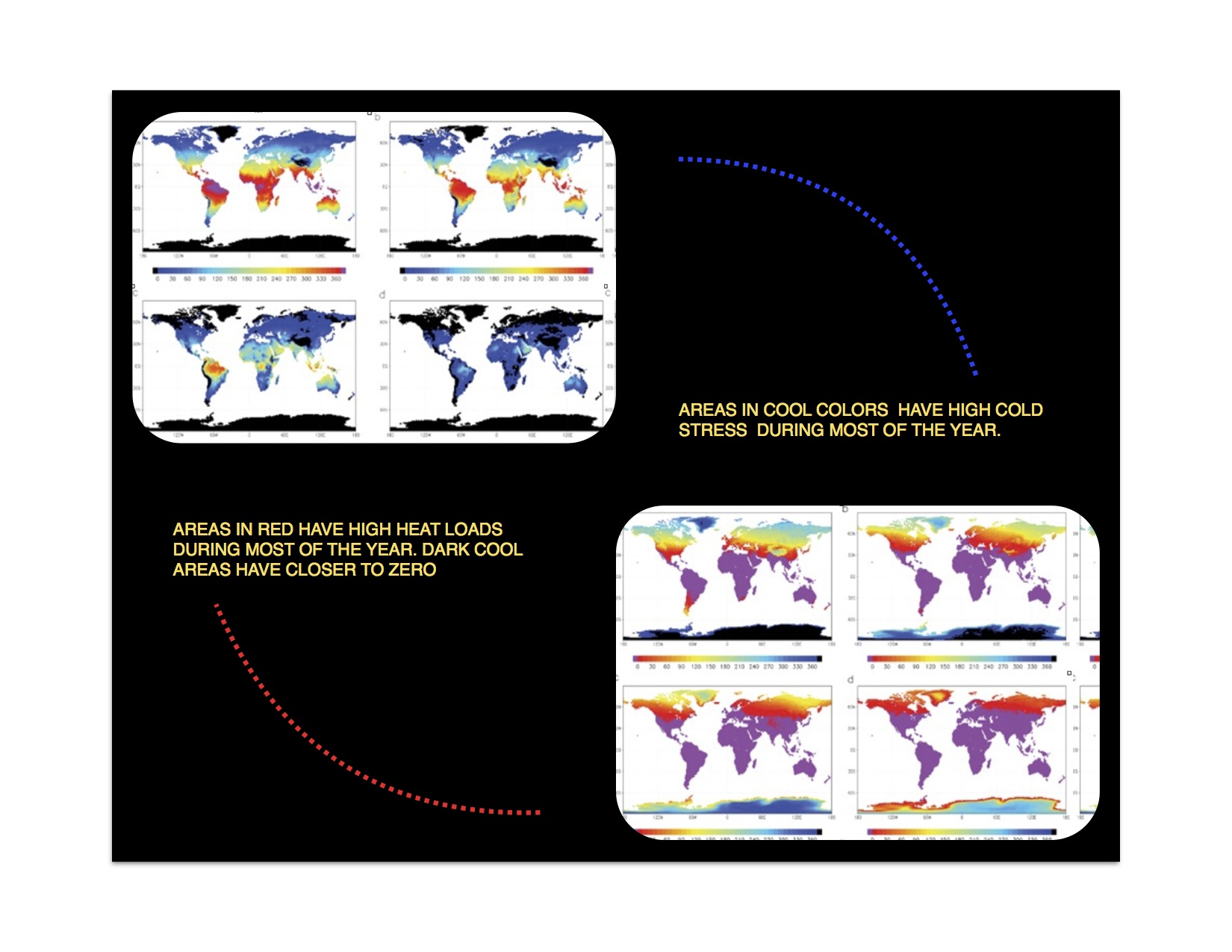
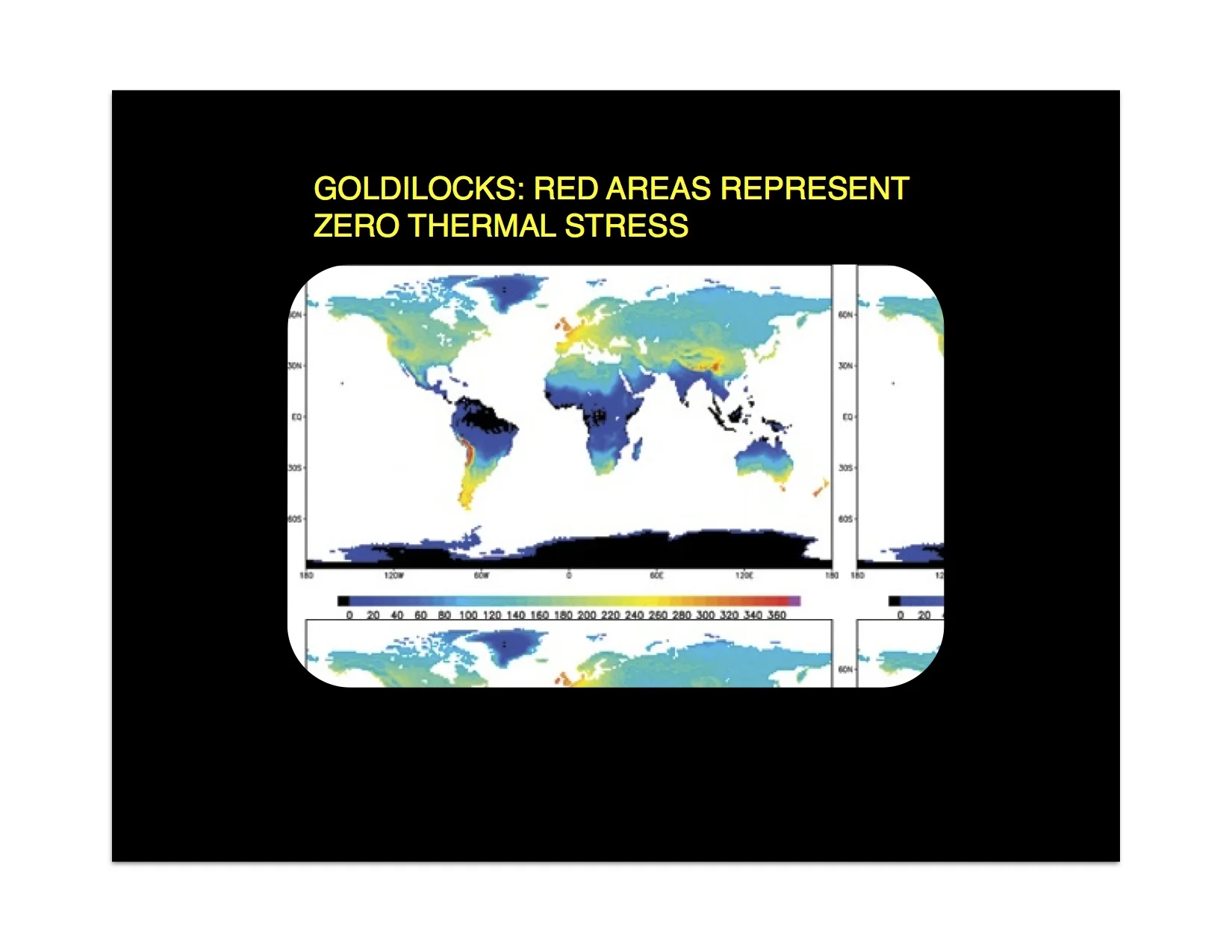
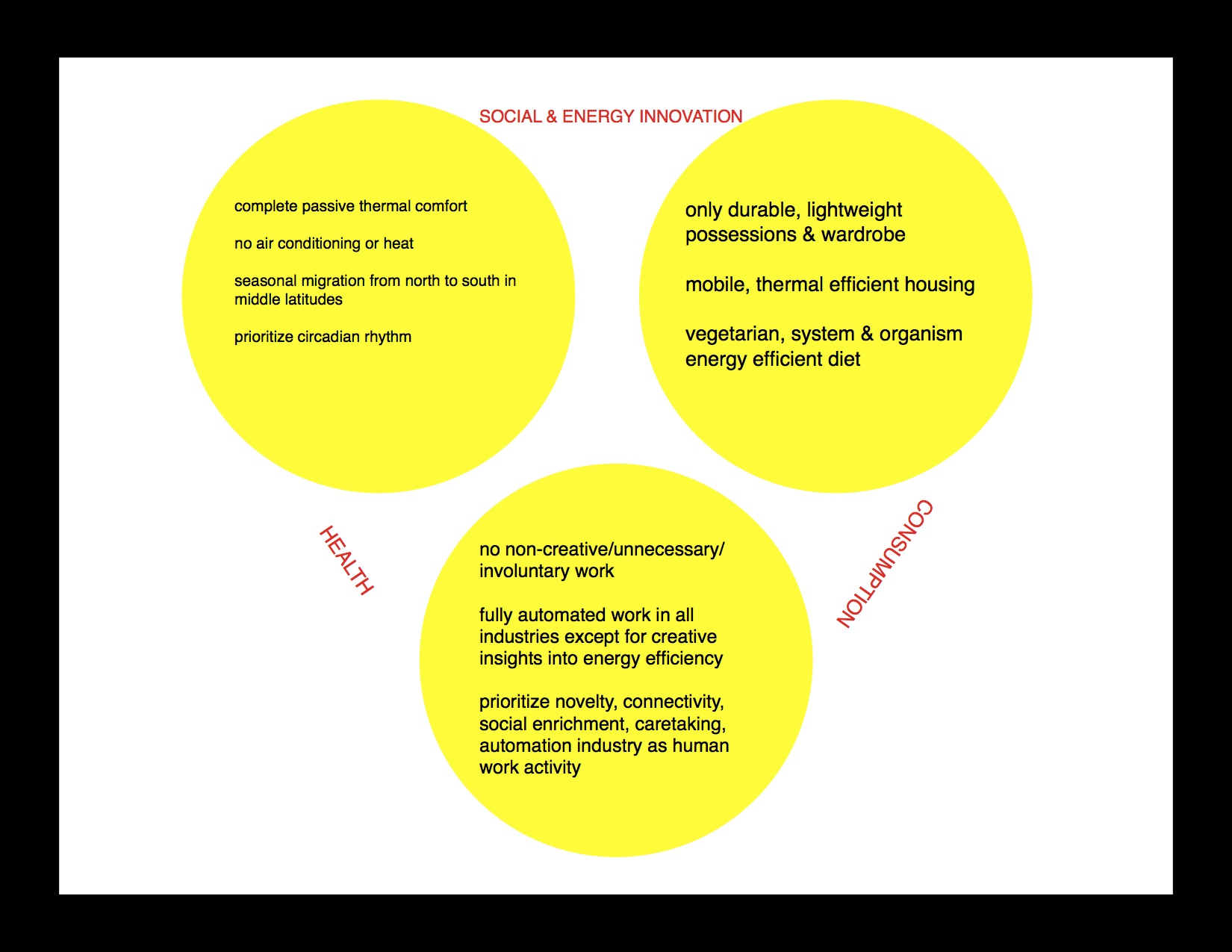
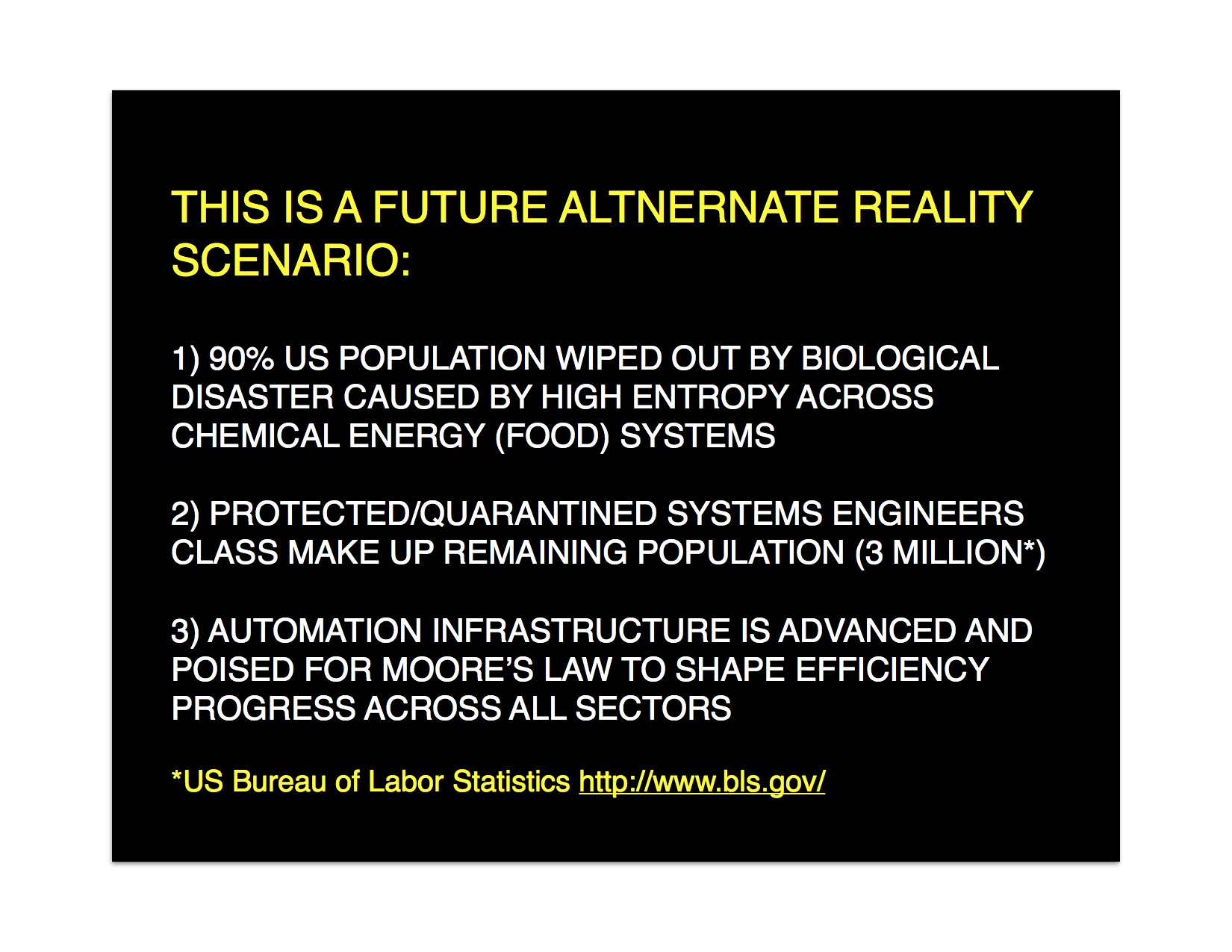
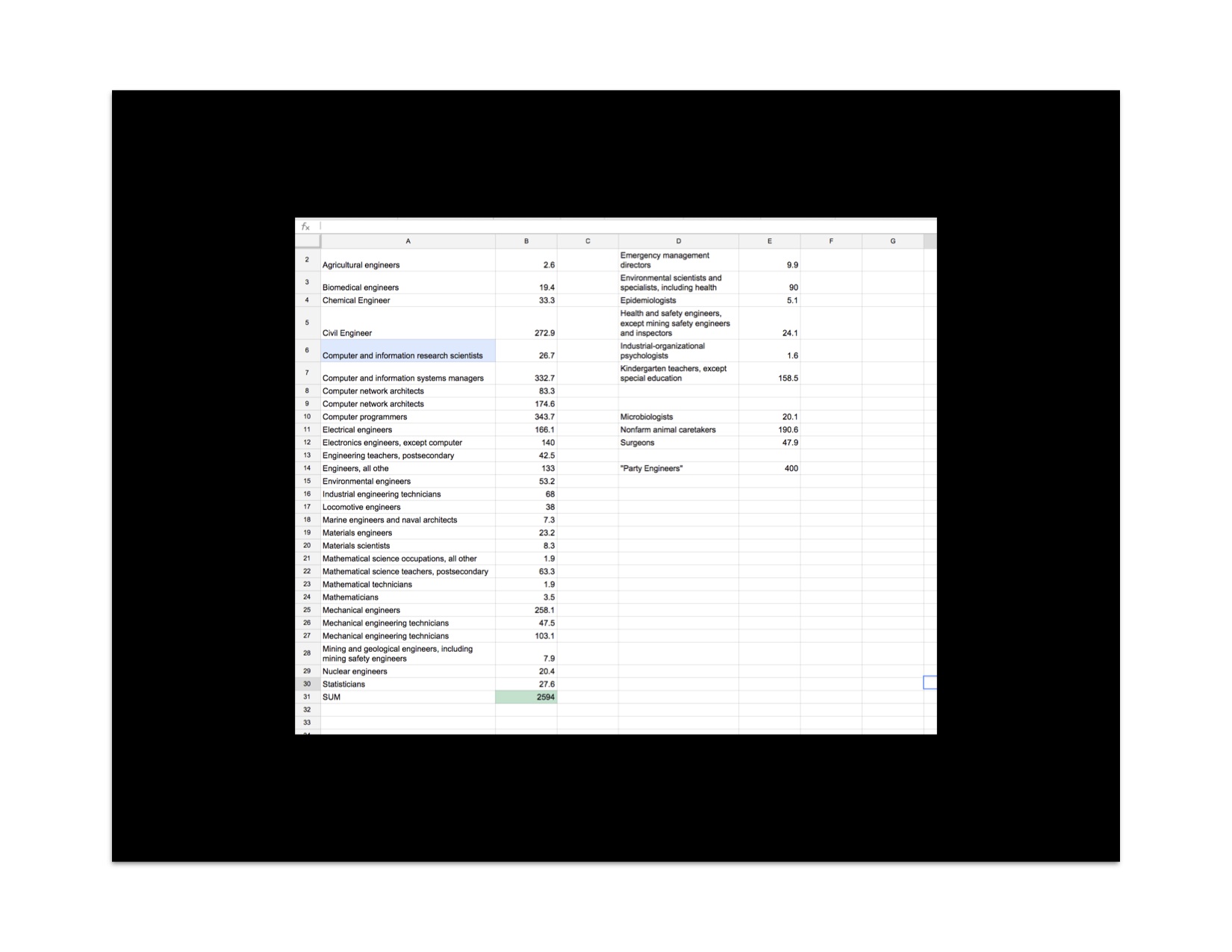
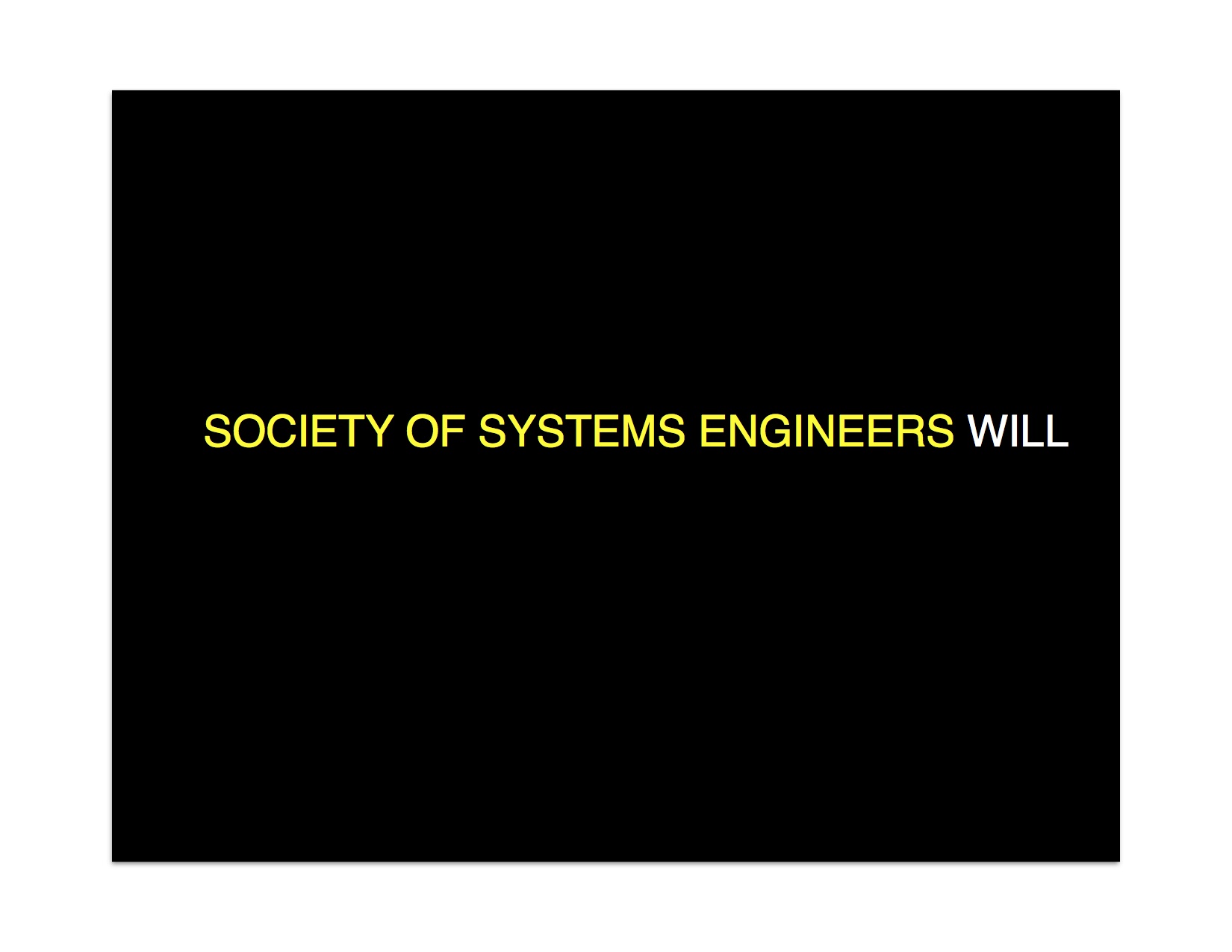
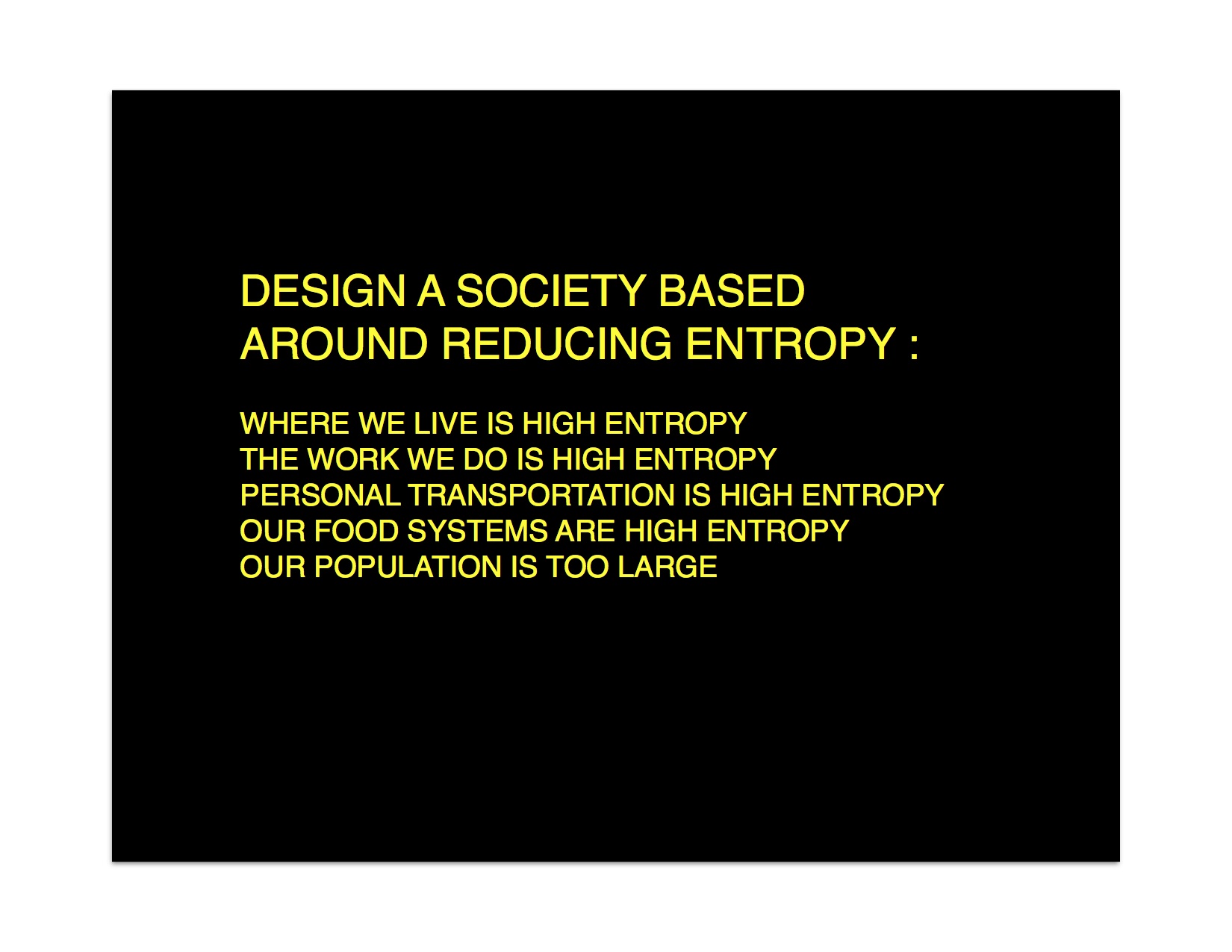
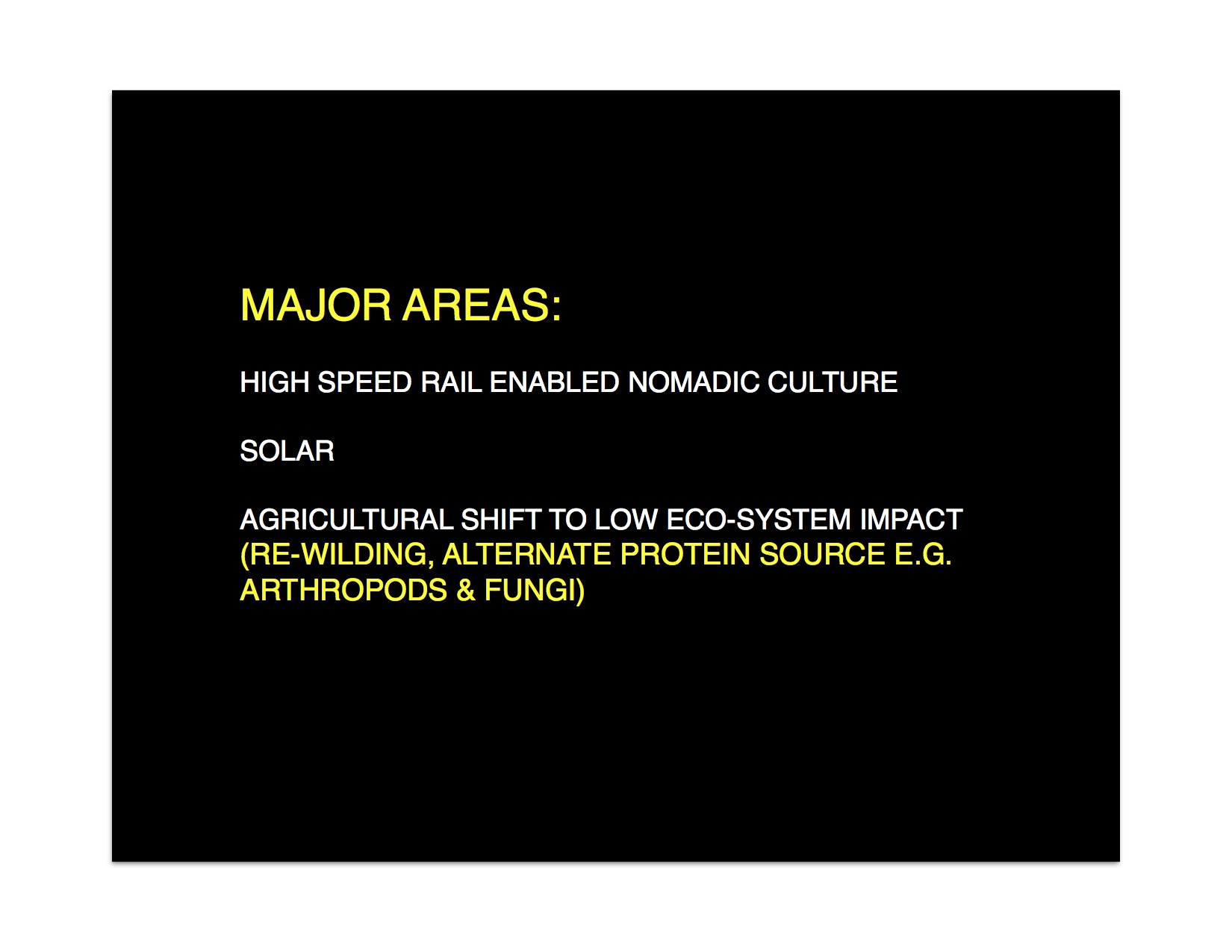
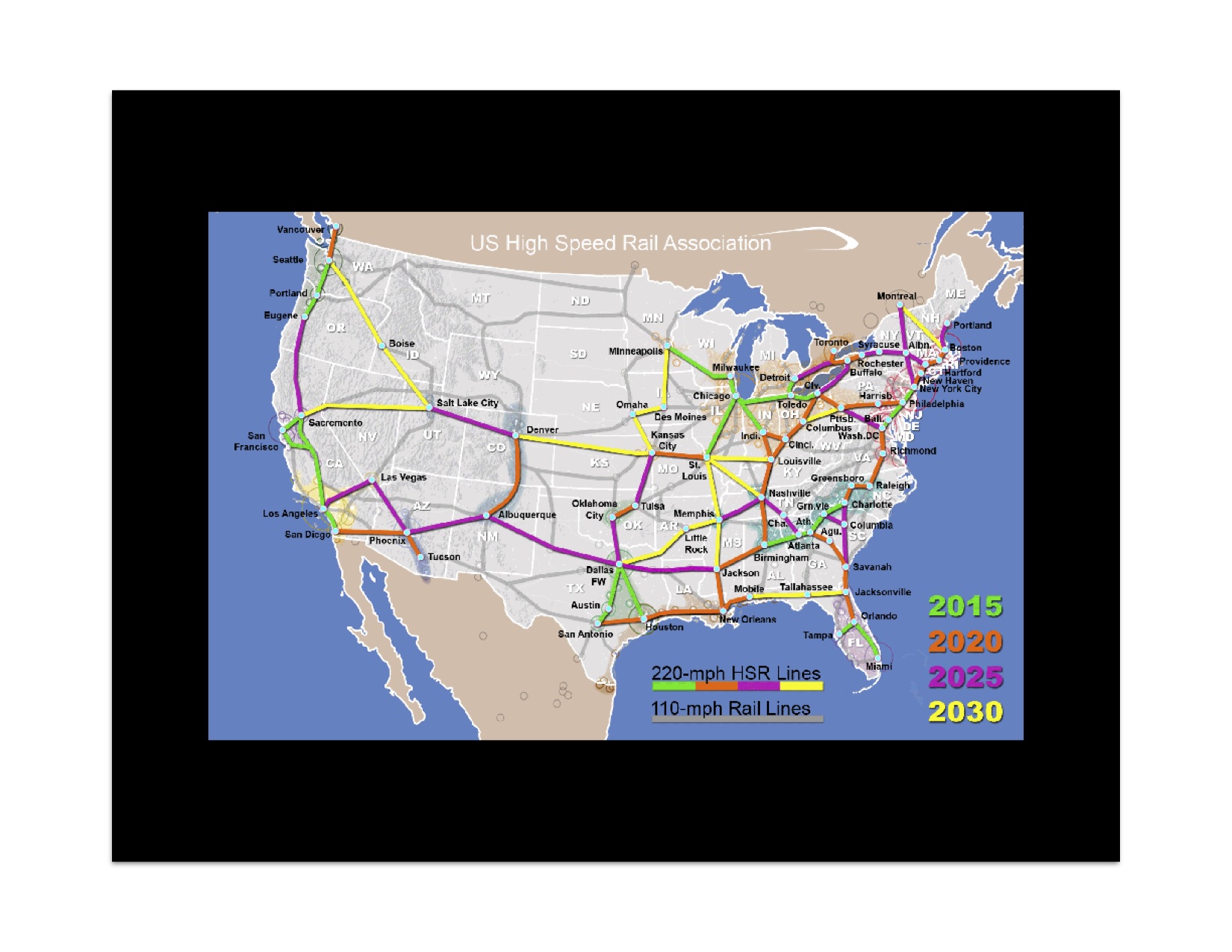
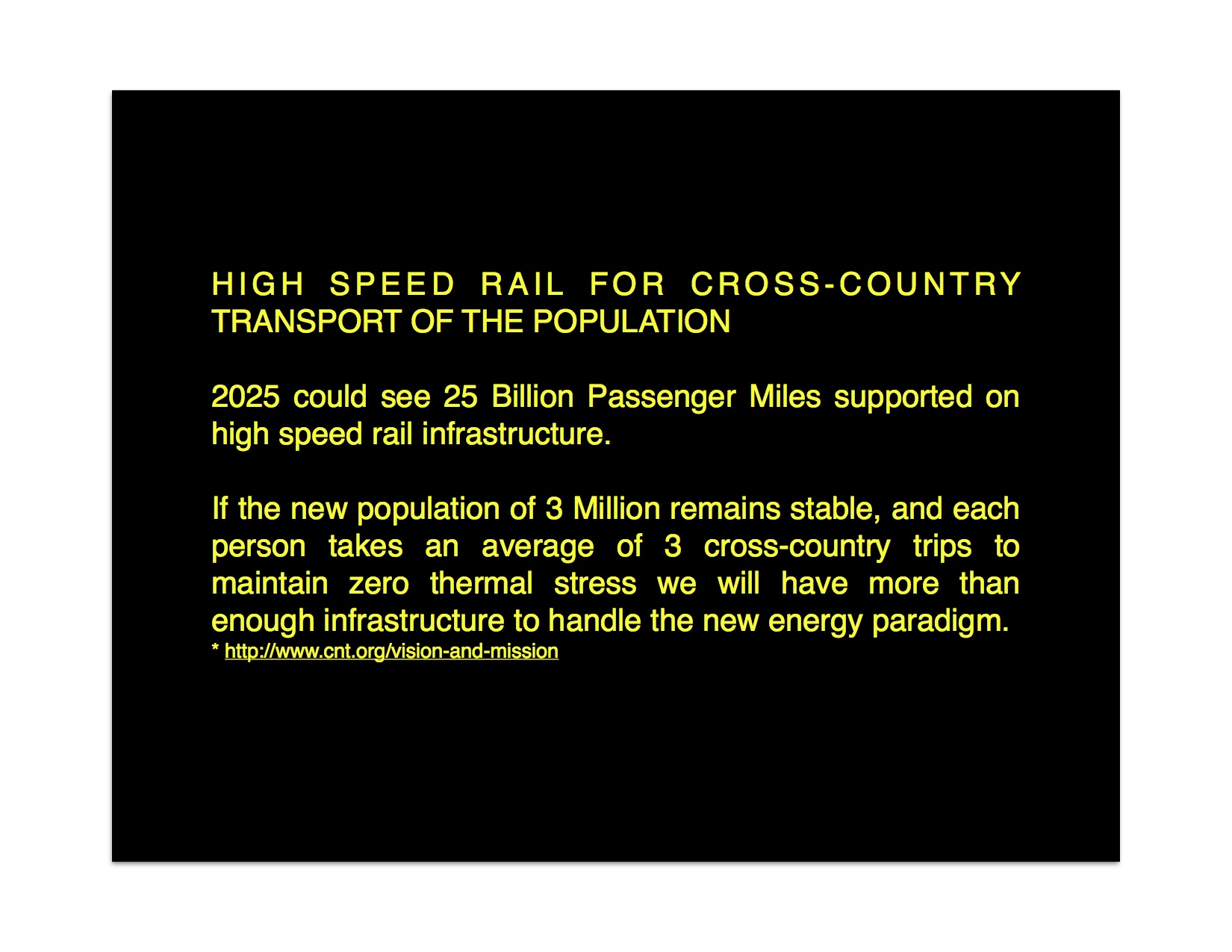
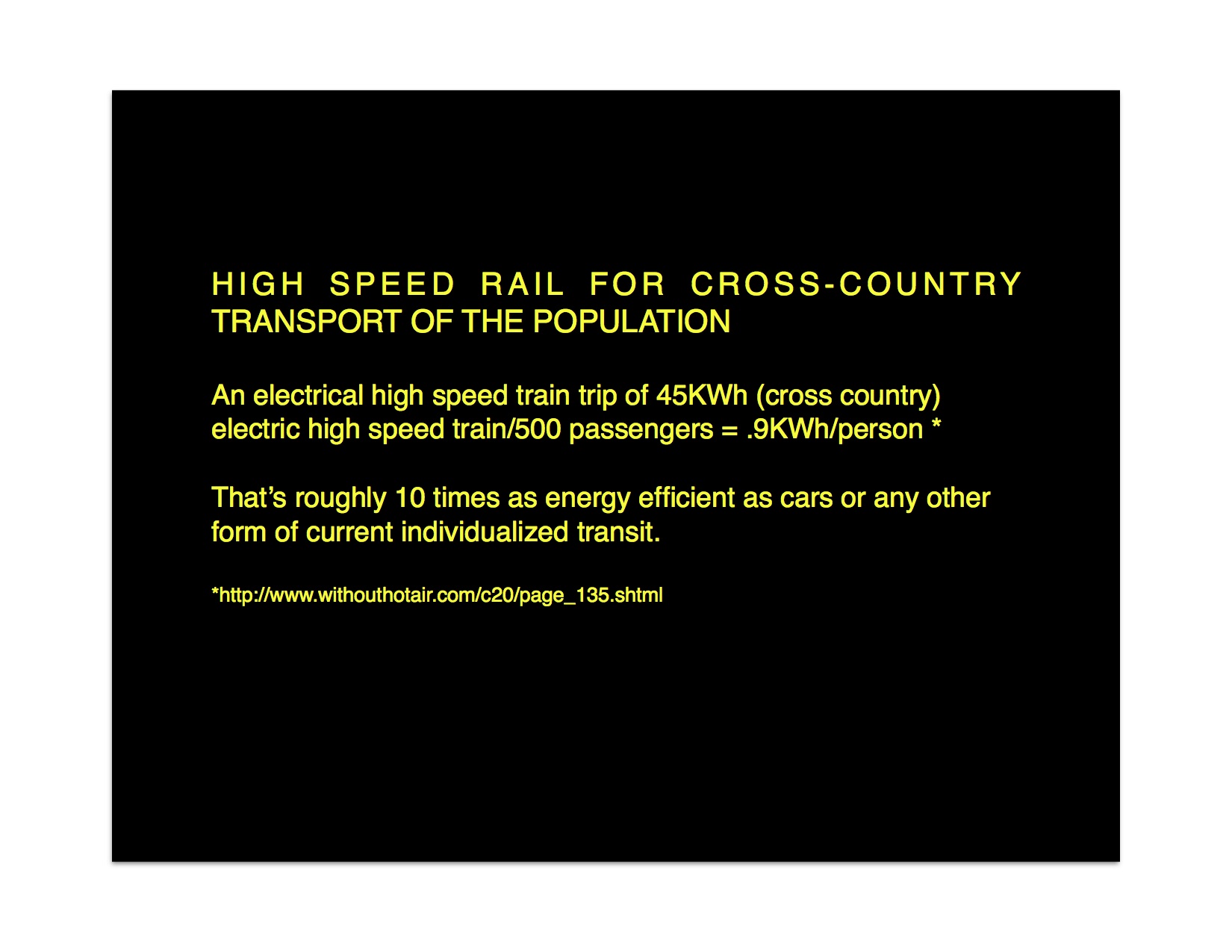

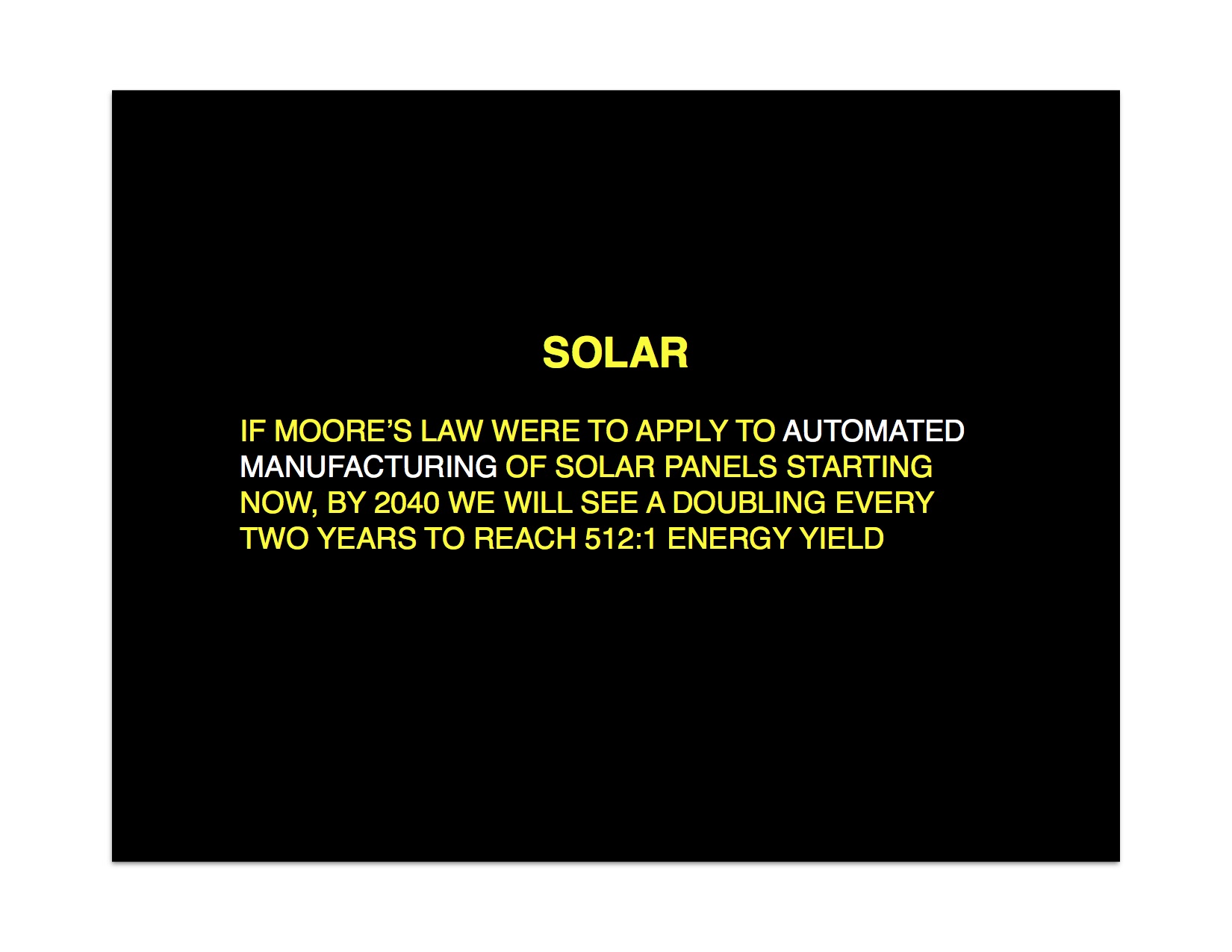
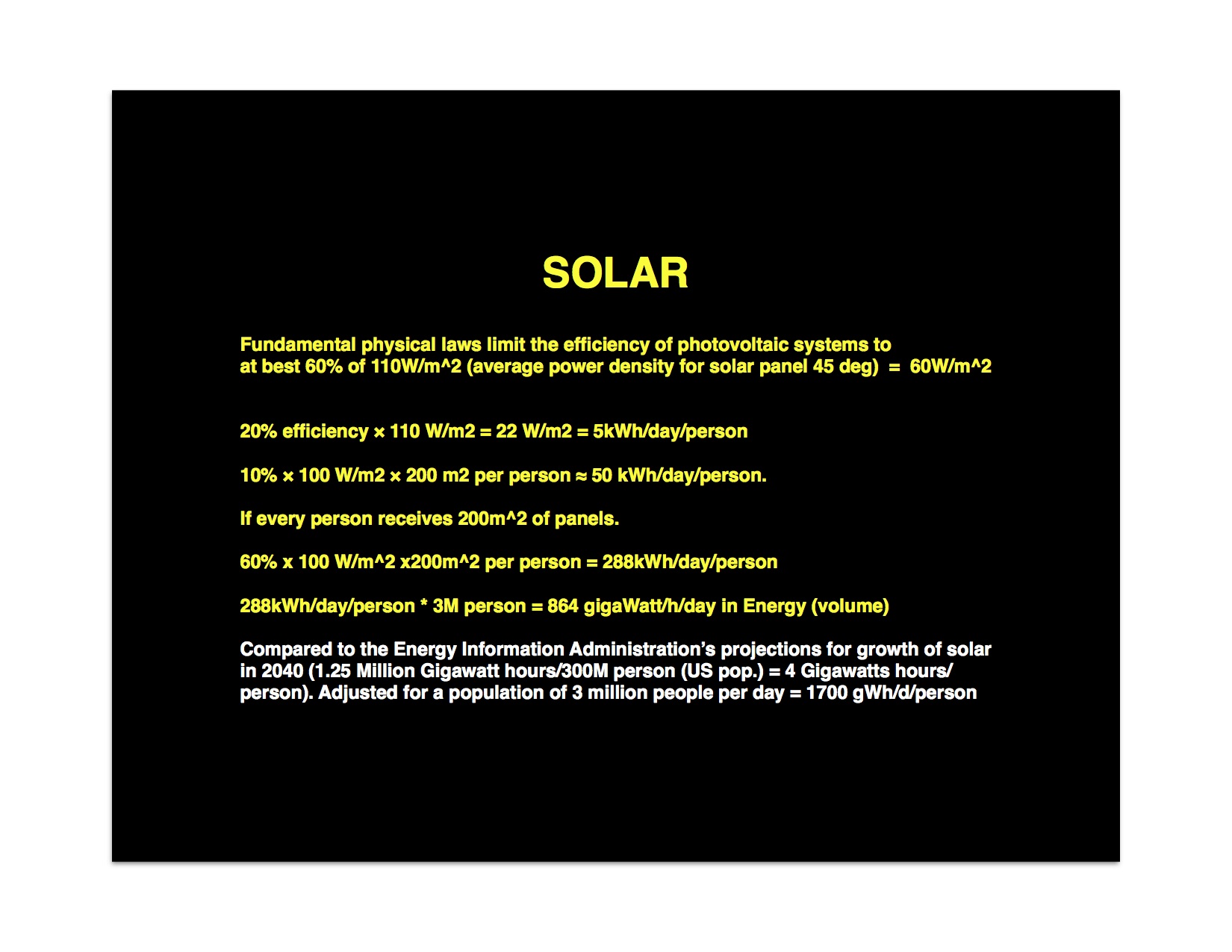
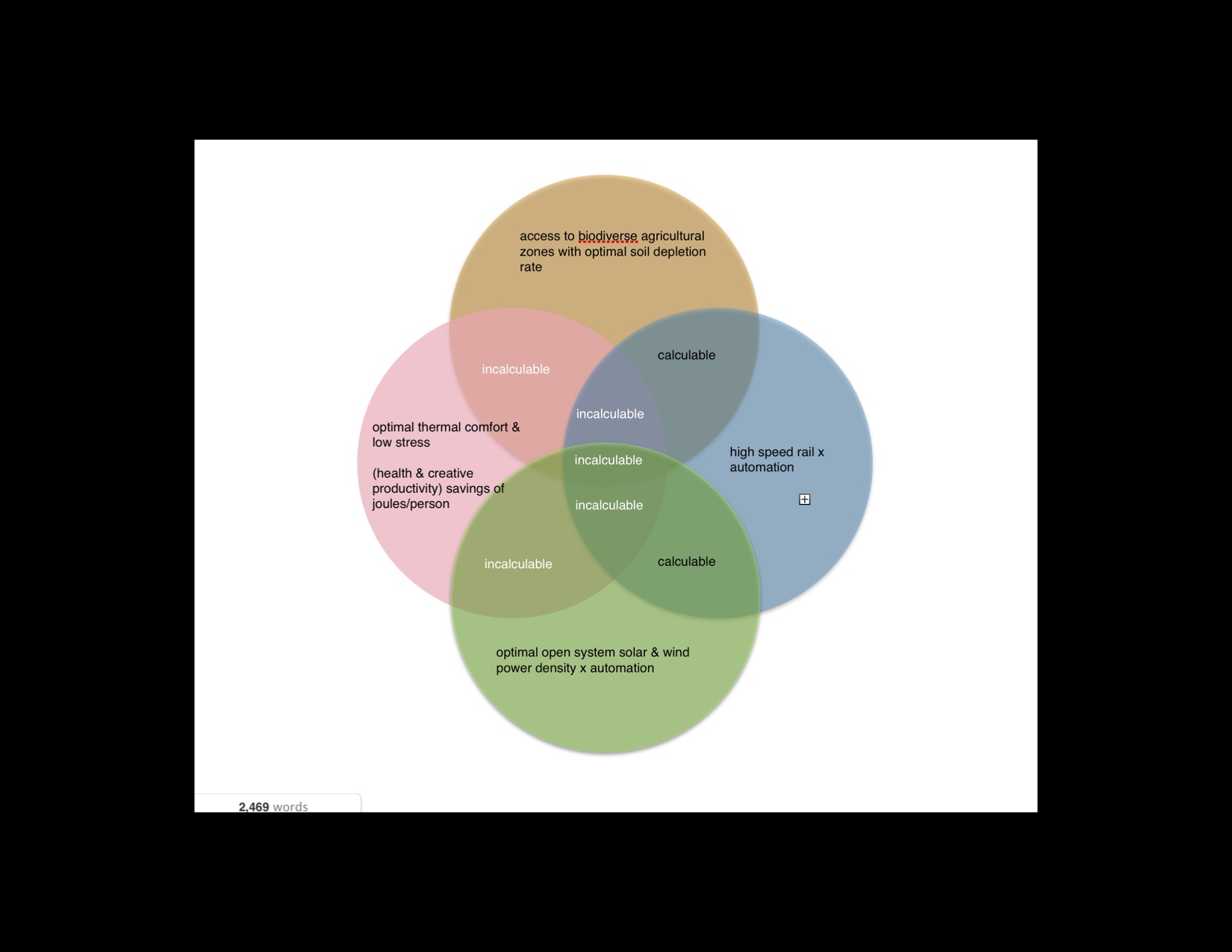
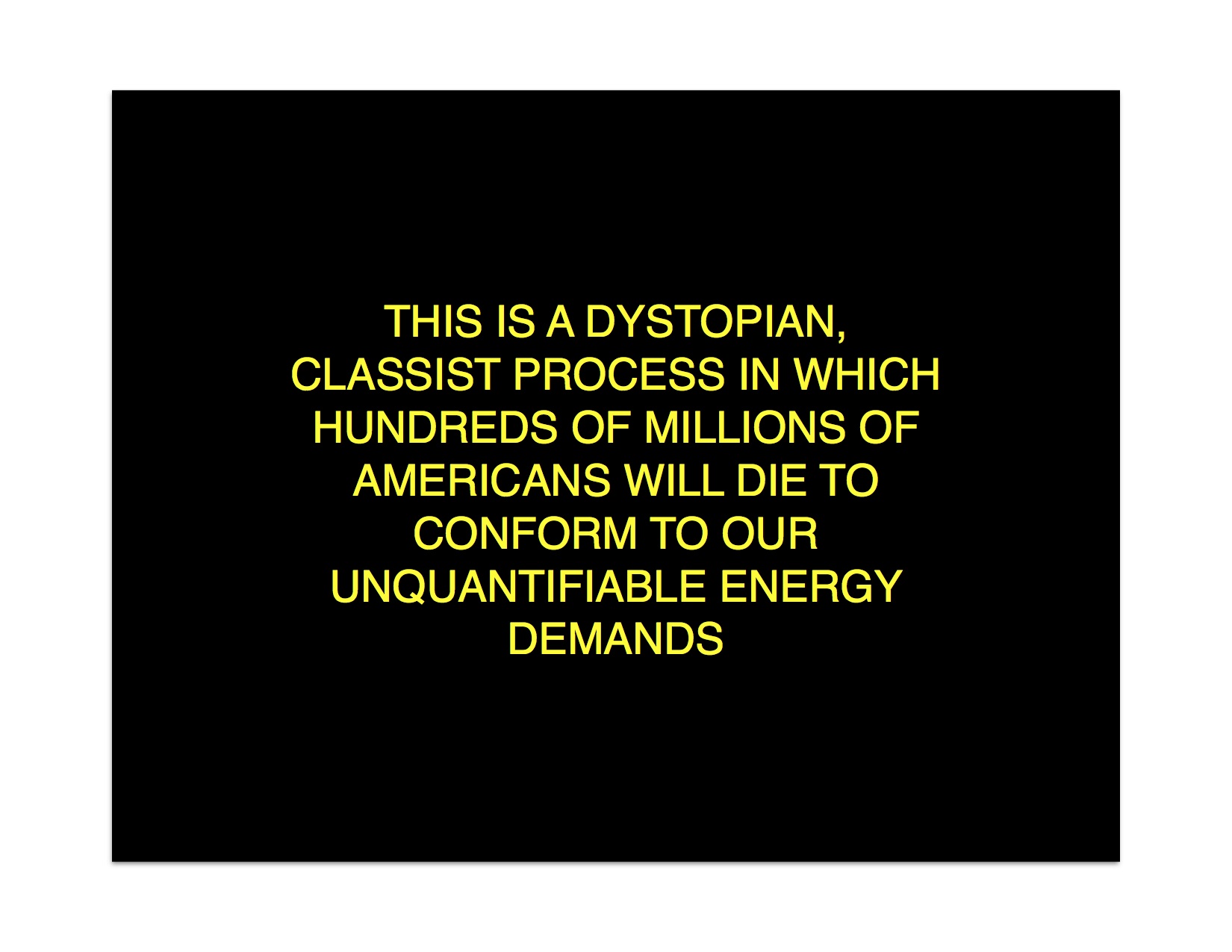
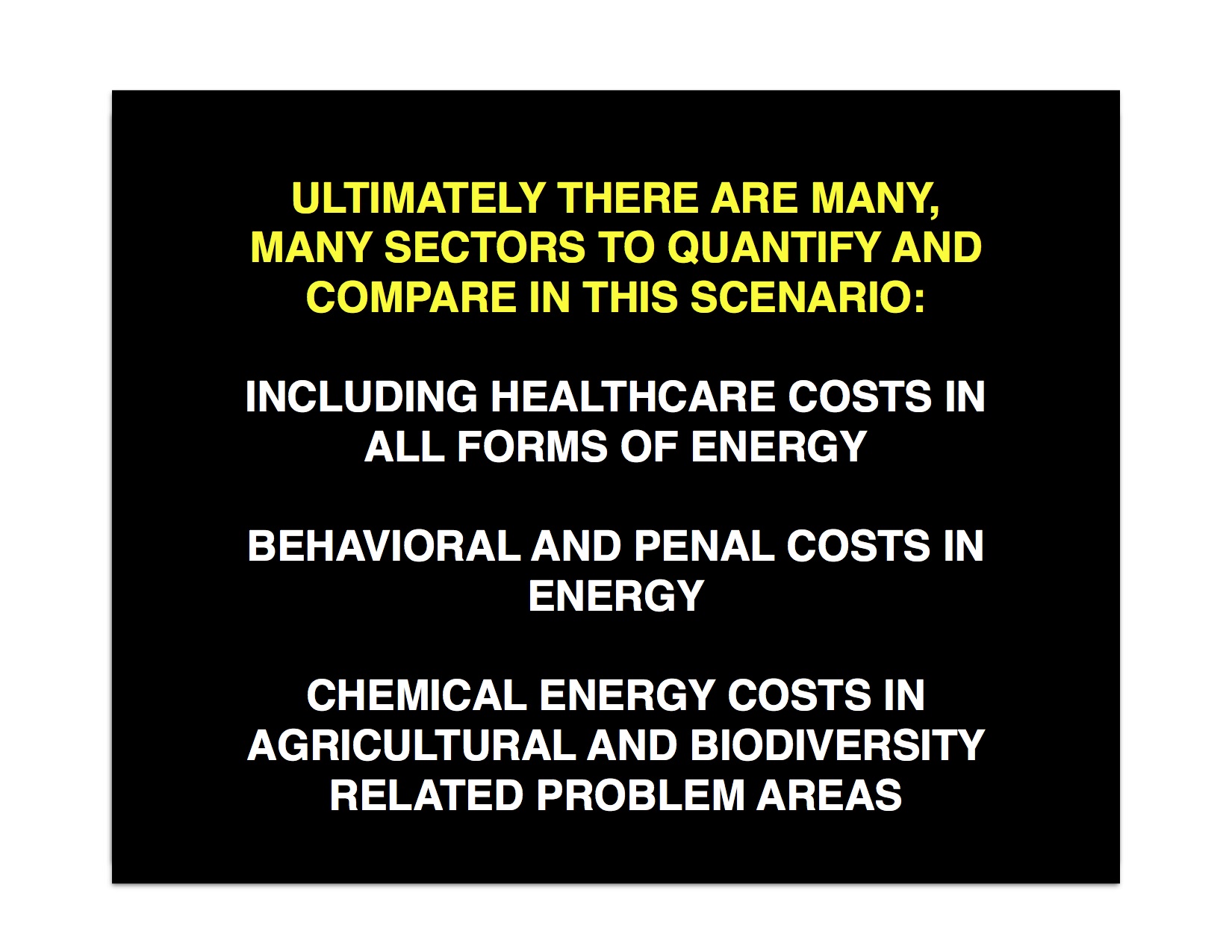
The final I proposed to Jeff Feddersen for his Energy class was a talk about an alternate reality of energy and human society. We discussed ideas from Smil's Energy: A Beginner's Guide, Mackay's Without Hot Air, the Green Revolution, Malthusian Economics, Zero Population Growth, the open solar energy systems people like the Hazda use, and Guns, Germs, and Steel as well as other ideas from class sessions. I set my alternative scenario in a near future (2040) post-automation, isolationist United States. I made it post-automation and isolationist in order to simplify my thought experiment to something vaguely imaginable. I chose the US because I live here and because it's been an industrial, economic, and cultural leader in the decades since the Earth's human population increased six-fold. I chose a biological/ecological crisis to reduce the US population to 3 Million systems engineers because I think it's a plausible projection of our culturally-motivated energy path and it was convenient.
One thing I got from my semester in Energy was that it's difficult for me to consider the science of the study of Energy while at the same time considering the human economic and emotional/societal/psychological illogic which specifies its use in destructive, entropic systems in the man-made reality we live in. Economics, psycho-social fabric, and the concept that everything is energy, and all living things, including humans are energy-phages. I want to consider all energy on the same level and so my ambitious idea was to take all major sectors of the US economy and somehow isolate and simplify them enough to extrapolate them into an alternate scenario where they could some how be harmonized or at least quantified in real energy terms - including the energy costs of poorly managed healthcare systems, food and ecological systems, social problems, and other inefficient maladaptations of our society which causes enormous amounts of entropy which aren't necessarily identified transparently in terms of the toe or kilo-Watt hours they cost us - wasted energy which could be put toward making these systems more efficient instead.
Humans can do math, but we can't make logical decisions or think far enough into the future to apply logic there. After a conversation in which someone suggested I pursue another approach because my idea had no attachment to reality. I decided I would use that as a strength to provoke thought about why this type of idea is so difficult to attach to reality. I realized that I wanted to use this as a continuation of the world-building I did for my Future of New Media Post-Automation scenario for 2025. This was in turn a world-building research project I wanted to incorporate into my Anthropocene final project, a screenplay about an android living in an automated human society. Coincidentally my topic was the Green Revolution in her class, the fossil-fuel driven food energy event which turned enough solar and chemical energy into the largest accumulation of anthropomass to date.
My research process was grazing - once I settled on my scenario and parameters (the biggest step was deciding to go to the US Bureau of Labor Statistics and tally the number of systems engineers I would "save" from the mass extinction due to cross-species transmission of deadly diseases and a collapsed food system driven by a complete flattening of biodiversity), I realized there were so many areas to quantify and that I didn't even know where to begin to getting the relevant data (e.g. where total energy costs are found in a scenario like Australia's rabbit problem, or how much toe is wasted caring for patients whose cardiovascular health is compromised due to high thermal stress while doing hard physical labor.)
It's a dystopian future which involves the worst kind of capitalist classism and it involves a shocking crisis. I intended it that way as a plausible extrapolation of current trends as a background scenario for a near-future science fiction. I mean to make a point about how economics of industry and human psychology makes it difficult for systems engineers and science leaders to get the resources and political cooperation they need to take a transdisciplinary approach to fixing our energy problem.
photo courtesy Song Hia
Sam Sadtler, Diego Cruz, Shaun Axani and I presented to a room full of people beckoned to ITP by our longtime professor Art Kleiner, whose career has notably spanned time as a journalist and consultant at institutions from the Whole Earth Catalogue and PwC as well as by a mysterious yet promising mention in the New York Times City Room Blog here.
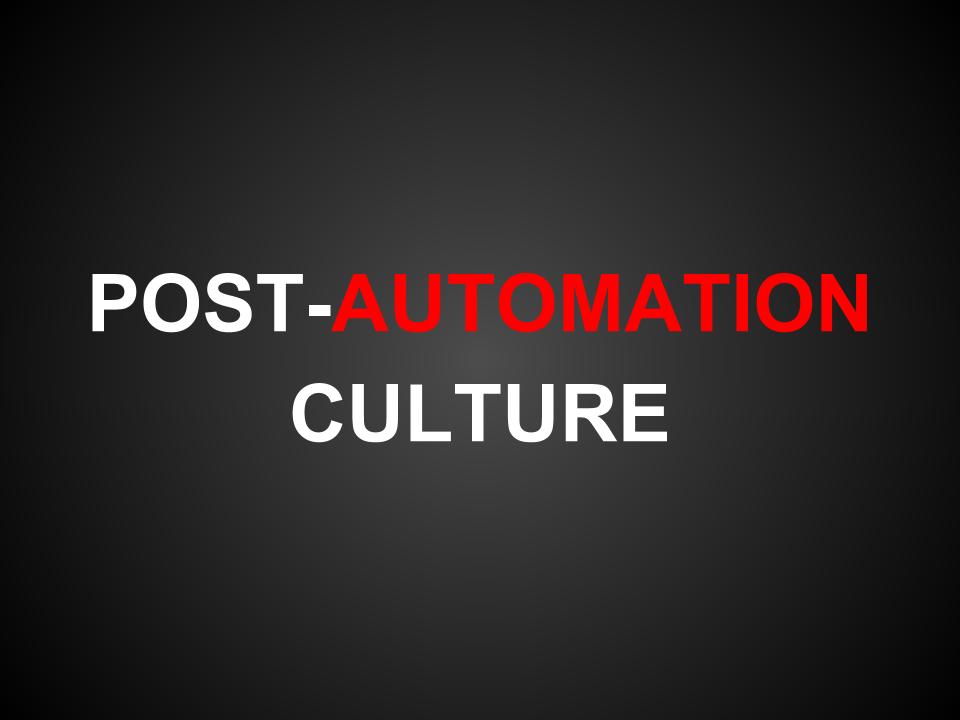

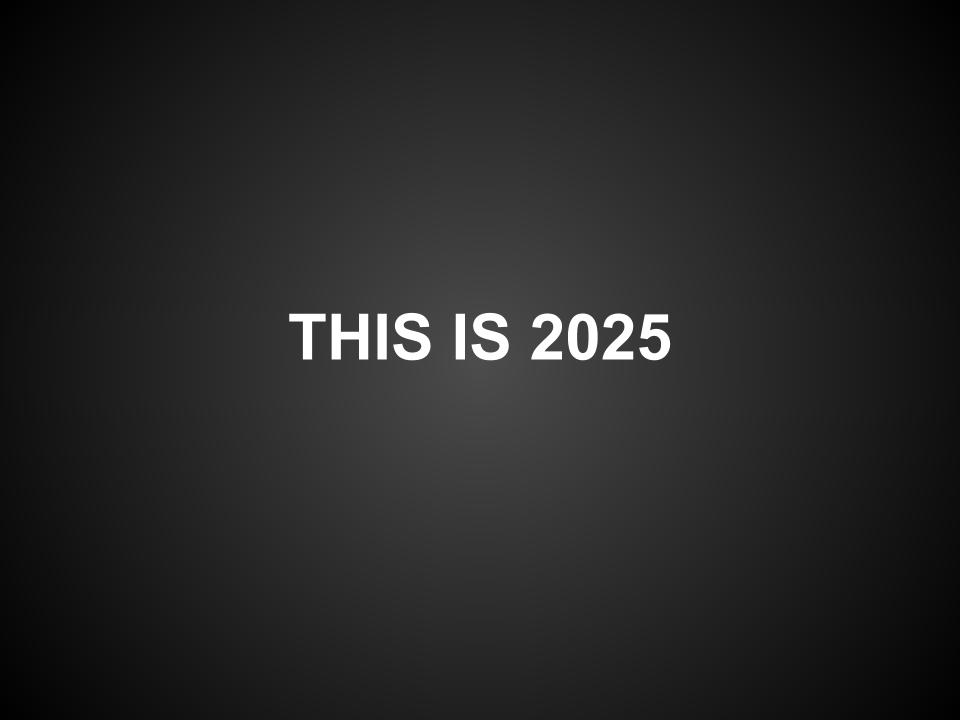
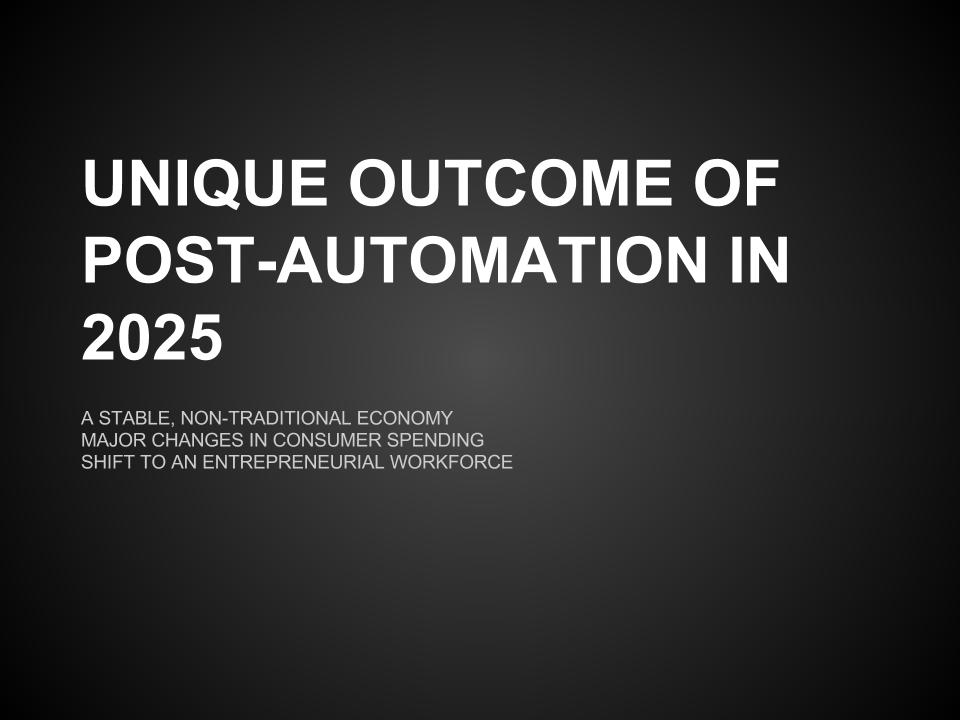

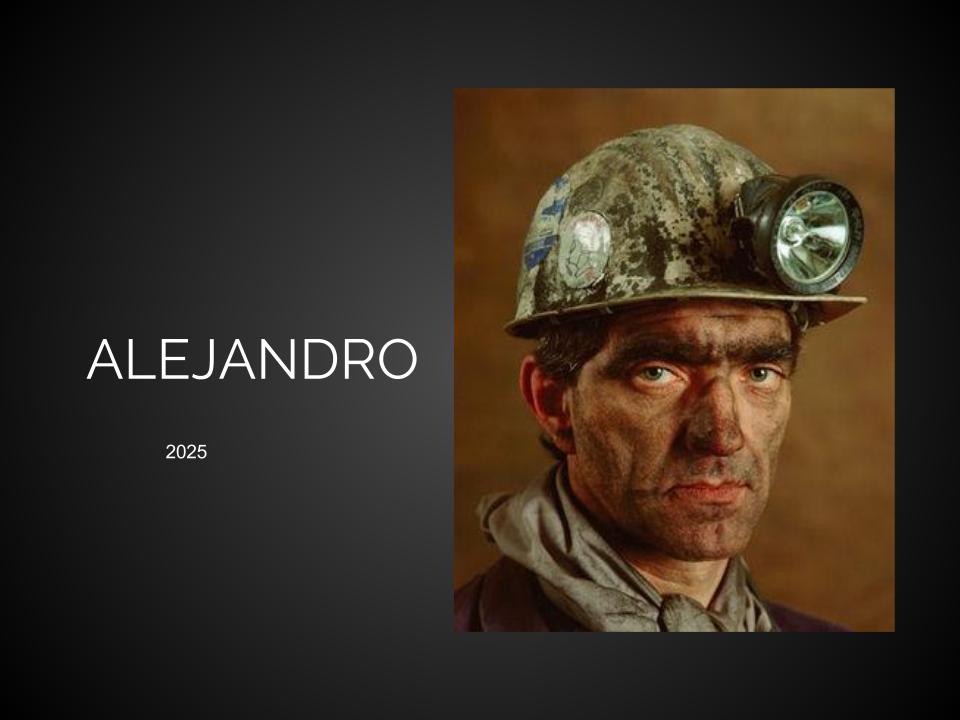
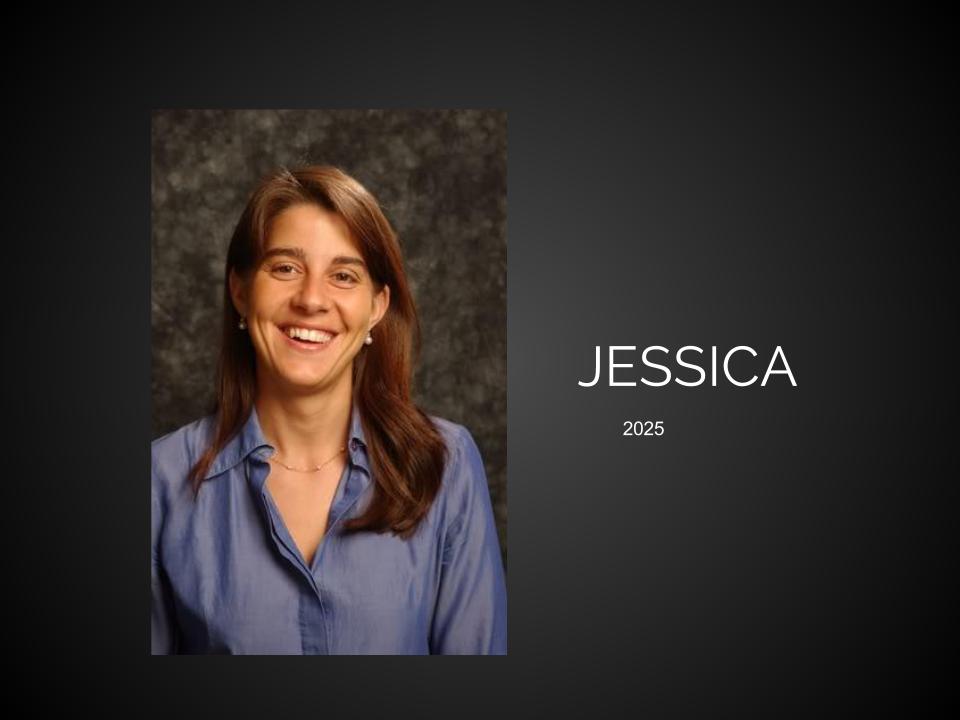
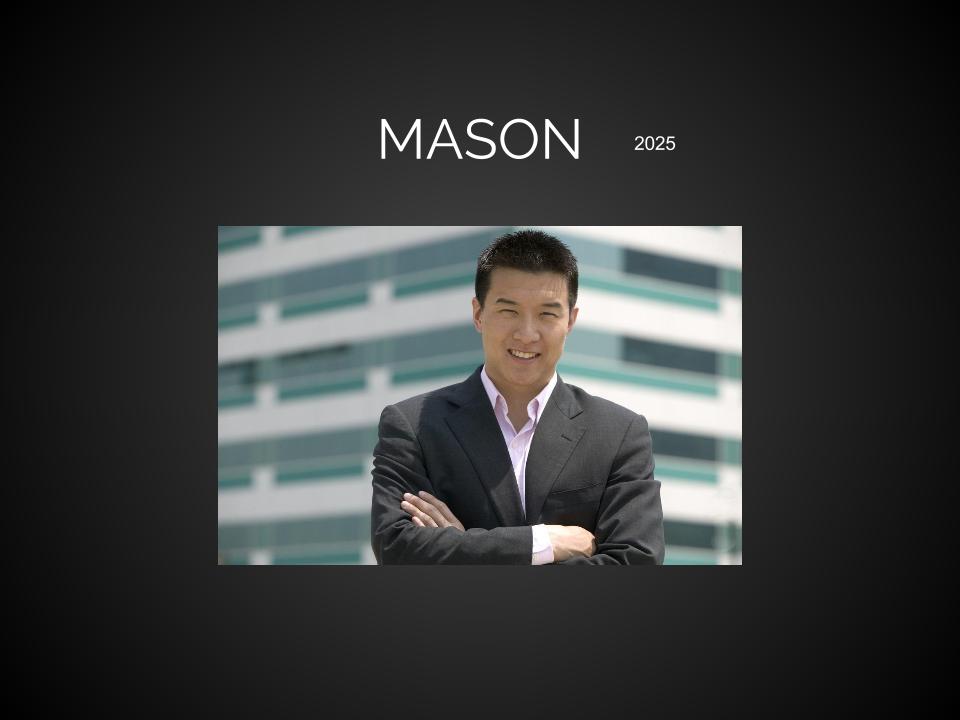
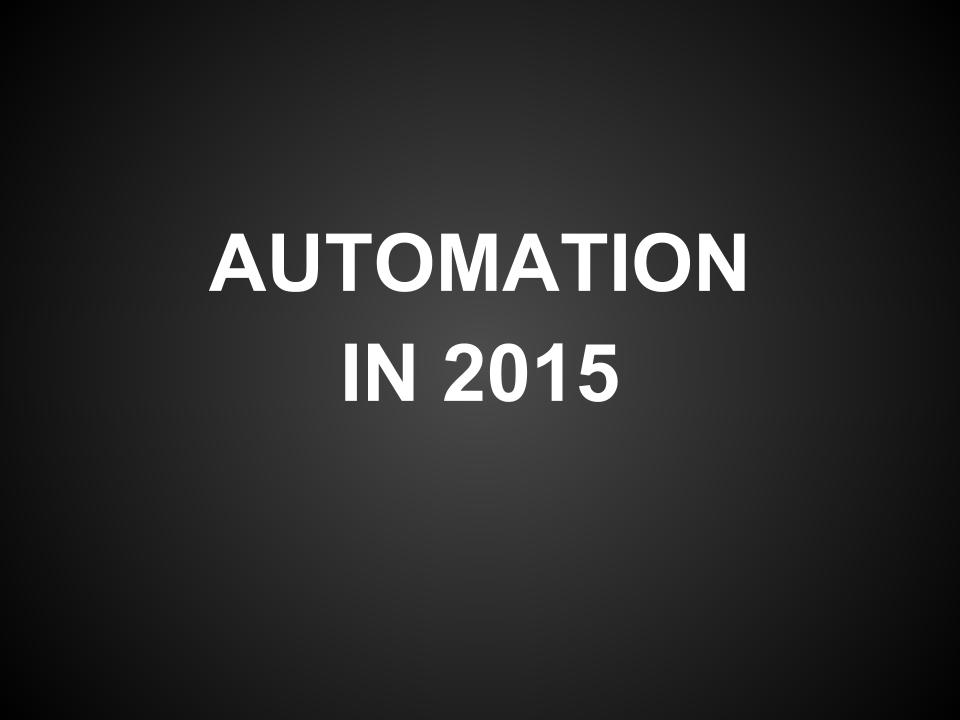
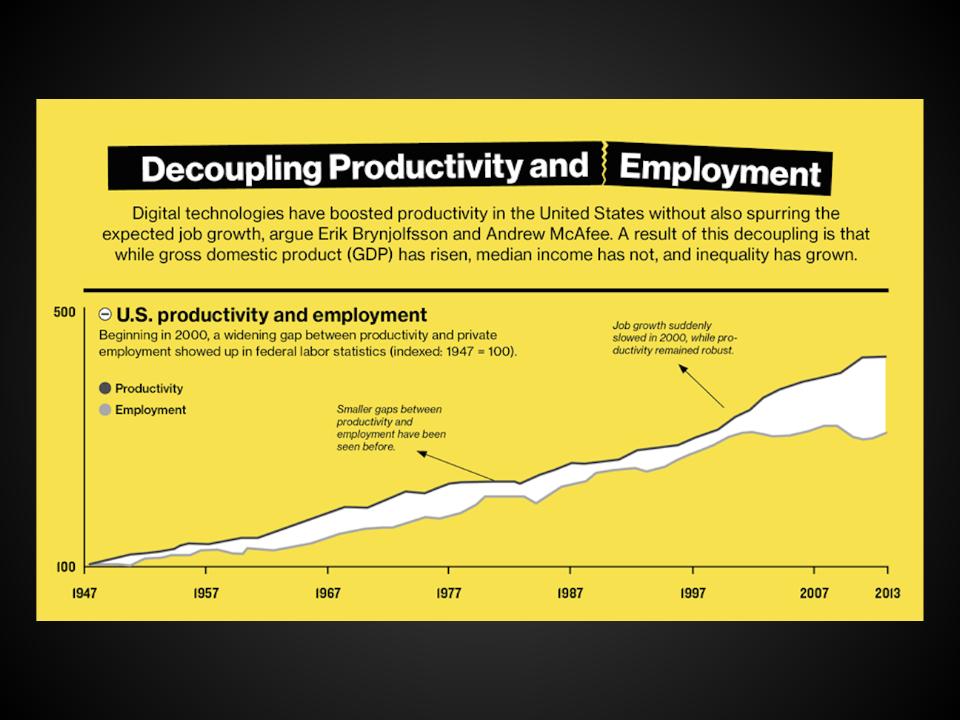
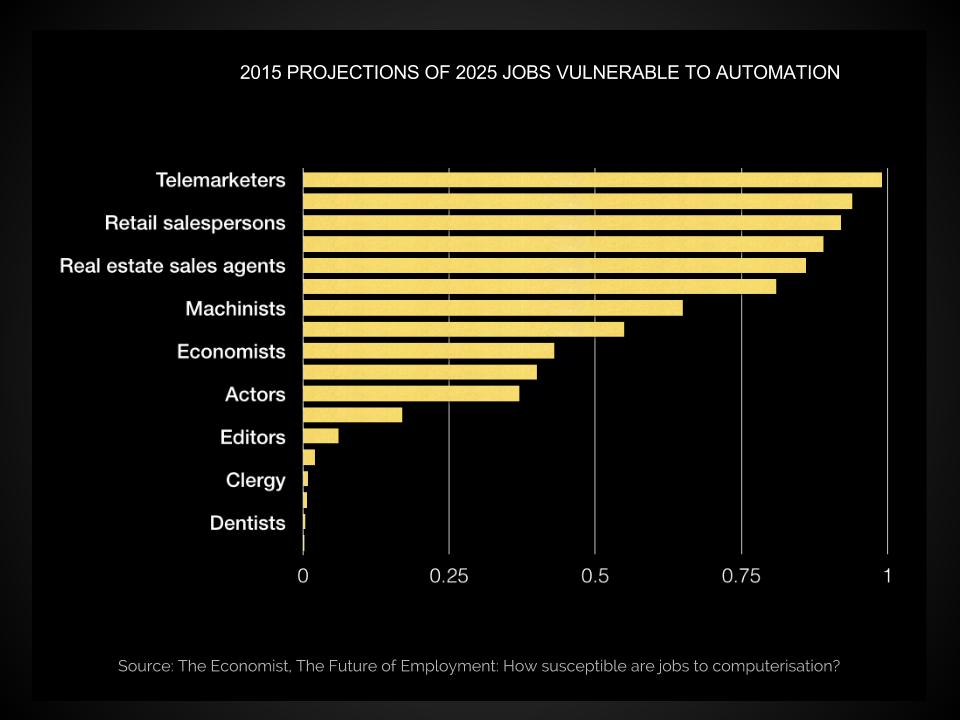
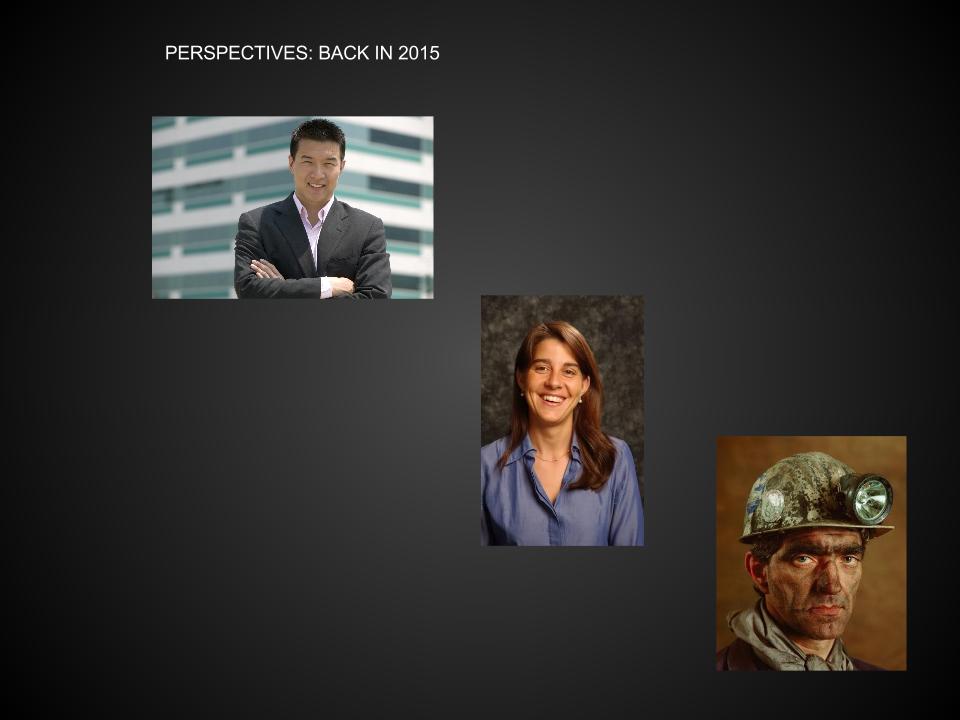
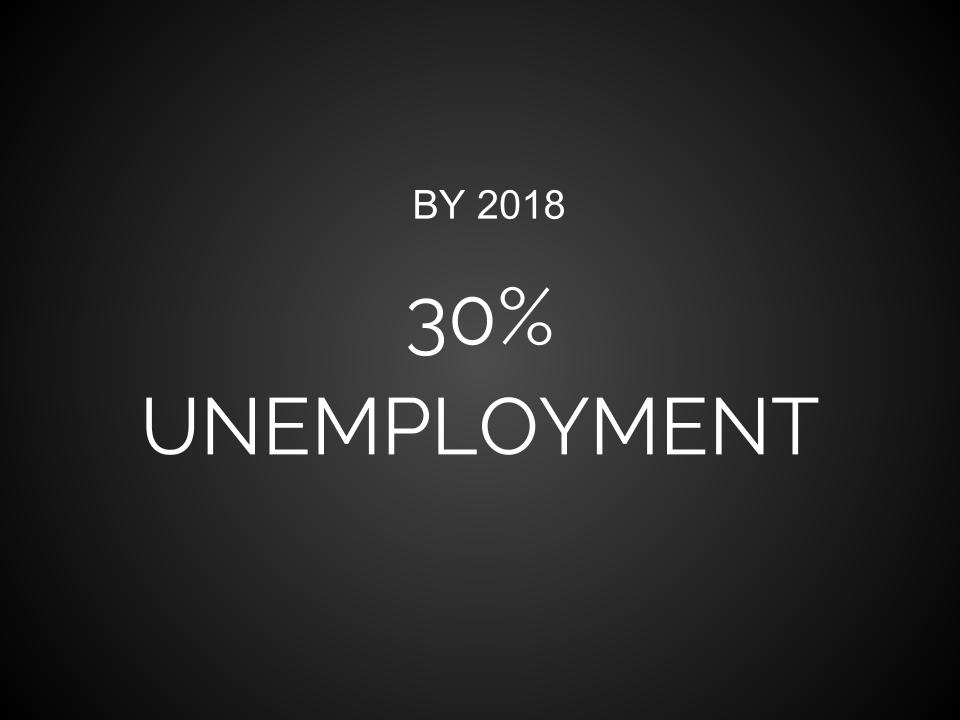
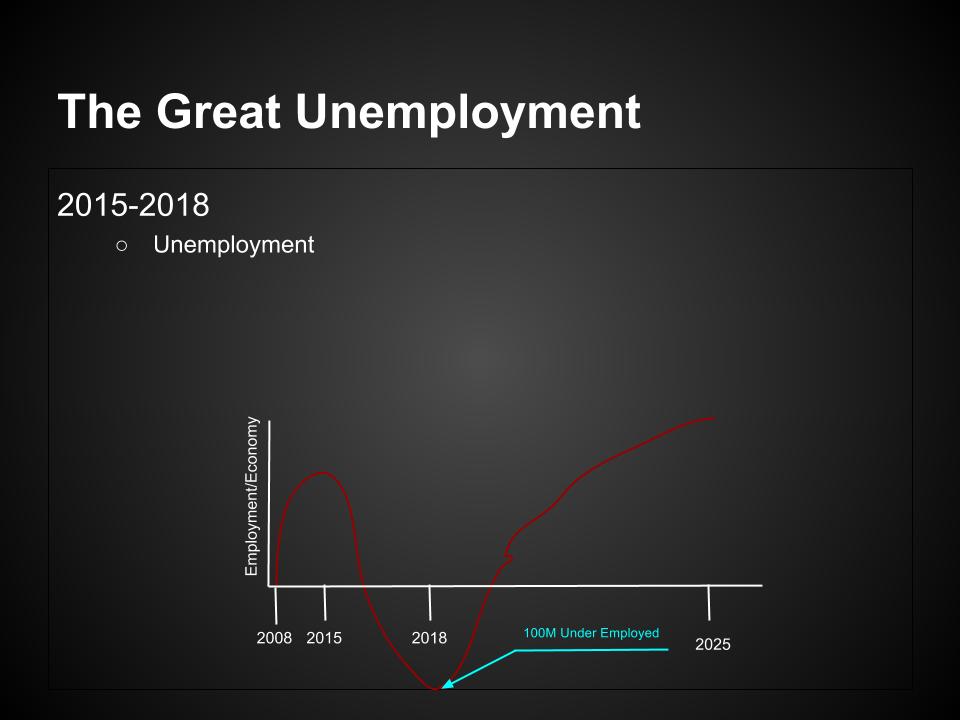
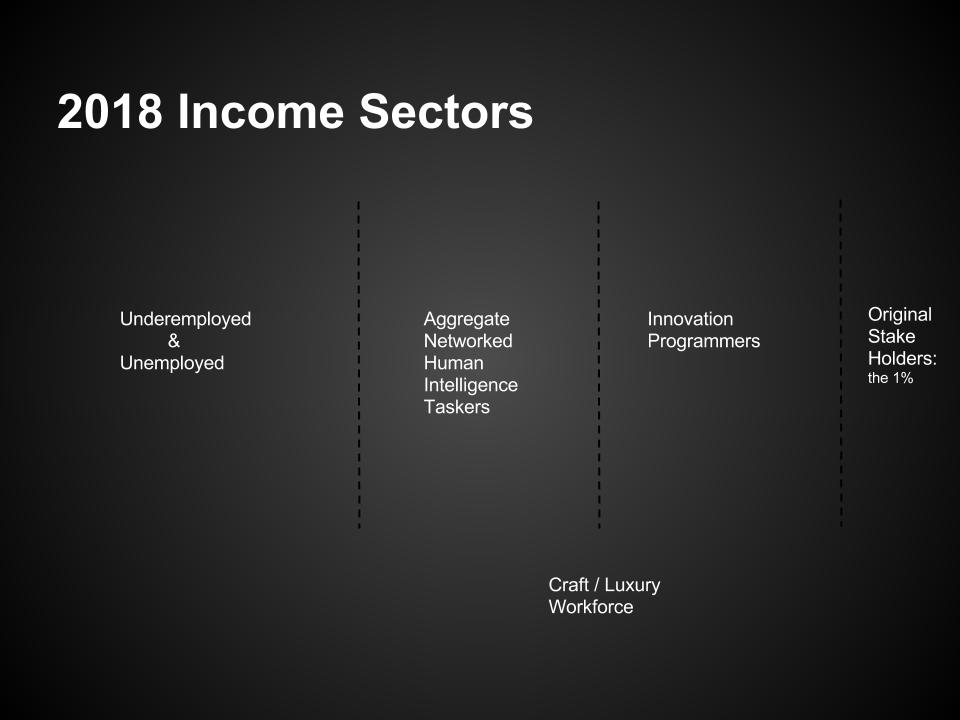
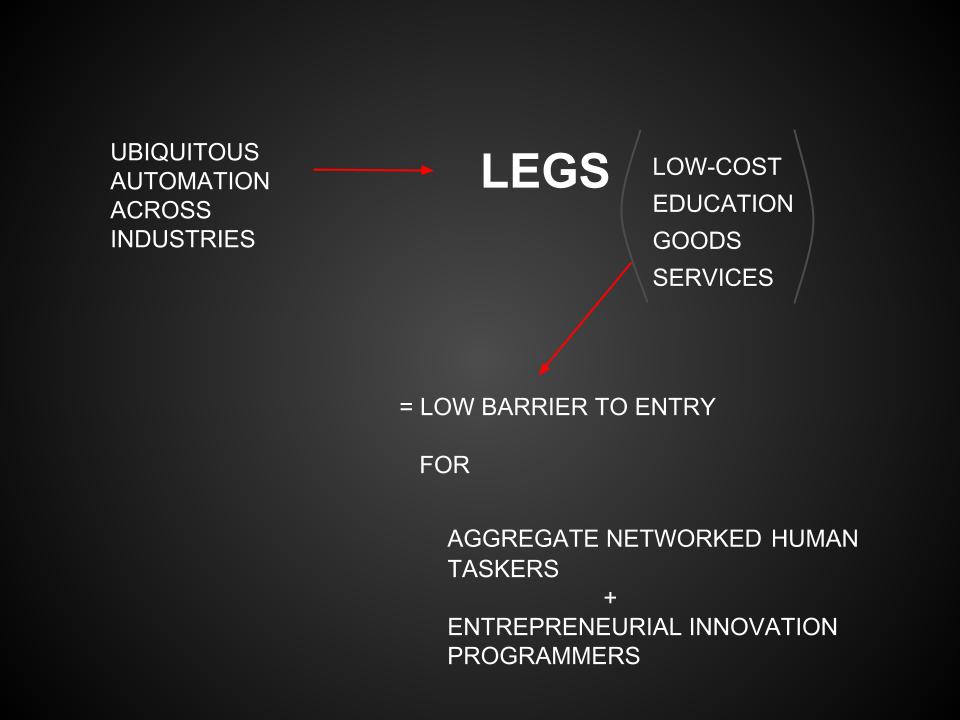
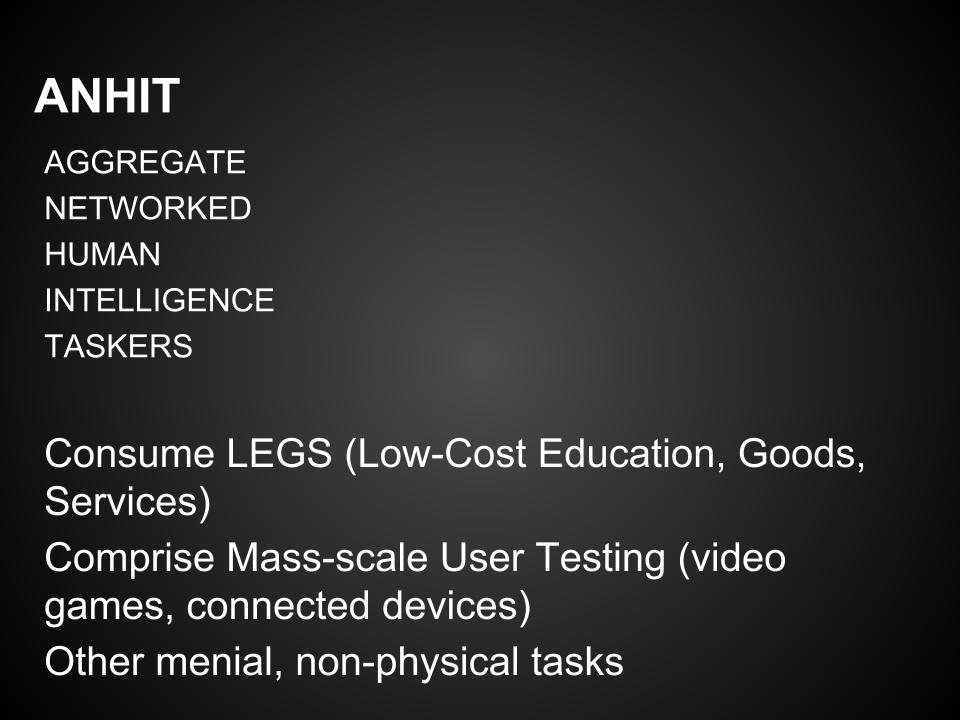
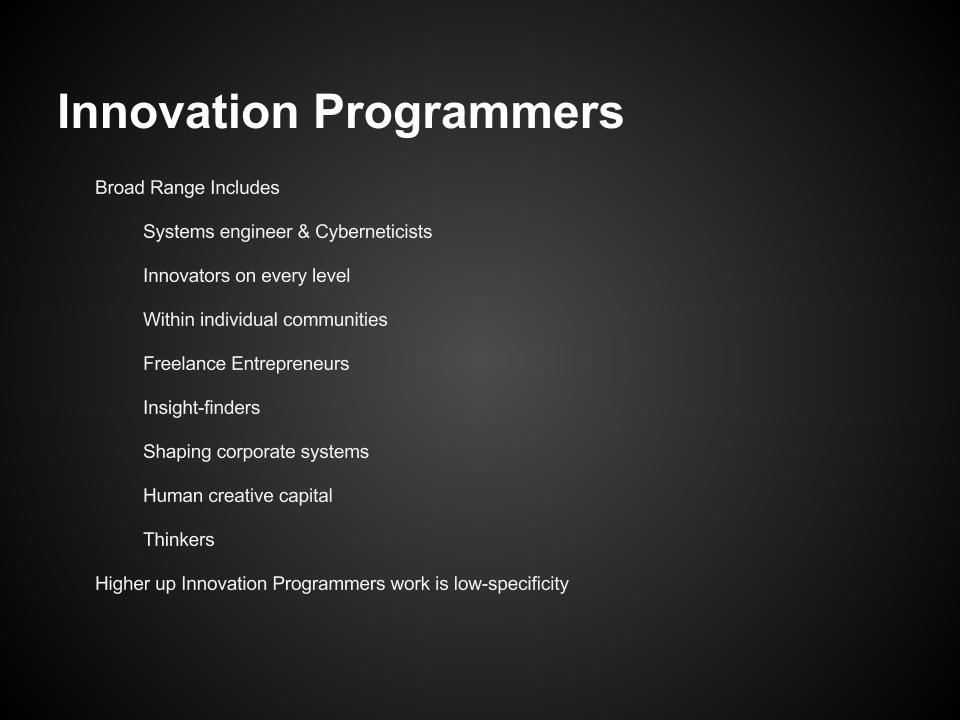
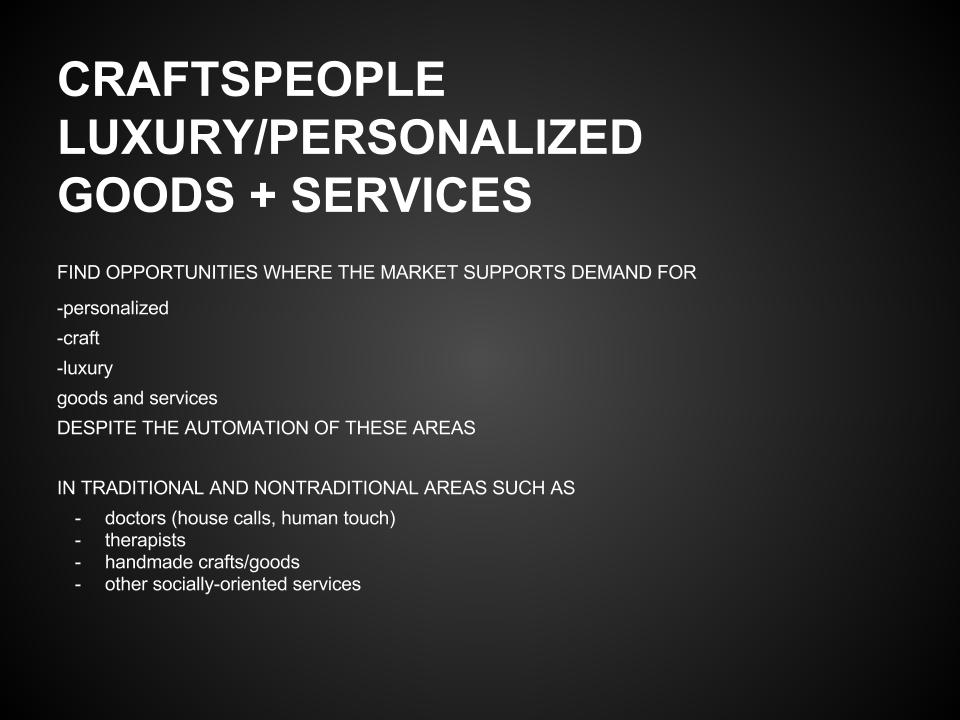
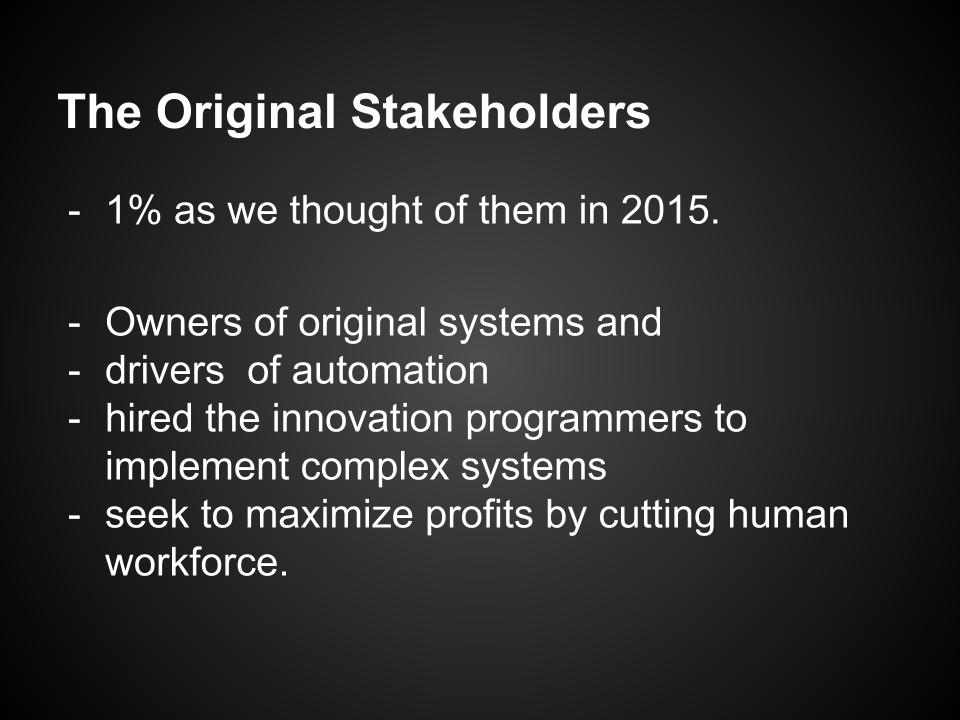
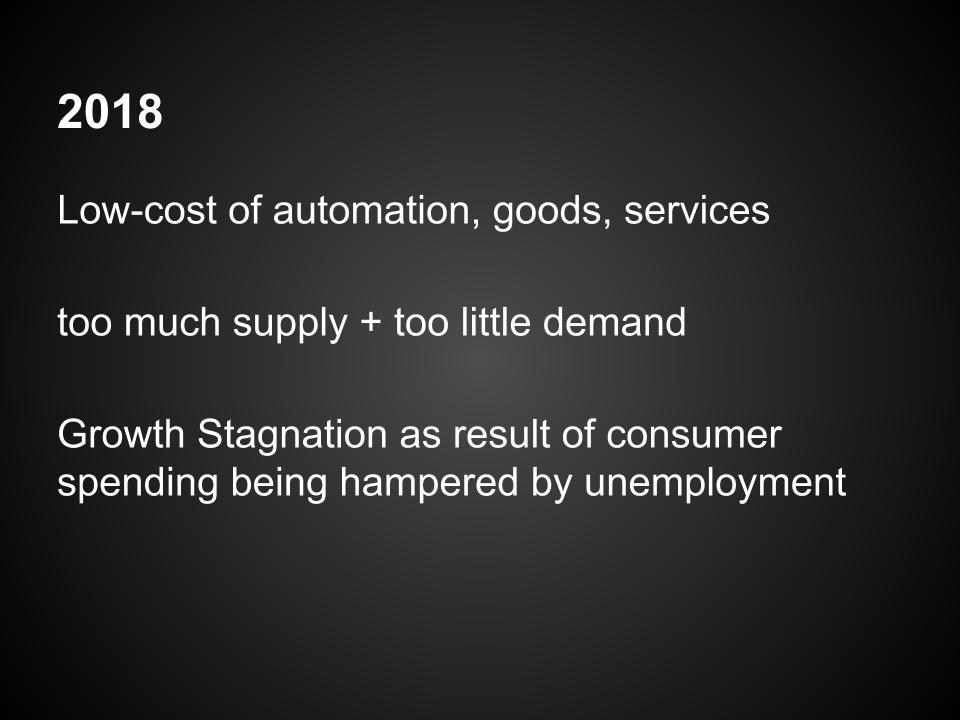
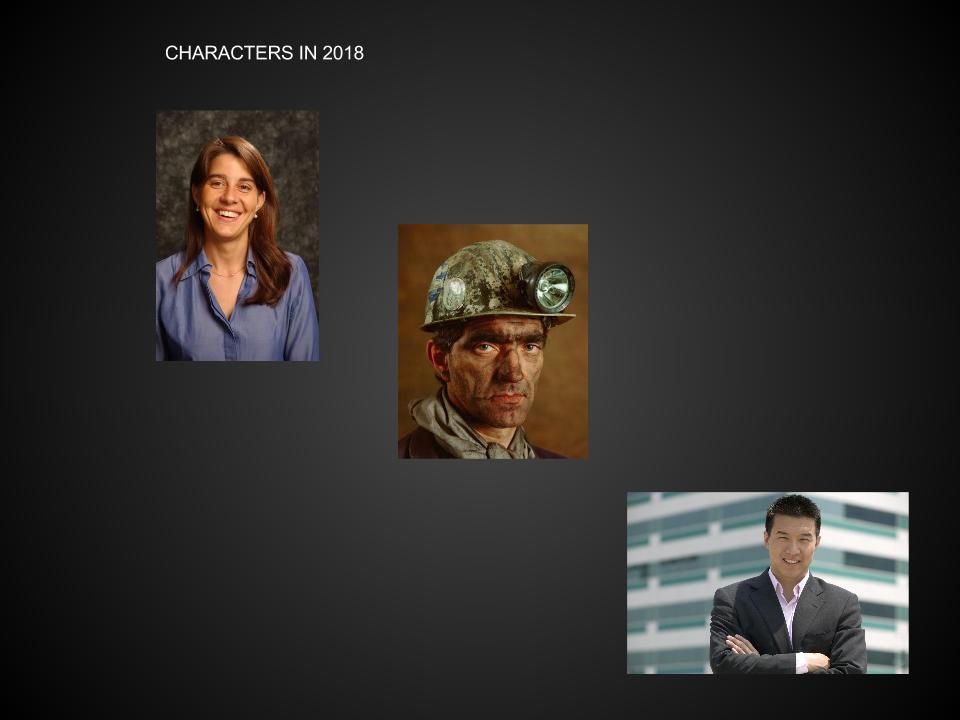
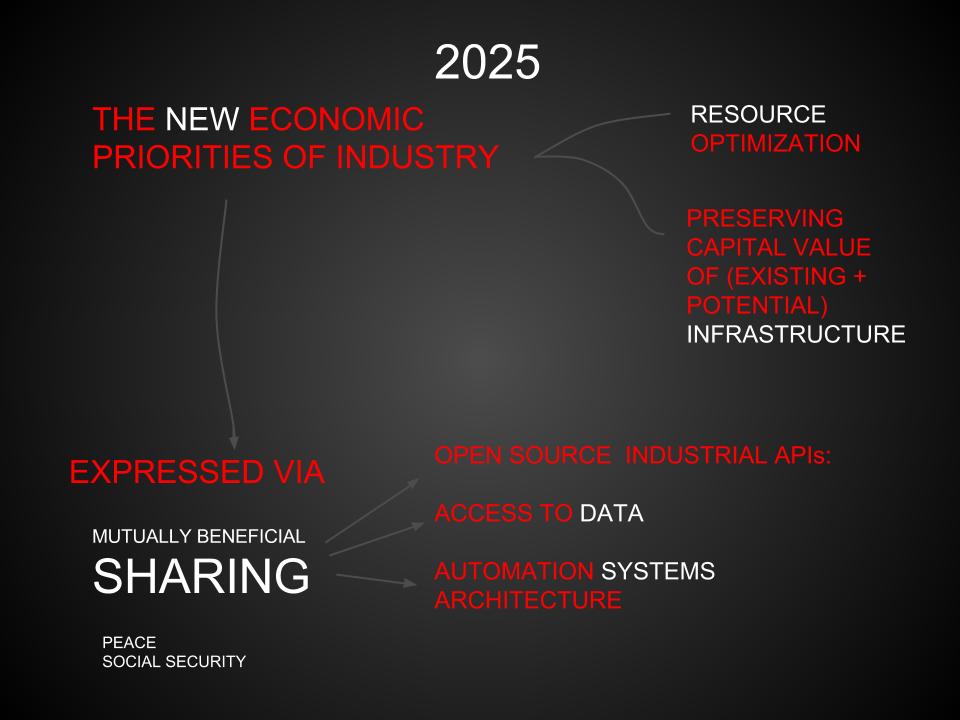
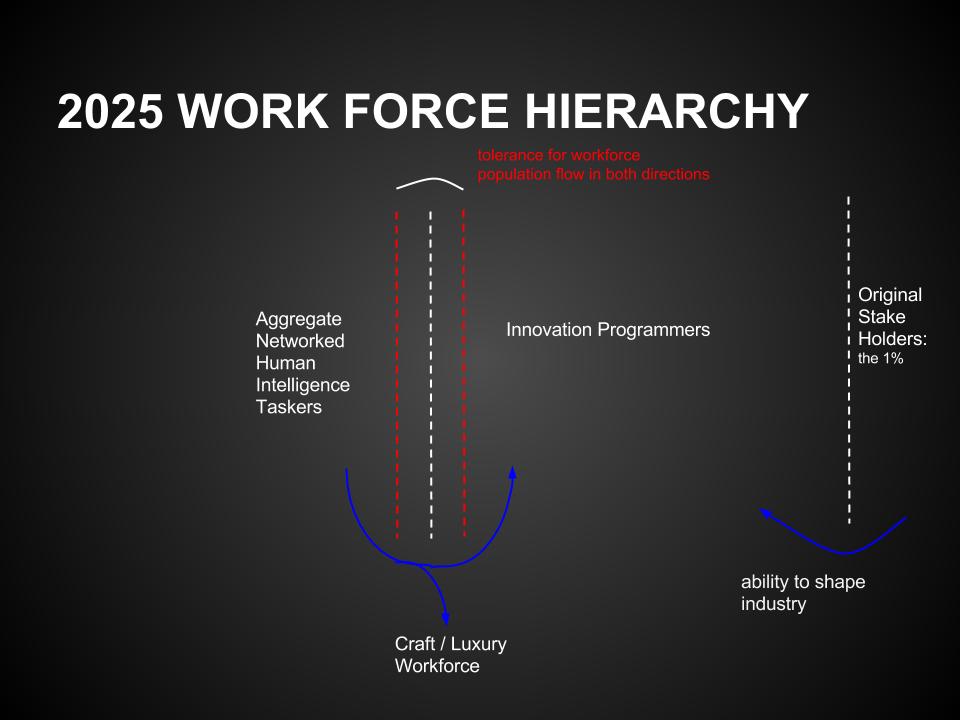
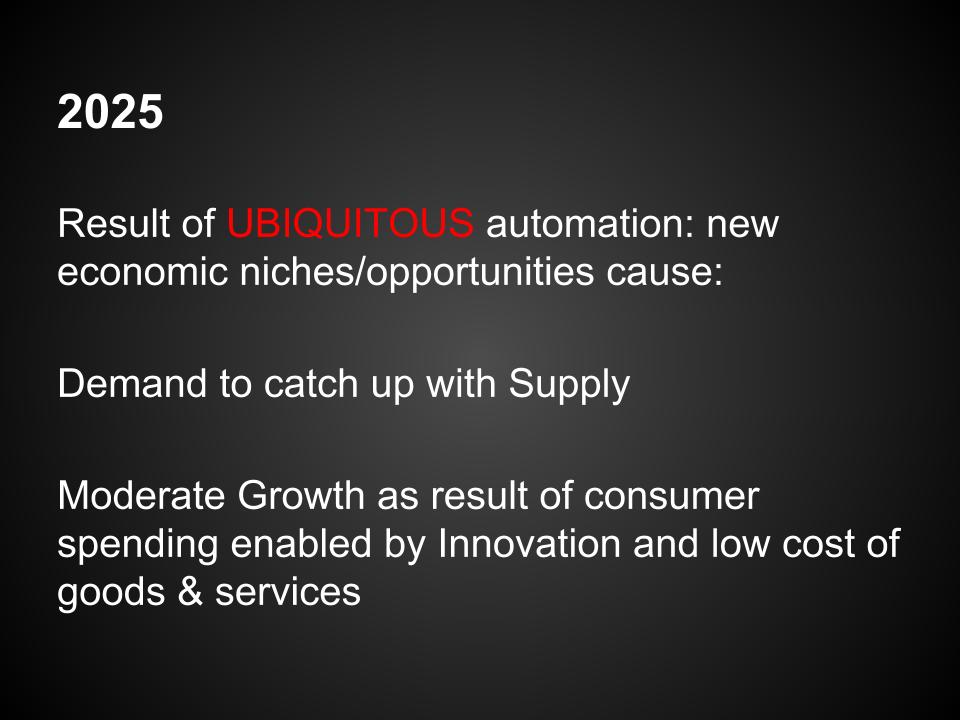
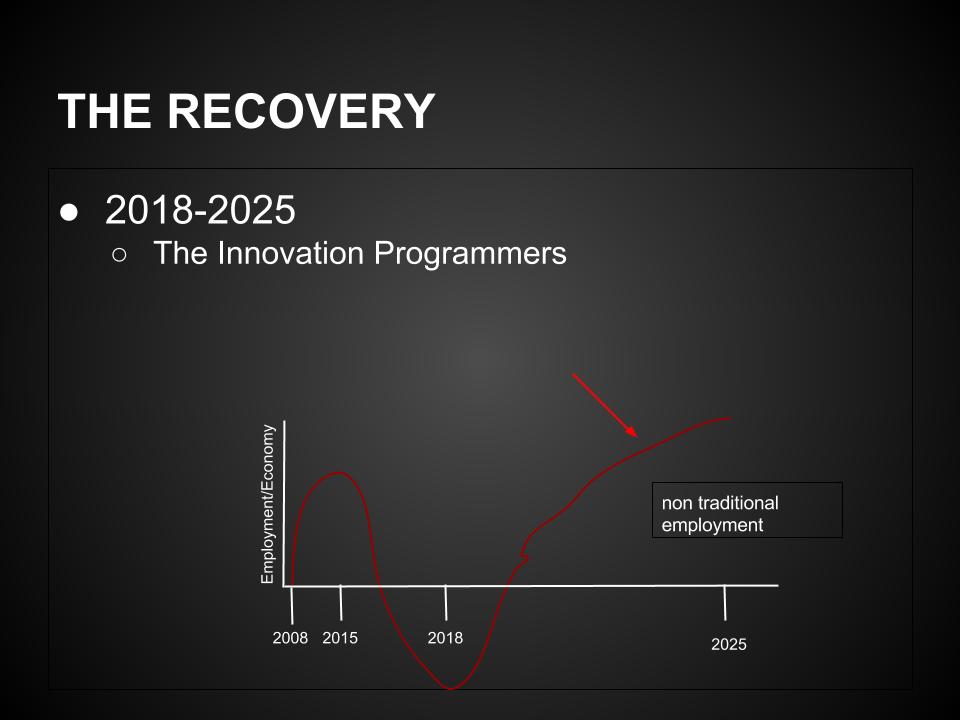
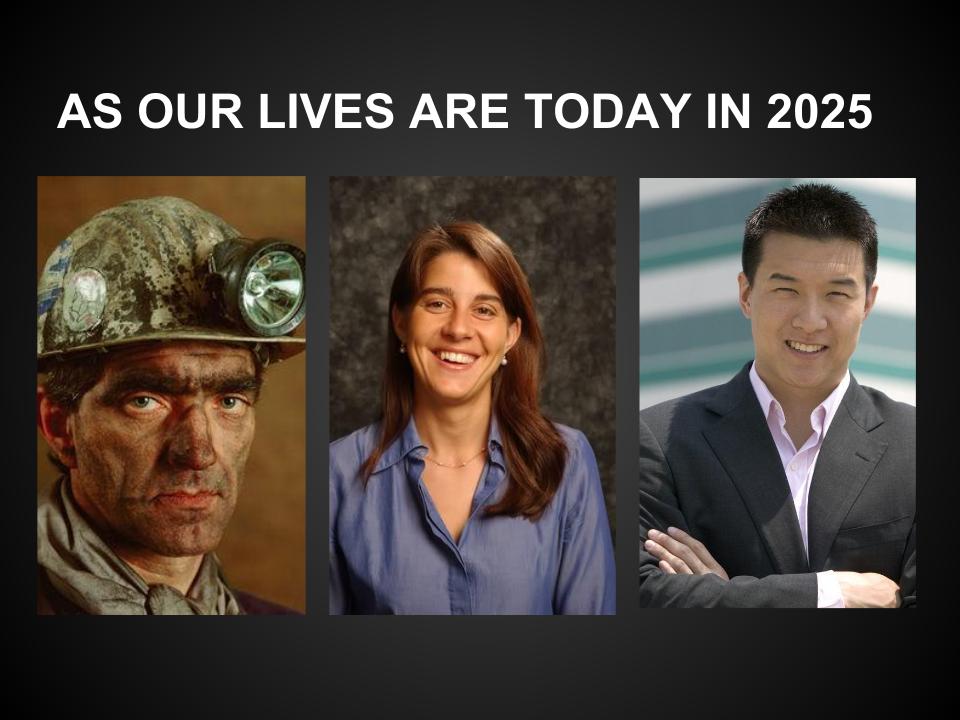
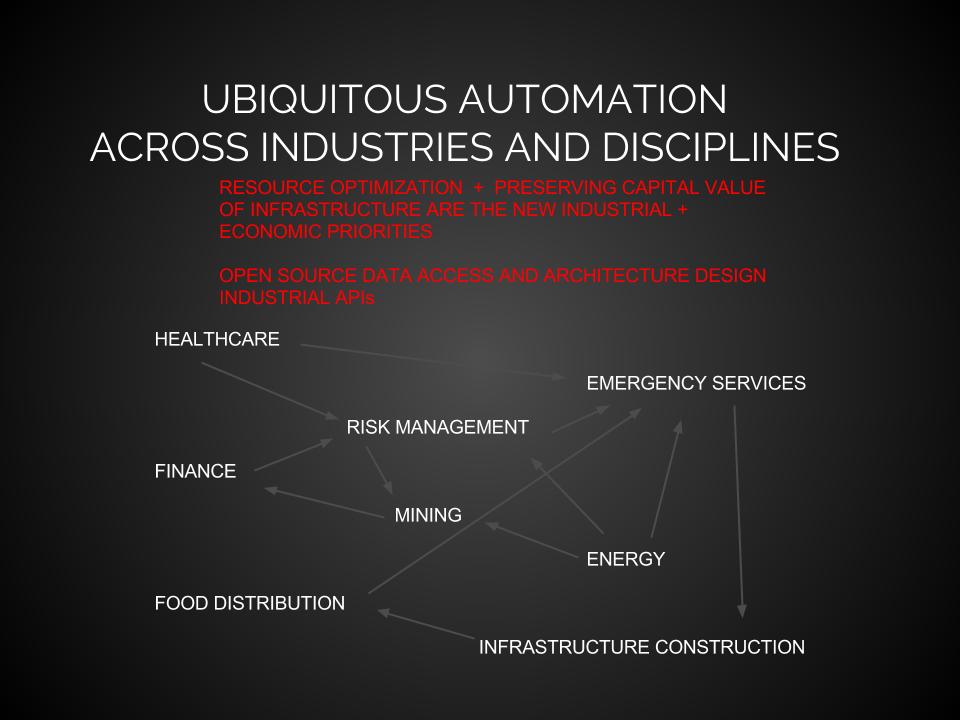
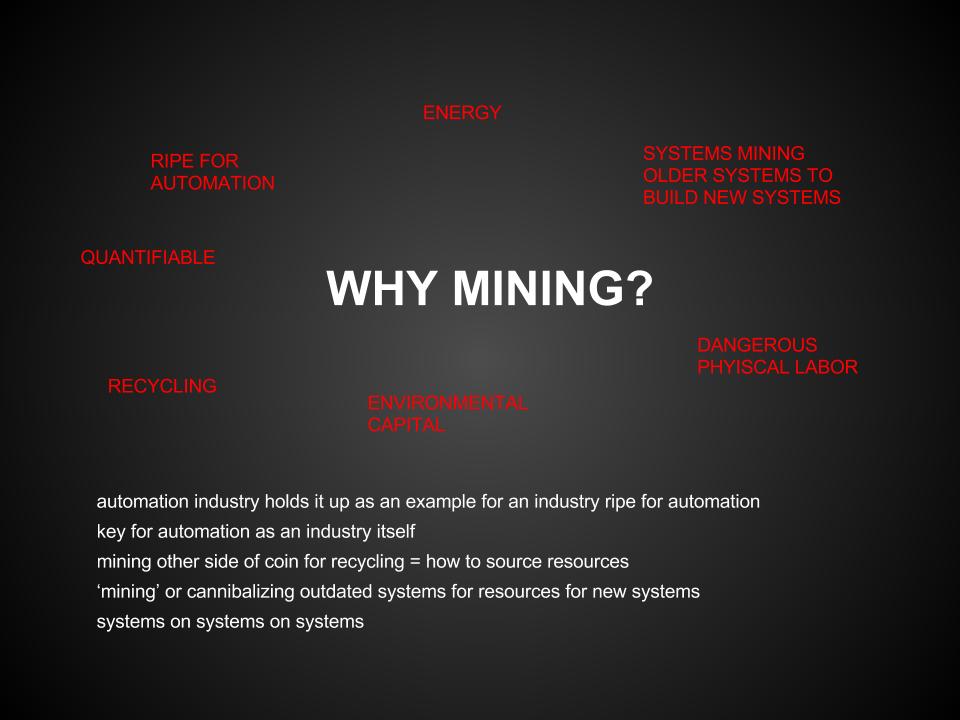
We had an excellent conversation afterwards with members of the public and Tom Igoe joining. This class and the work we did here will likely inform my life forever. It was interesting to share with the public some wild yet plausible projects of the future. Thanks to Tom Igoe for encouraging me to register during some last minute office hours.
INSPIRATION
Script combining my Midterm and Final projects for the May 6, 2015 generative poetry reading in the Reis Lounge at Tisch, NYU.
My final project was born of my fascination with the agricultural and economic legacy of the English language. Why is society so seemingly fucked? Throughout the Spring semester I studied and explored a veritable buffet of concepts in energy, the Anthropocene, engineering ethics, and the future of "new media" and infrastructure, and of course electronic writing and reading as a sort of bas relief around human creativity in finding meaning in interpreting words expressed via the predictable/unpredictable results of programming logic, set in motion by human hand.
This panoply of dense topics inspired me to explore the ideas of materialism and physicalism. Which in turn inspired me to return to my old craft of screenwriting. I left film for ITP because I was sick of how manipulative and economically driven the medium and industry are. To quote Michael Corleone "Just as I thought I was out they pull me back in." So I decided to write an outline screenplay about a female-type cyborg who is seeded and raised in a host family as a control in a long-term study of human illogic and illogic in navigating decisions for the goal of total mutual benefit (in social and biodiversity spheres.) The things that make this screenplay tenable for me are:
WHAT THE ABOVE HAS TO DO WITH MY GENERATED TEXT
In each of my classes, which were all extremely burdensome existentially speaking, I chose to use the second half of the semester to work on an aspect of world building. For my RWET project I wanted to explore ways in which I could begin to explore ways to use logic to generate my cyborg's non-cooperative, post-revelation dialogue with her creator and her frustration with their inability to discuss the real issues at hand - the nature of reality.
VERBS VERSUS NOUNS
Learning about TextBlob and NLTK inspired me to first approach my crackpot brand of physicalism from a very simple place. I decided to design and generate a "prototype" of the kind of conversation my cyborg, once she twigs to how shitty human language is at handling reality and representing the truth.
My central idea is: agricultural and colonial-enabled language has caused us to lose our innate animal understanding that everything is energy. Language, by way of weighting the concepts of property and labor as most important has divided our understanding of the nature of reality, which is bundles of energy flowing through points in space at varying levels of stability or excitation, into two concepts which are harder to immediately synthesize retrospectively: TIME and MATTER. Time is the economic measure of the energy we output for those who control the narrative. Matter is the justification of property-holding.
For the dialogue between Semi and her creator I made the simplistic organizational rule that:
CORPUSES
Nabokov's Lolita was the text I used to generate Semi's answers to Creator A's noun-heavy questions. I used n-gram analysis to try and distill the essence of what is "the matter" in such a linguistically stellar handling of dysfunctional, self-involved, destructive decision-making and culture.
I used Louis Debroglie's Particle-Wave Duality theory text for verb heavy questions. I also used n-gram analysis to get the most common phrases in his corpus. Debroglie was a contemporary of Einstein's whose 1924 PhD thesis postulated the wave nature of electrons and suggested all matter has wave properties.
Creator A's questions are randomly selected questions for a psychometrics battery for child trauma. As Wikipedia says: "Psychometrics is a field of study concerned with the theory and technique of psychological measurement concerned with objective measurement of skills, knowledge, abilities, attitudes, personality traits, and educational achievement." I wanted to create the impression that Creator A is debriefing Semi and I wanted to move the questioning beyond the Turing test references into something more deeply suggestive of the scenario.
Using Allison Parrish's RWET example code for n-gram analysis on the DeBroglie thesis text:
ngram analyis of debroglie
TEXTBLOB
I used Python's TextBlob module to find noun phrases and verbs in the creator's questions. Some pseudo code stylings:
some pseudo code to organize my program's structure.
PERFORMANCE
My n-gram analysis text-mash up lacked markov-chain sophistication. So it was a string of non-sensical preposition and conjunction phrases. In my reading performance I took the notes I got after my final presentation: I went with a bombastic oratory style which fit into my idea that Semi as a character is disdainful of human language. After my performance peers and audience members volunteered that they could feel Semi's attitude from my reading of the text- I think it had an interesting effect with the context-heavy framing of my text cut up/generation choices.
[reaching]
Brief exploratory research paper for Art Kleiner's Future of New Media Seminar, March 9, 2015
Meticulous archive and record-keeping is the mark of economically powerful and innovative societies through time. Since its innovation by far-flung ancient civilizations Romans, the Mesopotamians, the Shang dynasty through to modern European colonial powers, archiving, as UNESCO puts it, has historically served
“to prove your right to the possession of a certain piece of land you needed title deeds; to determine the size of population being governed and therefore the taxes that should be collected required records of birth and death; to enforce government laws and regulations it was necessary to keep a record of the laws, decrees and edicts. The keeping of records and archives was therefore not a luxury but a necessity on which depended one' s ability to continue to rule and to have rights and privileges. The records and archives were also preserved in order to prove the rights and privileges of those who were being governed.”
The industries of archiving and it’s lesser, traditionally less permanent sibling, record keeping and collecting, therefore seem to have a heavy hand in what rights a being has to different types of resources and self-control, as well as control over others and rights to resources over others. Records supersede, subjectively and temporally, the physical or immediate social evidence of these rights for an individual existing in a society or societies. Record-keeping is a pillar of any given current state of any given current socio-economic system we exist within. An important place to start when investigating trends in widespread technological innovations is at the top levels of research and development due to a trickle down type affect. This paper is a superficial survey of the increasingly massive data collections we have been living with and seeks to address what implications those might have for the individual and for entities like Facebook and Google.
Investigations into a very different space from personal user data as Big Data points to a summary of a 2014 Big Data in Materials Science workshop held by NASA, DoD, DHS, DARPA and other top scientific and technological bodies a number of telling priorities came up: “How do we store, capture, and transmit data from extreme environments? How do we triage massive data for archiving? How can we use advanced data science methods to systematically derive scientific inferences from massive, distributed science measurements and models?” The collaboration between these (perhaps) amply-funded research bodies is largely focused on the problems of increasingly massive amounts of big data, the need to analyze that data in a less centralized fashion - rather than constantly sending it to a server somewhere. Data from places such as a space station would be algorithmically analyzed in situ because “onboard data collection systems are likely to reach a capacity constraint in the near future, which will force a change in system implementation” which perhaps raises interesting questions about possibilities in the shift of these technological and physical considerations to big data across consumer markets and industries. Daniel Crichton of the Jet Propulsion Lab pointed out that a system developed for data analysis for NASA or the Air Force “could be used to study Twitter patterns for security purposes, for example.” He also predicted distribution of data would become an obsolete approach with things moving toward a service-based approach in analyzing and reducing data to relevant subsets. Other discussions at the 2014 workshop centered on “how to systematize massive data analysis and increase efficiencies…aided by international cooperation and coordination.” The Department of Homeland Security presented a model for an automatic data capturing project in biosecurity known as algorithms for analysis, an algorithm-oriented project to identify emerging technologies that could be used against our nation. It uses natural-language processing software to find descriptors in scientific literature and documentation. It seems that with this level of sophistication these algorithms can also be used to detect emerging social trends and can give private and public sector leaders a heads up on how to handle situations before they materialize. These trends in the industrial and scientific fields point to increasing anticipation of ever large data loads which Moore’s law effectively is yielding in our shared world.
As of 2012 there are 6 billion mobile phone subscriptions worldwide. “Even the simplest phone leaves evidence of its owner’s location every time it pings a communication tower.” (Reality Mining, MIT, Eagle & Greene) Data from mobile phones provide “insight into when and where people move from one location to another - information that can be critical when developing models of the spread of diseases such as malaria and flu.” The authors take that using personal data can make people’s lives easier and healthier— ignoring the darker implications of this level of personal monitoring by private and public entities. The MIT-based authors of Reality Mining posit that tracked “changes in movement and conversation patterns captured by a phone with the appropriate sensors and software can indicate the onset of illnesses such as depression or Parkinson’s disease earlier than other medical tests.” This is a pollyannaish, narrow view of the way this kind of inferential information will be used.
Another MIT experiment begun in 2004 interestingly preceded the PRISM revelations using the Nokia 6600 phone which allowed remote software update access capable of logging details such as when an individual’s phone’s battery is being charged. The experiment also included a component called called Bluedar or BlueAware to scan for proximal blue tooth devices near to a user’s phone, installable by remote General Packet Radio Service. “Findings indicated that a person’s location, proximity to other people, call logs, and phone activity at the beginning of the day often indicate only a small possibility of behaviors later in the evening.” Another component of the long-running experiment involved SoundSense which used the microphone of a person’s mobile phone to infer a person’s location and activity information tat could be used to provide simple status updates, “such as whether a person is in a coffee shop, taking a walk outside, or brushing his or her hair.” On a related note, a May 2014 article in the International Business review (“Electronic Surveillance Experts React To Smartphone Mic Data Collection”) reported that “Though Facebook guaranteed users that “no sound is stored” by the new opt-in feature, the social media giant confirmed to that “data is saved, but all data is anonymized and aggregated.” There was “no indication” in the article or in Facebook’s official commentary “on how that data would be used once it was gleaned.” Another company LocAid was recently in popular news as a current service for advertisers and other firms to be able to track and connect a user’s location to identifier (phone number) via cell towers without smartphone GPS settings being turned ‘on.’ Verizon, a company with roughly 123 million paid-subscription users employs “supercookies”, an identifier, to let any website know who you are when you visit over Verizon’s cellular network - it is not anonymous. Google’s AdID and iPhone’s iAd are “anonymous” universal identifiers which are work arounds to the limitations of mobile internet tracking versus the traditional first and third-person cookies of desktop internet activities.
There are at least 140 Google Analytics Technology Partners who provide data analysis services for desktop and mobile based business partners listed on the Google Analytics site. A telling way to learn about the goals, if not the current legal technological means, of the vast information collection techniques being used by the private-sector information dominator Google is to read their Google Analytics website copy:
“Know your audience: No two people think exactly alike. Google Analytics helps you analyze visitor traffic and paint a complete picture of your audience and their needs, wherever they are along the path to purchase.”
“Trace the customer path: Where customers are can be as critical as who they are. Tools like Traffic Sources and Visitor Flow help you track the routes people take to reach you, and the devices they use to get there, so you can meet them where they are and improve the visitor experience.”
“See what they're up to: Do some types of people give you better results? You'll find out with tools like In-Page Analytics, which lets you make a visual assessment of how visitors interact with your pages. Learn what they're looking for and what they like, then tailor all your marketing activities — from your site to your apps to your ad campaigns — for maximum impact.”
Google and the Culture of Search (Hillis, Petit, Michael, Jarrett, Kyle) suggests people have “a notion of cyberspace which is omniscient and infinite.” E.g. that Google could be a symbolic stand in for the authority of science and technology and god and the objectivity of that is problematic since the intense development of personalized algorithms based on user data collection creates a positive feedback loop of generalization of search result relevance despite Larry Page’s (disturbing) comment that “‘search’ will be included in people’s minds one day.” It is disturbing in the light of the fact that not only does Google parse information we want instantaneous access to, but they scrape and auto-request information about our habits, thoughts, curiosities to change how that information is algorithmically served back to us. What happens when that information becomes so dense and comprehensive that there is a marked conflict of interest between Google’s corporate business partners and the user’s concept of Google’s utility which is impartial, objective, “trustworthy” search returns? (Halvais 2009) notes “that there has been a loss in serendipity” when search engines determine the relevance of information retrieval on the user’s behalf. Especially when it is paid for by advertising money. Thus Google’s PageRank’s algorithms could be at risk in creating a over-generalizing, reductive cycle which becomes both useless to users and potentially to advertisers and it is imaginable this could have an intentional or unintentional impact on culture at large.
Visiting Google’s privacy policy publicly informs the user that they use and collect information about the “services you use, how you use them, and how you view and interact with ads and content.” This personally-linked data also includes: account holder phone number, IP address, account-identifying cookies, search queries, telephone log information like calling-party numbers, time, date, duration and types of calls as well as SMS routing information, real-time actual GPS/IP location information, as well as “various technologies” which provide Google with information in nearby devices, information about installed software or services which contact periodically Google’s servers. These data sets match up precisely with PRISM’s specifications for the types of information they received from US tech companies (including Google, Facebook, Microsoft, Yahoo, AT&T, Apple, etc.) In addition, Google has access to locally stored browser storage and app data caches. A disturbing sub-category on Google’s list includes “pixel tags” (aka “clear GIF”, “JavaScript tag”, “tracking pixel” or “1x1 gif” which they describe as “a type of technology placed on a website you visit or when in the body of an email for the purpose of tracking activity…on an opened or accessed email or site.” Tracking pixels sit in the HTML of a served page sends the image call back to its originating server - sending information about the interaction without your express consent.
Google’s address of sensitive categories such as “race, religion, sexual orientation, or health” is minimal and simply says the they don’t tailor ads to these categories. However, it is inexplicit whether Google refrains from actively collecting this type of sensitive personal information about their users. Notably, Google claims “we will ask for your consent before using information for a purpose other than those that are set out in this Privacy Policy.” Collection of this information is taken as granted. A distinction is made between sharing “personal information” with outside parties and sharing “sensitive personal information” — for the latter they require “opt-in” consent. Google reserves the right to share the above information from your Google account in response to “enforceable governmental” or legal requests. Personal user information is also provided to “trusted business” for “external processing” outside Google, but ostensibly within user instructions and agreement in regards to the Privacy Policy agreement. They reserve the right to share your personal information with companies, organizations, or individuals outside of Google if they believe it is “reasonably necessary to…protect against harm to the rights, property or safety of Google.” Google’s infrastructure is also is able to store voice “utterances” through Voice Search in concert with personal account ID information— although they claim not to unless you explicitly opt in. Google’s facial recognition software implemented in the Find My Face feature can compare “known faces against a new face and see if there is a probable match or similarity.”
An interesting development to note alongside Google’s data dominance over the personal realm is Facebook’s logging of posts a Facebook user drafts— but does not publish (with the advent of HTML5 and Ajax) — what a 2013 TIME magazine article (Grossman, Dec. 2013) called “unpublished thoughts” and which Facebook calls “self-censorship.” The original study and reportage by Slate Magazine comes up with a “Not Found” page from the direct Slate link in Google’s search.
Within a few years of the large scale commercialization of the internet, Microsoft, Google, Facebook, Apple, Yahoo, AOL, PalTalk and Dropbox cooperated with the NSA as was publicly revealed in 2013. If one assumes any and all user information is being collected, or that infrastructure is engineered to be able to be collect data at any at some point in time, PRISM can be used as another measure of what that information is. A screen grab from the once ‘top secret’ PRISM website collection details page asserts that “email, chat (both video and voice), videos, photos, stored data, VoIP, file transfers, video conferencing, notifications of [a targeted user’s] activity such as logins, online social networking details, as well as any “special requests.” Essentially every form of communication and activity on the internet by users via one of the above platforms or corporate properties was potentially made available to the United States government and it must be assumed that the potential is there for the continuation and future honing of this practice for a multitude of means. The question that remains is one of innovation in application and legislation.
Our working scrawlings across the hallowed whiteboards of ITP.
We received a brief mention in the New York Times City Room Blog. The rest of my team was Sam Sadtler, Diego Cruz, and Shaun Axani. It was standing room only!
Here is our deck.
QUICK JOTS FOR A BRIEF PRECIS:
Our core premise was that profit-seeking (we used mining industry) would make a push to ubiquitous automation
And at its peak 100 million are unemployed
The new class of systems engineers can see with hi-res data across industries that losses will be greater if a) the government swoops in with a voucher system b) damage to infrastructure, social fabric, consumer spending are allowed to go unfettered. It is determined losses would be greater than a public-private partnership for a basic wage.
So now three major classes coalesce: the systems engineers aka “innovation programmers” who use AI and Deep Learning Networks to rapidly adjust system architecture and data collection, and the Aggregate Networked Human Intelligence Taskers who basically exist to perform user testing and consume. Original shareholders see a gradual outflow of their agency to the systems engineers in shaping industry as economic priorities shift to resource optimization and infrastructure preservation. The Aggregate underclass is empowered to horizontal or upward mobility because of lowered barrier to entry as a result of ubiquitous automation’s low-cost education, goods, services.
And there is another class of personalized, craft, luxury goods and services which are things that are already automated but which there is demand for.
Hidden costs are slowly reduced due to automation.
Supply outstrips demand at first, until automation matures to engender new insights to innovation
A dream where capitalism partially suffocates its current incarnation by being it’s true incarnation.
We used mining as our example industry to tell the story in concrete terms, and as a potential firestarter. it’s the most ripe industry for it in some ways. The idea of 100 million was just - 30% of the population, a ballpark to base our scenario on— that number is for all jobs in the US which can be replaced through automation - across industries.. Means a trillion a month in subsistence assistance. It was an interesting feeling in the moment, having this momentary authority to talk about radical economics in front of a (standing-room) roomful of people ushered in by institutions the likes of PwC, NYU, and NYT. But in a way that uses profit as the conduit for change. Our rule was that we wouldn’t use altruism— it was about comparative costs.
Someone approached us to interview us for a book, and another asked to get in touch to do a podcast. Another woman thanked us, and mentioned that it was interesting to hear about such a scenario in terms of specific working classes.
Workshopping Post-Automation Culture 2025 Scenario with Arbitrary Character Story Params.
INPUT : PROMPT
The year is 2025. The scenario is my scenario.
1. Pick a number from 3 to 12. Household size = 9
2. Pick a number from 7 to 100. Age = 98
3. Pick a color: Red Orange Yellow Green Blue Indigo Violet. ROY Male. Green your choice. BIV Female. Color Indigo.
4. Pick a city, anywhere in the world. You live there = Everglade City.
5. Pick a country, anywhere in the world. You grew up there = New Zealand.
6. Pick a profession – anything to do with new media, where people get paid for doing this. Someone in your household does this = we are all cyberneticians and systems engineers.
7. Pick an avocation – a hobby, a pastime, an interest, a thing people like to do for itself. Someone in your household does this = we all travel short distances by horseback.
OUTPUT: SCENARIO
The year is 2025 Common Era. My name is Yoshimi and I am rated at 98 years of mental age (experiential, crystalline knowledge.) This is extrapolated from the number of operations, tasks, and decisions I have executed in both real and virtual space-time. I live in Everglade City, Florida and I am a systems engineer monitoring the SB-TW+A (which stands for Supervised Biosphere Type Tropical Wetlands and Aquifer.)
I live in a permaculture-dorm with a team of eight others (six other humans and two AI of differing mobility) all of whom are utilized in the maintenance and innovation of the code forest section of the NIEE (New International Industrial Ecosystem) which runs a 1TeraWatt Star-Mod - a modular, high-pressure gas nuclear power generator which, in turn, runs an evaporative system which both purifies the UP (Urgently Polluted) water for bio-reconditioning and extracts rare chemical molecules. These molecules are then sorted for recycled use in industry. The water we purify is reintroduced with pH and nutrient altering organisms. In this way the work we do contributes to compliance with the New Order Convention of Autum CE 2015, which regulates and enforces the International Legislative CRR-R (Completely Recycled Resources and Reconditioning) Module which establishes that any sanctioned economic activity may use only the extant man-made industrial chemicals found within the context of environmental pollution.
Post-automation unrest, across-the-board economic change, and a mismanagement of traditional nuclear power in North America caused a major fluctuation and restructuring of the global population, so most of us at the dorm are special visa residents from New Zealand, which was shielded from turmoil for much longer than all other global regions. When I am not tweaking the algorithms which dynamically optimize synthetic and precious molecule recovery and sorting, I am helping the AIs brainstorm new ways to modulate and balance the humid climate’s effect on our biological bodies so that they remain unstressed and metabolically efficient. When I am not doing this work in rotation with one of the other eight, I am physically exploring the nearby coastline looking for innovation insight—on horseback—which is how we all travel short distances now.
initial brainstorms for Energy final project: an ideal energy scenario/alternate reality which
A pigeon counter to put on the Manhattan-East facing wall of Tisch's Fourth Floor [ITP] to meet Jeff Feddersen's Energy syllabus' "Solar Challenge" project: a data logger which efficiently uses solar energy to log data over long periods of time.
I got the idea one day after Energy class while sitting on the benches beside the kitchen window. A classmate pointed out the nuzzling pigeon mate pair on the sill outside of the loft windows.
I decided to use a Pyroelectric Infrared Sensor to detect animal motion. I figured if I positioned the senseor a foot above the sill I could get the pigeons landing motion/wing swoop but not their incessant milling-around once they landed. I duck-duck-goosed for PIR and EEPROM [electronically erasable programmable read-only memory) Arduino code and found something long and somewhat complex from Danny Harrison's a PhD blog post on EEPROM which he in turn tweaked from Kristian Gohlke's PIR code.
I tweaked the code slightly so that I could use his data structure for EEPROM (for counting humans in a stairwell.) It works by making dividing all 512 bytes of the Arduino Uno's into 2 byte indices. Each of the 256 memory addresses can hold values from 0-255. The code specifies that for every 10 pigeon landings sensed by the PIR a tally of 1 is added to initial value of 0. This means that each index (2 bytes of memory) will represent 2560 pigeon landings. Multiply that by 256 and you can count 650K pigeons over your given time frame.
The intent behind this project was to celebrate the symbolic individualism of any given pigeon and all the contemplator (myself) to draw connections between us and them as equal beings.
Next steps will be to add a bluetooth module and set up a server to tweet each landmark pigeon landing with an account called Pigeons of ITP for a post-post-modern All Things Great & Small vibe:
"The 34,000th pigeon has landed on the NE corner of ITP NYU"
I used a 3.7V 1200mA LiPO batt, a 6V solar panel and a separate charge controller in addition to the PIR sensor all from Adafruit, and an Arduino Uno.
Concepts to keep in mind.
Categories: {y-axis :{Natural Balance: Human Miscalculation]} ,{ x-axis :{Humanism : Self Interest}}
A map of themes to address/keep in mind while shaping an outline for a short screenplay, sequence, or feature outline which:
DAILY PRACTICE
Three hours of absolute silence and observation of social interactions around me.
RESEARCH/EXPERTS
Science fiction author, philosopher, cyberneticist, HCI, Artificial Intelligence researcher.
QUESTIONS
Useful to start thinking about it in macro terms: Machine vs. Self/ Machine vs. Society nested within a Man vs. Nature story? Or Man vs. Society.
How to create a narrative which is both engrossing and well-paced and which constructs a plausible world.
How to examine the ethics and semantics of imagemaking and selective reality-recreation. Important as films can be so seductive if successful. Interesting challenge lies in creating a persuasive film which is not just a means to it's own self-referential ends.
Should the presentation be a performance as the AI character with screenplay as backstory? How to work a standalone, interactive performance dynamically into a set with the screenplay?
MINMOD APP
Modular utilities/appliance systems for the New Era.
Smil's text asserts: electric lighting, heating, small motors related to temperature regulation of spaces are respectively the most significant use of fossil fuels such as natural gas, coal, and oil. If we want to put effort towards compressing our energy waste and usage these are the major energy terminals or leverage points to focus on with perhaps ideally rather than pragmatically a more thoughtful planning of where populations settle and live in relation to each other, their food sources, and energy efficiency in a climatologically shifting world.
DESIGN AND CONCEPT CONSIDERATIONS
Design & prototype a modular communal circuit system which can be attached to a give solar, kinetic, or piezoelectric source, and a custom appliance load or actuator.
The idea is to have these as a public infrastructure resource for a speculative post-climate recognition era to:
PROTOTYPE
I wanted to explore the meaninglessness of text by deconstructing or reducing it to an electronic data level: where in RAM are these strings and exactly how much memory do they occupy in terms of bits.
The form is a bit flat but I designed it to merely comply with the midterm assignment verbiage.
Questions of rigour: Could a human do it better? It would be unfortunate to have to calculate the bytes and a human could not possibly find the place in space in which electrons as binary digits/bits have settled.
How does your choice of source text (your "raw material") affect the character and quality of the poems that your program generates? I think the fact that these lines are celebrated grand openers for celebrated works of pure representation/fiction is a nice contrast to the excruciating lack of imagination and factuality of this "poetic form."
OUTPUT:
Located at RAM address 4373218288, 'In my younger and more vulnerable years my father gave me some advice that I've been turning over in my mind ever since.' is a string of length 120 characters, 157 bytes and 1256 bits
Located at RAM address 4396564032, 'Take my camel, dear, said my Aunt Dot, as she climbed down from this animal on her return from High Mass.' is a string of length 105 characters, 142 bytes and 1136 bits.
Located at RAM address 4396885808, 'I am an invisible man.' is a string of length 22 characters, 59 bytes and 472 bits.
Located at RAM address 4457509712, 'It was a queer, sultry summer, the summer they electrocuted the Rosenbergs, and I didn't know what I was doing in New York.' is a string of length 123 characters, 160 bytes and 1280 bits.
Located at RAM address 4456529592, 'The Miss Lonelyhearts of the New York Post-Dispatch (Are you in trouble?—Do-you-need-advice?—Write-to-Miss-Lonelyhearts-and-she-will-help-you) sat at his desk and stared at a piece of white cardboard.' is a string of length 204 characters, 241 bytes and 1928 bits.
Located at RAM address 4457509712, 'It was a queer, sultry summer, the summer they electrocuted the Rosenbergs, and I didn't know what I was doing in New York.' is a string of length 123 characters, 160 bytes and 1280 bits.
INPUT - 100 best first lines from modern novels
http://americanbookreview.org/100bestlines.asp
Example of ALTERNATE OUTPUT:
Located at RAM address 4459266096, 'The human race, to which so many of my readers belong, has been playing at children's games from the beginning, and will probably do it till the end, which is a nuisance for the few people who grow up.' is a string of length 201 characters, 238 bytes and 1904 bits.
The binary represenation of this sentence is:
1010100 1101000 1100101 100000 1101000 1110101 1101101 1100001 1101110 100000 1110010 1100001 1100011 1100101 101100 100000 1110100 1101111 100000 1110111 1101000 1101001 1100011 1101000 100000 1110011 1101111 100000 1101101 1100001 1101110 1111001 100000 1101111 1100110 100000 1101101 1111001 100000 1110010 1100101 1100001 1100100 1100101 1110010 1110011 100000 1100010 1100101 1101100 1101111 1101110 1100111 101100 100000 1101000 1100001 1110011 100000 1100010 1100101 1100101 1101110 100000 1110000 1101100 1100001 1111001 1101001 1101110 1100111 100000 1100001 1110100 100000 1100011 1101000 1101001 1101100 1100100 1110010 1100101 1101110 100111 1110011 100000 1100111 1100001 1101101 1100101 1110011 100000 1100110 1110010 1101111 1101101 100000 1110100 1101000 1100101 100000 1100010 1100101 1100111 1101001 1101110 1101110 1101001 1101110 1100111 101100 100000 1100001 1101110 1100100 100000 1110111 1101001 1101100 1101100 100000 1110000 1110010 1101111 1100010 1100001 1100010 1101100 1111001 100000 1100100 1101111 100000 1101001 1110100 100000 1110100 1101001 1101100 1101100 100000 1110100 1101000 1100101 100000 1100101 1101110 1100100 101100 100000 1110111 1101000 1101001 1100011 1101000 100000 1101001 1110011 100000 1100001 100000 1101110 1110101 1101001 1110011 1100001 1101110 1100011 1100101 100000 1100110 1101111 1110010 100000 1110100 1101000 1100101 100000 1100110 1100101 1110111 100000 1110000 1100101 1101111 1110000 1101100 1100101 100000 1110111 1101000 1101111 100000 1100111 1110010 1101111 1110111 100000 1110101 1110000 101110
INTENT
We thought the proposed FAA regulations pertaining to small UAF was an unreasonable restriction for private individuals and businesses with respect to the unmitigated control that the US Government and it's associated private agencies enjoy in airspace overseas. We believe it is reasonable to expect lobbying power of large corporations to grant them greater privilege in domestic airspace. This leaves private individuals without much in the way of equal recourse for innovation and security.
PROCESS
Originally we wanted to create an engineer's handbook of sorts - an absurdist document occupying a serious template. We shifted when we found out about the proposed FAA regulations. After creating a minimally workable prototype (CV facial recognition using the Parrot AR Drone 2.0's onboard camera) we decided to send the documentation to the FAA as commentary.
Ultimately, we feel the way we told our story was more effective than the prototype we chose to create.
TONE
We realized we carried through to this second iteration of our final project our initial urge to create a work of dark humor— which was our response to the unmitigated heaviness of the material in class.
Tonally and stylistically we realize the piece nods to a zeitgeist of oblivious techie libertarianism (nonthreatening, patronizing towards the Federal government, Wes Anderson tweeness and aestheticism). Libertarianism under or overtones were inevitable here— in class some of our speakers and readings shared this general category of thought. Developing a response to these FAA restrictions on a technology we innovate for at ITP and which is in our best interest to defend the freedom of merits some comparison to NRA sentiments. This understanding is balanced by the realization that these FAA regulations may also benefit the individual and greater public's safety by preventing the misuse of drones by irresponsible individuals. Working through these lines of thinking in shaping the story and tone of our project made us realize it's a nuanced situation without black and white conclusions. The ideas behind Libertarian thought also seem to gain merit in the presence of evidence of extreme lack of control underneath authorities.
Another element which developed was a marked personification of the drone. In this film the drone becomes a like-able familiar - bumbling and eager to please - a far cry from the ominous death-bringers in international US military operations.
META
Aside from being both an FAA commentary and a documentation, it's a film constituted of a document about a documentation about the documentation process. We set out to document the drone we created to send a commentary to the FAA and also ended up making a (tongue-in-cheek) film about documentation and tech exploration. We realized it should tonally embody our ideas to the fullest extent possible. We agreed on the documentation day to behave as if we were acting in a mockumentary, or rather a self-aware documentary filmmaking process. Some of it is very real and circumstantial and some of it was improvised during the documentation process with the intent of fleshing out a tonally complete narrative.
WHAT DIDN'T WORK
Physicality - the way people stuck their upper body/head into the work.
From the moment you walk into the room - the environment should be tonally appropriate/contributing to the experience.
There wasn't a narrative shape or a pattern disrupted by a surprise or realization or turn of events/perception.
The sound did not reflect the way that the light and visual patterns shaped the experience.
The idea of time distortion/disruption didn't come through for some. (Is it important to explicitly tell people? No, we think not. It should be a nonverbal experience.)
WHAT DID WORK
After using the time box, Sagar reported he wished he "could be invisible."
Marina reported she wanted one in her home.
Other comments "trippy", "terrifying", "reminded them of Interstellar."
Did give people some strong experience of being in a different time and place. Someone commented "I lost track of time" and that "infinite reflection and varying pulses of light really worked." This person also commented that they felt working with time in general was a key issue to address to address within the context of the anthropocene.
METHODOLOGIES GOING FORWARD FOR FINAL PRESENTATION AND NEXT PROTOTYPES
Consult more experts: both to deflate and support/unpack our hypothesis that Time is an uncontrollable, difficult to understand, misconstrued resource— the pursuit of which humanity has desperately thrown all other resources after (extension of daylight, abuse of time-saving labor, etc.)
RESEARCH & EXPLORATION QUESTIONS:
To further hone and re-hone each day: what do we want to make people feel? What do we want to make people aware of? Do we want to help people explore time more fully? How do people explore and experience time? What are the 'leverage points' of some unifying system of time "usage" and understanding we can act on and affect?
How to break down the language and syntax of how we talk about Time when we relate it to our project and what we're trying to create?
More research and exploration into: time, black holes, time dilation, spacetime gravitational lensing, quantum mechanics, perceptual abilities of the human mind.
Is this a meditative/contemplative experience always or can it be intense, claustrophobic, existentially disturbing?
PROTOTYPING & DAILY PRACTICE IDEAS:
Is there a way to explore and weave some form of virtual reality into it?
What is a way to bring linear time into the box (a digital clock which speeds up and slows according to the oscillation in order to show a concrete relationship between the time-sense inside the box, and linear time which exists outside of the box.
Brainstorm ideas for a secret/hidden, public, lightweight, exhibit space/installation for the public.
How can we strengthen the sensory aspects of the piece to create something completely immersive: focusing on sound (vibration/sound waves/transducers) and even haptic feedback?
How can we use the installation's potential environmental constraints and characteristics to the piece's advantage? (e.g. if it is installed near a construction site with loud jackhammers - how could we work with that to show contrast between "linear time" and the new dimension we invite the public into?
Is there a unifying way to create an interaction or control for the user to participate in their own experience of this new sense of time.
For the Energy 2015 Kinetic Challenge teammate Isabel Paez and I explored the very roots of modern electricity with a simple lab: we made our own generator to convert "human" energy rather poorly. Forrest Mims' illustrated guide to Getting Started in Electronics inspired us initially to not take the DC motor for granted as a self-enclosed unit.
Then we generated electricity using a DC motor to momentarily light an LED. This was a good exercise to absorb how much energy needs to be converted to keep a load powered in a useful way.
Next we took one apart. We saw where copper coils, wrapped around an iron body on an axis and soldered to contacts transfer electrons directly to power and ground via brushes.
Our next step was to solder power and ground wires to the copper coils inside a VCR playhead motor and get a physical sense of how much power could be generated kinetically. After reading about gear ratios we theorized if we spun this low-friction converter with our hand it would work similarly to a gear train with a low-ratio.
We designed and prototyped various kinetic power generator using a stiff magnetic pendulum to apply magnetic force to a converter made of CPU fans and small disc magnets.
We researched mechanisms to move the magnet we believed would be doing work.
This turned out to be bogus. As this fatherly YouTuber made us finally realize: don't bother using YouTube to do research for building a homemade generator if you don't already know exactly what constitutes a violation of the laws of thermodynamics. We found out some ways that do! Because:
Also neodymium magnets are nothing to be trifled with. They will pinch you. Hard.
After giving up on the 'free energy' flavor we continued our efforts to make a homemade generator.
These efforts ultimately failed to produce any substantial current because:
We learned a lot about how much energy it takes to generate energy - it is not just the fuel or the force that is applied to a man-made system - it's the energy required to innovate, engineer and manufacture.
Ultimately we made a circuit which fulfilled the basic requirements of the project but which found no innovation in form or function - paying tribute to the millenia-long struggle of humanity to its efforts into useable energy.